F ish F armer




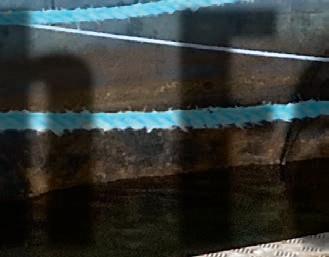










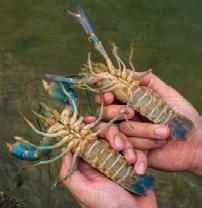






















THREE members of the governing SNP party rebelled in a debate over the Scottish government’s controversial proposals for Highly Protected Marine Areas (HPMAs), which would ban fishing and aquaculture in 10% of the country’s coastal waters.

The commitment to introducing HPMAs, in which virtually all commercial activity would be barred, was part of the SNP’s Bute House agreement with the Scottish Greens, which formed the basis for the SNP-Green coalition. The proposals have been met with alarm and hostility by many, however, in coastal communities, the fishing industry and aquaculture.
Debates on 2 and 3 May saw former Rural Affairs Secretary and SNP MSP Fergus Ewing dramatically rip up a copy of the HPMA proposals. Ultimately the government defeated a motion, brought by Conservative MSP Rachael Hamilton (Ettrick, Roxburgh and Berwickshire) calling for a complete rethink on the proposals.

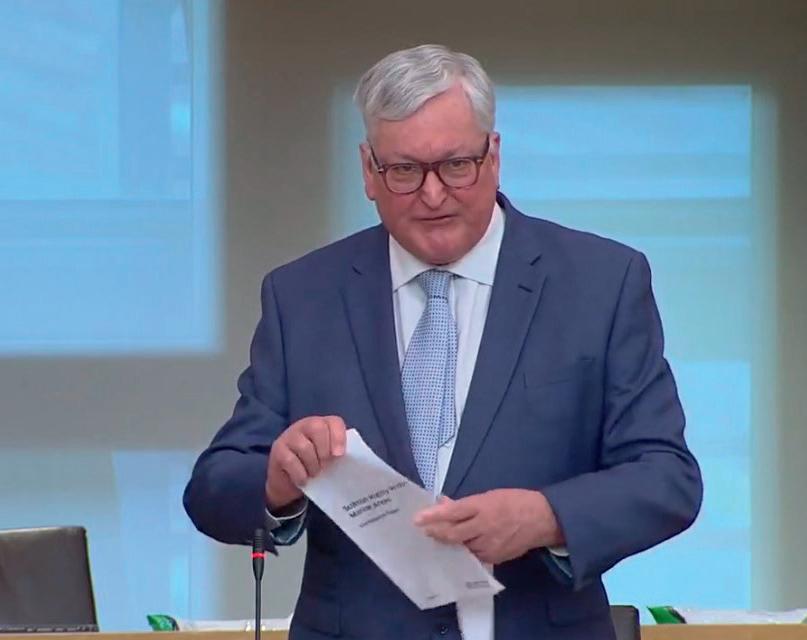
A government amendment neutralising the motion was passed by 61 votes to 55, but three SNP members representing coastal communities – Fergus Ewing, Kate Forbes and Alasdair Allan – voted against the government, and three more – Ash Regan, Christine Grahame and Annabelle Ewing – abstained.
Bringing the motion, Hamilton said: “The fishermen in those vulnerable, fragile, rural coastal communities need to be heard… we can stand behind these communities, go back to the drawing board and work with them, rather than against them, to protect our seas; or we can press ahead with these unevidenced, unwanted and hugely damaging plans.”
Defending the HPMA policy, Mairi McAllan, Cabinet Secretary for Net Zero and Just Transition, argued: “If we do not protect our seas, they will not be able to protect us for much longer.”
She pledged that the Scottish government was in the midst of a consultation process that asks about the principles of HPMA and stressed that it was necessary to deal with the climate emergency “…in a way that is fair, just and leaves no one and no community behind”.
Mairi Gougeon, Cabinet Secretary for Rural Affairs, Islands and Land Reform, said that a full economic impact assessment for islands and coastal communities could only be made once HPMA sites had been identified, but said: “HPMAs will have a role in helping to preserve our
natural capital on which our marine industries depend, and in safeguarding our marine environment for future generations to enjoy.”
Tavish Scott, Chief Executive of industry body Salmon Scotland, commented: “Following this week’s parliamentary debates, the government can be in no doubt about the strength of feeling about proposed HPMAs, which have simply not been thought through.
“Rarely has one policy united so many different sectors and communities across the Highlands and Islands in opposition.
“Ministers must do two things: keep the promise not to impose HPMAs on any community opposed to them; and bring forward revised proposals based on scientific evidence.
“Scottish salmon is a global success story – that is why the sector spent last week at the world’s largest seafood show in Barcelona as part of a Team Scotland approach that sells to many overseas markets.
“Exporting salmon is at the heart of the government’s sustainable blue economy vision, and this cannot be jeopardised by missing the opportunity of aquaculture investment here in Scotland.”
Consultation on the HPMA proposals closed on 17 April. Comments from a number of bodies such as the Scottish Fishermen’s Federation – which described the measures as “an exercise in government greenwashing” – have been highly negative.
Following the consultation, McAllan pledged that HPMAs would not be imposed on coastal communities against their will.
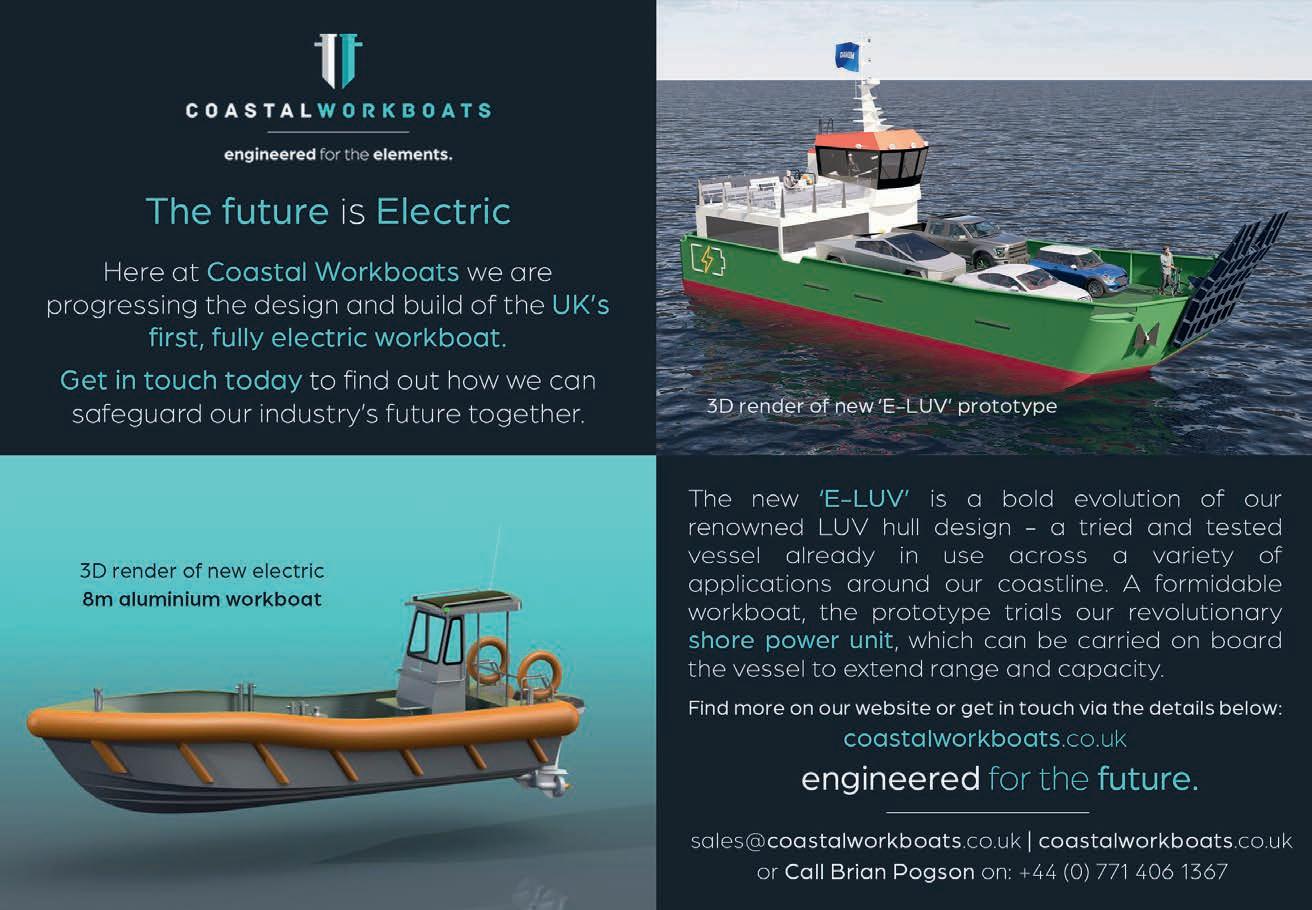
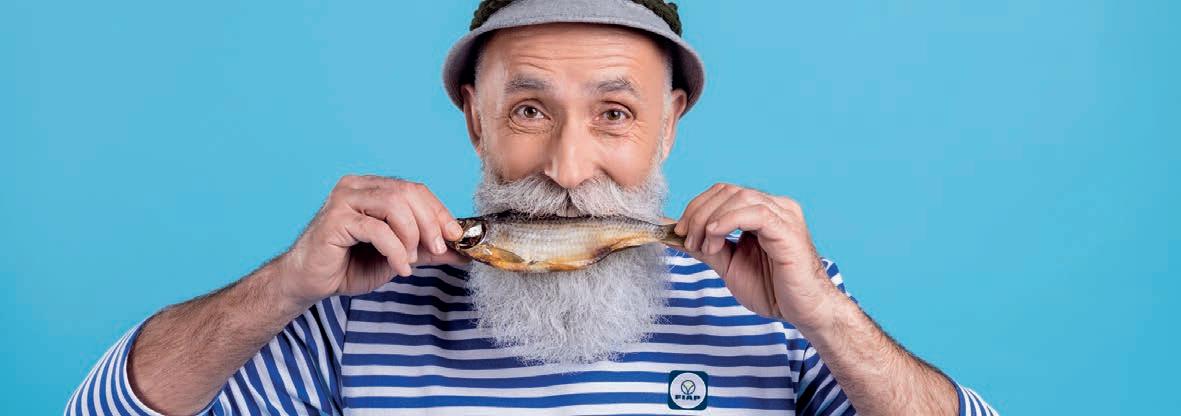









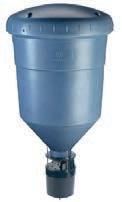

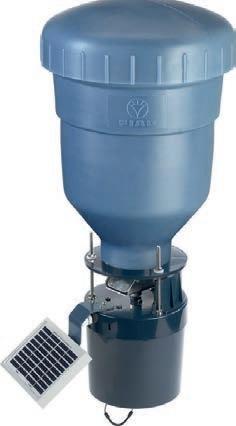









SEAWEED grown in Scotland could help to meet the demand for lithium-ion batteries as the world increasingly turns to electric vehicles, researchers in Glasgow believe.
Tailored alginates, a naturally occurring material found in brown seaweed, has the potential to be combined with silicon as an alternative to graphite, which is commonly used in the electrodes of lithium-ion batteries.
A team from the University of Glasgow’s School of Chemistry and private sector firm Marine Biopolymers recently received funding from the Industrial Biotechnology Innovation Centre (IBioIC) to investigate how alginates could be used in this field.
Silicon has been suggested as a viable alternative material for the battery anode and it can increase the charging capacity by up to 10 times. However, when used on its own, silicon expands and contracts each time the battery is cycled, eventually cracking and becoming damaged.This prototype combines silicon with the seaweed-derived alginate to improve the electrode’s elasticity and ability to store energy.
So far, a prototype the size of a typical watch battery has been created and tested by the researchers with very encouraging results.They are now keen to develop a larger-scale battery to test the technology at scale, proving that the seaweed alginates can be used to significantly boost charging capacity for a range of industrial and consumer products such as electric vehicles.
Professor Duncan Gregory, Chair in Inorganic Materials at the University of Glasgow’s School of Chemistry, said:“Battery technology is going to play a hugely important role in our transition away from fossil fuels. Electric vehicles, renewable energy production, national grids and other critical elements of a net-zero future will depend on having batteries that can store large amounts of energy in the smallest volumes possible and with extended lifetimes.
“As well as this, we need to find more sustainable production methods and ways to use naturally occurring materials as part of battery manufacturing.This project has been in the works for some time now and it is great to see initial positive results, combining the expertise from two key fields.”
Kirsty Neilson, Product Development Manager at Marine Biopolymers Limited, said:“This an exciting first venture into energy storage and we are hoping to be in a position to take a commercial solution to the market in the next three to five years. The new technology could underpin an entirely new supply chain and manufacturing market here in Scotland, and we have already had encouraging conversations with potential partners. It would be great to see seaweed species indigenous to Scottish coastal waters being used to power everyday electronics and technology in the future.”
STEWART Graham, Managing Director of aquaculture supplier Gael Force, has joined the board of industry body Salmon Scotland.
He was unanimously elected to the board at Salmon Scotland’s AGM in E dinburgh on 20 A pril.
Graham, founder of the Inverness-based Gael Force Group, brings 40 years of experience in the aquaculture and marine sectors and is a well-respected figure in Scotland and internationally.
Over those four decades, he has led Gael Force on a growth journey as a prominent supplier and manufacturer of robust aquaculture equipment, technology and services.
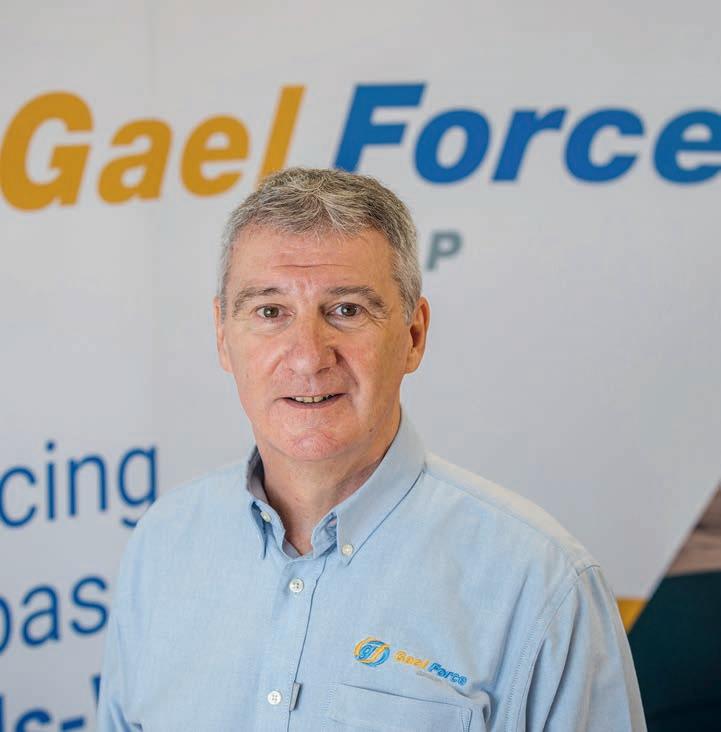
He is also credited with leading the initiative in 2016 to formalise a Vision for A quaculture to 2030, supported by the Scottish government, which led to the creation of an industry leadership group to drive progress in the sector.
He joins Hendrix Genetics’ Jarl van den Berg and Inverlussa’s Ben W ilson, who were appointed to the Salmon Scotland board in 2022, and the heads of the major Scottish salmon producers on the board of Salmon Scotland.
A tholl Duncan, Chair of Salmon Scotland, said: “Our farming companies couldn’t do what they do without the support of experienced supply chain companies such as Gael Force, so I’m particularly pleased that Stewart will bring his knowledge, experience and perspective from establishing and running one of the leading supply chain companies in the Scottish aquaculture sector…this time last year we opened up membership to salmon egg producers, support vessel owners, net manufacturers and technology and innovation companies, right through to secondary processors and hauliers.
“We’ve been blown away by the response from our new members and one year on we can say that we represent every part of the supply chain in every part of Scotland.”
MOWI Scotland has announced the summer schedule for its “Salmon Wagon”, which raises funds to support good causes at events throughout the country.
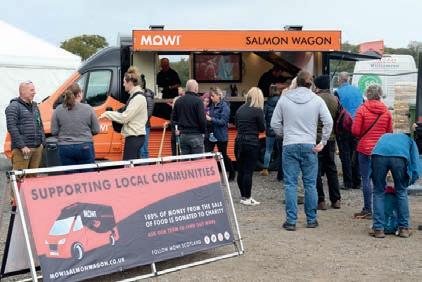


In summer 2023, the aquaculture leader’s Salmon Wagon is set to attend 10 major events from Rosyth to Kyle of Lochalsh, with stops at Achiltibuie,Appin, Benbecula, Isle of Harris, Isle of Skye, Kilchoan, Newtonmore and North Uist along the way.
The Wagon is stocked and staffed by Mowi and 100% of proceeds from the sale of food from the charity food truck will be used to support local causes.
Jayne MacKay, Community Engagement Officer at Mowi Scotland, said:“After the success of last year, we are excited to hit the road again to support another 10 brilliant events, which are vital social occasions for our local communities. From village galas, agricultural shows and Highland games to festivals, women’s shinty finals and fundraisers for RNLI lifeboat stations, we can’t wait to show our support for these gatherings, which forms a key part of Mowi’s commitment to help the communities we work in thrive.”
The calendar of events is shown below.
Date LocationEvent Supporting
Saturday 27 MayRosyth Rosyth Children’s Gala EATS Rosyth
Saturday 1 JulyAchiltibuieCoigach Gathering Coigach Community Trust
Friday 21 JulyKilchoan
West Ardnamurchan Show & Sports West Ardnamurchan Show & Sports
Tuesday 25 July Leverburgh, Isle of Harris South Harris Agricultural Show South Harris Agricultural Assoc.
Thursday 27 JulyNorth UistNorth Uist Show North Uist Agricultural Assoc.
Friday 28 July Liniclate, Benbecula Eilean Dorcha Festival Local community investment
Saturday 5 August Portree, Isle of Skye Skye Agricultural Show
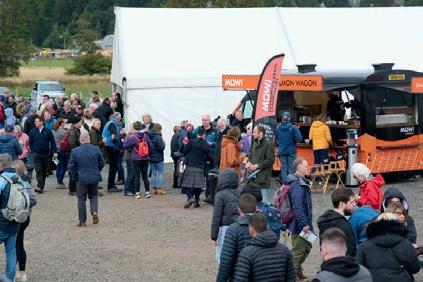
Saturday 19 AugustAppin
Appin Agricultural Show
Saturday 2 September Newtonmore Camanachd
Women’s Finals Day
Saturday 9 September Kyle of LochalshMaritime Day
To find out more, go online to www.mowisalmonwagon.co.uk
Portree & Bracadale Free Church / Skye
Agricultural Show
Argyll Beats Cardiovascular Disease
Camanachd Women’s Association
RNLI Kyle of Lochalsh

AQUACULTURE biotech company Benchmark Genetics has announced a major reorganisation of its leadership team, with a new leadership position created to develop its business worldwide.

Dr Morten Rye – who previously headed Genetics and Innovation – will take on a new senior role as Director, External Services and Global Strategies, expanding Benchmark Genetics’ provision of genetics services to the global aquaculture sector.This will include providing genomic tools and analysis, making Benchmark Genetics a one-stop shop for genetic services.
Dr Ross Houston will lead the technical

genetics team, succeeding Dr Rye as Director, Genetics and Innovation. As part of the role, Dr Houston will take primary responsibility for the internal breeding programmes and product development while also retaining his leadership of R&D for the company.






The genetics team has been reorganised, with new leadership positions for each of Benchmark’s five internal breeding programmes within Atlantic salmon, shrimp and tilapia, and for the key technical support and R&D teams.This includes molecular genetics, reproductive technologies and
trait development.
This new structure will optimise synergies across breeding programmes, Benchmark said, as well as innovation and implementation of the latest technologies.
Commenting on the management changes, Jan-Emil Johannessen, Head of Benchmark Genetics, said: “These changes reflect a successful succession of our senior leadership team and are targeted towards securing our world-leading position within the applied aquaculture genetics field.
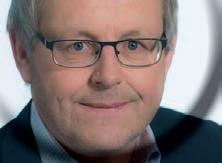
“We are confident that Ross and Morten will excel in their new roles, helping our team of over 25 expert geneticists to deliver genetic improvement to the aquaculture industry.”
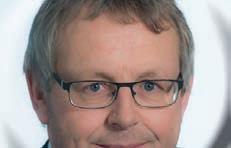
THREE Bakkafrost Scotland salmon farm sites have been awarded the prestigious Aquaculture Stewardship Council (ASC) certification.

Bakkafrost’s operations in Sgeir Dughall, Glennan Bay and Gob a Bharra have all received the certification. The company has also obtained ASC Chain of Custody certification for all three of its processing facilities on the west coast.
The ASC is the world’s leading certification scheme for farmed seafood, and the ASC label only appears on products from farms that have been independently assessed and certified as being environmentally and socially responsible.
Bakkafrost Scotland Managing Director Ian Laister said: “This is a major achievement for our sites and for our teams. ASC develops and manages some of the

strictest aquaculture standards.
“These standards include hundreds of requirements covering the potential impacts of aquaculture – including water quality, responsible sourcing of feed, disease prevention, animal welfare, the fair treatment and pay of workers, and maintaining positive relationships with neighbouring communities.
“The award is a testament to the commitment of our people and it is a significant first step in our journey towards further accreditation across the business in Scotland.”
With the addition of the latest sites, a total of 54 farms in the UK are now ASC-certified or in initial audit stages, covering finfish and shellfish species. That represents an increase of 207% since Q1, 2022.
“We are delighted that Bakkafrost Scotland




MOWI Scotland more than doubled its EBIT, or operating profit, during the first three months of this year, the international Mowi Group’s Q1 trading update shows.
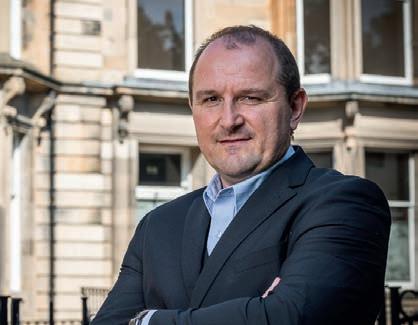
The Scottish division achieved an EBIT of €2.45 per kilo (£2.15) against €1 (£0.88) a year ago – the second highest in the group. Once again, Norway was the star performer with an EBIT per kilo of €3.75 (£3.31).
The Scotland harvest was 11,000 tonnes against 10,500 tonnes in Q1 2022.
On a global level, Mowi achieved an operating profit of €322m (£284m), up from €207m (£183m) during the first quarter of last year.
The global slaughter volume totalled
102,500 tonnes against 98,000 tonnes last year and higher than predicted a few weeks ago. Norway harvested 65,500 tonnes, up by around 6,000 tonnes.
Mowi update said the Chilean operation made an operating profit of €1.5 per kilo (£1.32), somewhat lower than expected
has been awarded ASC certification and is joining a growing community of farms in the UK that are working towards transforming responsible seafood farming for the future,” said Lorraine Gallagher, ASC Market Development Manager, UK and Ireland.
although higher than 12 months ago.
The Mowi Ireland harvest was, as expected, unchanged at 1,000 tonnes, while the operating profit on last year was also down at €1.70 per kilo (£1.50).
As with Scotland, Mowi Ireland experienced some biological issues last year, due in part to the exceptionally hot summer.
Mowi Canada produced a reduced of harvest 7,500 tonnes and a lower EBIT of €2.15 per kilo (£1.90).
The operating profit for Consumer Products was €37m (£32m) , while for the feed business the operating profit was €6m (£5.3m).
Benchmark Animal Health has entered an exclusive UK distribution agreement with STIM Scotland Ltd for the lice treatment Salmosan® Vet.
The agreement was signed on 28 March. Salmosan® Vet is a market-leading azamethiphos treatment for sea lice and one product within Benchmark’s Animal Health portfolio.The product is used throughout the global salmon industry for the control of pre-adult to adult stages of sea lice.
Benchmark said it was “…well recognised as a reliable, gentle and effective treatment option”.
Benchmark said: “STIM Scotland Ltd are professional distributors with a well-established and trusted network of delivery, which will ensure customers can access secure and consistent supply.”
Announcing the agreement, John Marshall, Head of Benchmark Animal Health, said: “At Benchmark, we are committed to helping customers manage the ongoing challenge of sea lice. Our exclusive agreement with STIM Scotland

offers us the opportunity to further support our customers in their use of Salmosan® Vet. I am confident this will have a positive impact on our customers’ operations.”
Campbell Morrison, Key Account Manager at STIM Scotland Ltd, added: “In the UK, as well as in Norway and
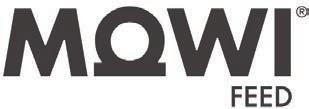

Mowi’s feed mill in Kyleakin on the Isle of Skye produces feed for salmon and trout at all lifecycle stages and for fresh and seawater environments.
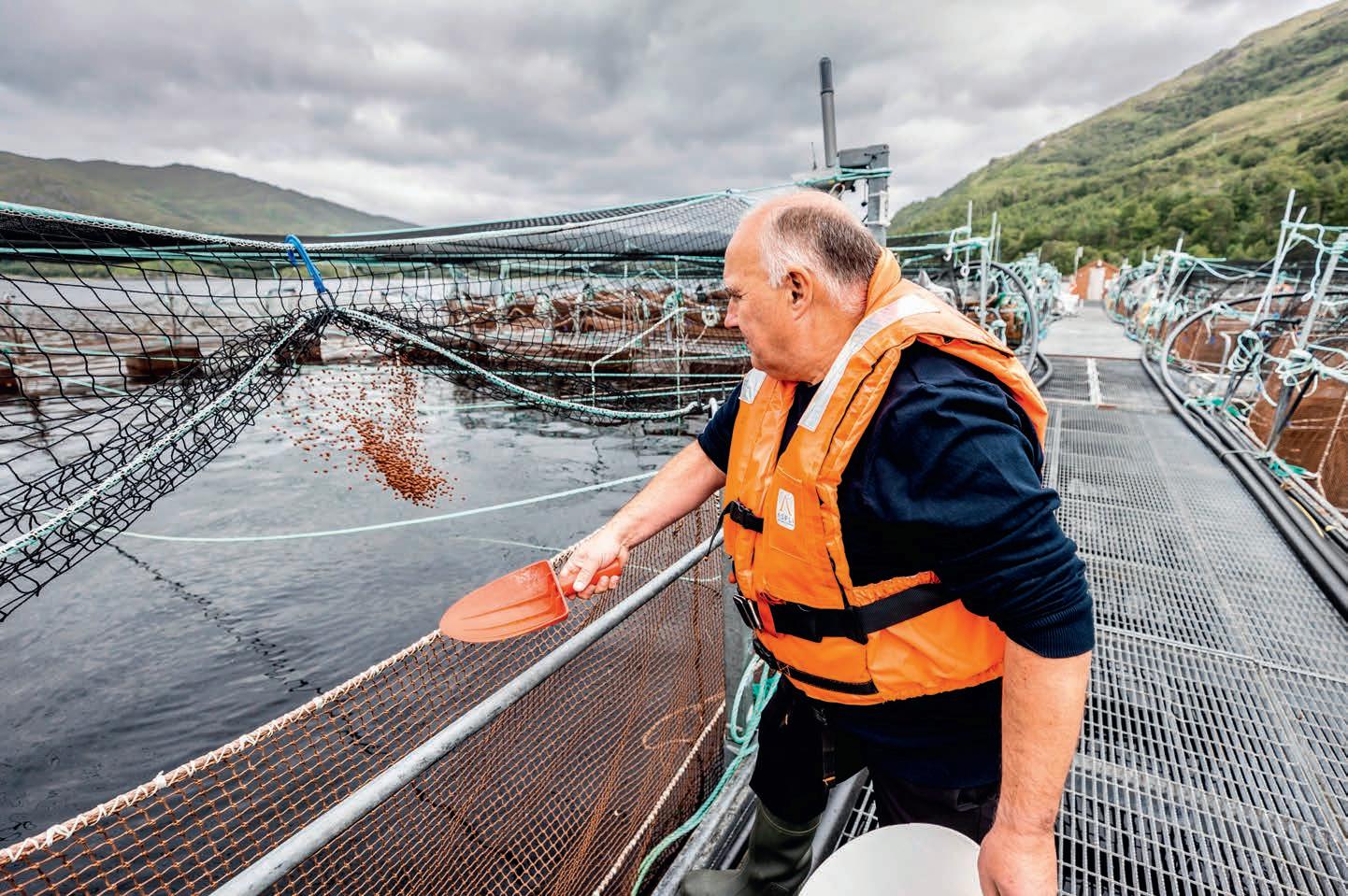
R&D is central to everything we do at Mowi Feed and ongoing field trials inform our approach to optimising raw materials, growth rates and animal robustness.
We have a robust policy on sustainability and all ingredients used in fish feed are traceable. Mowi also holds certifications for feed production according to the GlobalGAP CFM, Label Rouge and organic (Naturland and Soil Association) standards and we are already working towards gaining accreditation to the forthcoming ASC Fish Feed Standard. Mowi is regularly audited by many of the major European retailers and comply with the quality standards prescribed by a wide diversity of retail outlets.
We offer bulk deliveries using our own vessels and we can deliver in bags by sea or road transport.
To find out more contact: kyleakinfeedsales@mowi.com
+44 7817 099 334 www.mowi.com/sustainability/mowi-feed
Chile, STIM strives to supply a complete range of the most important fish health products available. Salmosan® Vet is certainly one of those and we are pleased to add the product to our growing product catalogue.”
Above: Salmon treatment Photo: Benchmarkuncertainty and unpredictability are avoided further down the line.
However, the Centre Party, which shares the government with Labour, has repeatedly rejected any idea of a Faroese system, arguing that it breaks the traditional Norwegian tax model and claiming a majority in parliament want what is being proposed.
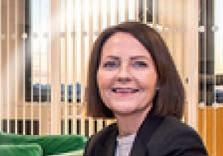

Seafood Norway (Sjømat Norge), representing the farming companies, said the government fundamentally lacked an understanding of how the value chain and the farming industry worked.
THE Norwegian business employers’ organisation NHO says the “ground rent” salmon tax plan should go back to the government for a fresh look.
It made the plea to Norway’s parliament, the Storting, during its finance committee’s open hearing about the tax.
The new tax bill, which mostly affects larger companies such as Mowi and SalMar, is now in force even though it had yet to be approved by the full parliament by the time this issue went to press.
NHO’s Deputy Managing Director, Anniken Hauglie, told the hearing: “We have one main message: The bill should
be sent back to the government for further investigation. And we request that the tax be postponed until 2024.”
She suggested the government should look at variants of the Faroese model or another profit-based scheme.

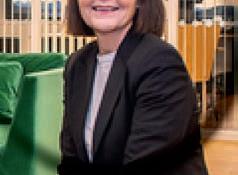
“It is important to take a step back to sit down with the industry and find an agreed solution,” she added, while stressing it is important that the Storting can come together on a broad settlement so that
“It is not about the industry not wanting to pay more in tax, but that the model will not work,” said Seafood Norway board member Line Ellingsen. She added: “It is about what kind of tax burden we can tolerate. There is a difference between producing fish along a value chain and using up the oil from the North Sea. Oil cannot die from viruses and oil cannot be moved.
THE value of the Irish seafood sector bounced back last year after the trials of Brexit and Covid lockdown, with farmed salmon leading the charge.

According to the latest GDP figure from the Republic’s seafood support body Bord Iascaigh Mhara (BIM), the seafood sector’s contribution totalled €1.3bn (just over £1.15bn) in 2022.
BIM said increased consumption higher prices and the reopening of the foodservice sector were the main drivers behind the revival.
The top-selling species on the Irish market during the year were salmon at €119m (£105m) and cod at €44m (£39m).
Organic salmon, an Irish speciality, was the top species produced by the aquaculture sector –accounting for 13,500 tonnes worth €124m (£109m), while Dublin Bay prawns were the country’s most valuable species landed by the fleet, accounting for 6,200 tonnes and worth €82m (£72.5m).
The farmed shellfish sector also performed well with positive growth recorded for oysters, and rope mussels increasing significantly in value.
Food and Agriculture Minister Charlie McConalogue said 2022 had brought new problems arising from the Ukraine conflict and soaring energy costs.
He continued: “Following from the economic shocks in 2020 and 2021 from the global pandemic and Brexit, 2022 brought with it a new set of challenges created largely by the war in Ukraine.
“This has seen energy prices rise to unprecedented levels and created a difficult trading environment for the whole seafood sector adding to challenges brought on by Brexit.”
GRIEG Seafood not only harvested fewer salmon during the first part of this year, it also saw a significant jump in its production costs.
Presenting its 2023 first-quarter trading update, the company announced a harvest of 15,350 tonnes against 16,900 tonnes over the same period last year. However, this output was higher than had been expected.
The harvest figures by region for the period were Rogaland, 7,500 tonnes and Finnmark 7,850 tonnes (both Norway).

There was no harvest from British Columbia this quarter.The company had announced last year that it was decommissioning its BC fish farms run by First Nations groups so they can determine what type of aquaculture they eventually want.The move was also part of an ongoing site restructuring plan. But it is the average production

cost per kilo that has attracted attention. In Finnmark, it was NOK 62.8 per kg (£4.76) and NOK 58.4 per kg (£4.43) against NOK 42 per kg (£3.19) in both areas this time last year, a jump of around 48% and 40% respectively.
Other salmon companies will almost certainly have experienced sharp increases in production costs to a greater or lesser degree over the past few months, notably for feed and energy.
The increased cost of production is one of the industry’s main arguments against the Norwegian government’s new salmon tax proposals. Grieg has already frozen some of its Norwegian investment plans.
Since selling its Scotland and Shetland business to Scottish Sea Farms in 2021, the company has concentrated its activities in Norway and Canada.




ANNUAL industry event the North Atlantic Seafood Forum (NASF) has entered a strategic partnership with the executive recruitment group Seafood People and investment firm Pareto Securities.
The agreement means Seafood People and Pareto will help assist the current management of NASF with further development of the programme, speakers and the technical implementation of the event.
NASF, based in Bergen, Norway, brings together senior figures from the seafood industry internationally, with aquaculture, catch fishing and the supply chain represented.
“We have just put behind us a very successful NASF event that is considered by many to be the best ever. The feedback we have received both from our sponsors and an almost fully subscribed list of participants has been just as good as we dared to hope for. However, the need for development is constant and NASF has therefore decided to enter into a partnership with Seafood People. Seafood People know the seafood industry very well and have a large network, and we believe they will add additional quality to NASF to develop programmes, find speakers and help make NASF an even better meeting place,” said Carl-Emil Kjølås Johannessen, Partner in Pareto Securities and Chairman of the Board of NASF.
Andre Akse, CEO of NASF, said: “The seafood industry is changing, and we want to change in line with our surroundings and thus ensure that we are attractive in perpetuity. Although the NASF is conceptually consistent, there is always potential for improvement. More hands, new thoughts and innovative concepts are always positive.”
LAND-BASED farming company Salmon Evolution issued a mortality alert last month after revealing that its new facility in Norway had been hit by biological issues.

In April, the company successfully raised half a billion kroner (around £40m) in a single afternoon, issuing 68,181,818 new shares in two tranches. It was soon fully subscribed and brought in a total of NOK 525m (around £40m).

The subscription price was NOK 7.70, but the share price at the end of trading after the first day closed at NOK 8.34 (£0.64) which meant the issue was priced at a discount of 7.7%.
But in an operational update on the Oslo stock exchange two weeks later, Salmon Evolution said it was experiencing increased mortality levels in selected fish groups at its new Indre Harøy facility, which were likely to lead to harvest delays.
It said: “As per 29 April 2023, the aggregated mortality level for each batch ranges from 0.3–7.9%.
“The reason for the increased mortality is relating to gill health, suspected to be caused by external pathogens.”
The company is investigating the root cause and taking precautionary steps to mitigate the situation, including increased UV treatment levels on intake water.
It added: “The facility is otherwise operating under stable conditions with relevant water quality parameters at normal levels.”
Summarising the problems, Salmon Evolution said: “Batch 2: Current biomass is estimated to be more than 800 tonnes (LW) with an average weight of approximately 4kg (LW).
“Harvesting is planned to commence shortly with the full batch expected to be harvested by early June at the latest.
“Batch 3: Currently split into two fish groups with an average weight of around 1.6 kg (LW). One of the fish groups is currently experiencing increased mortality.
“Batch 4: Currently split into two fish groups. Low accumulated mortality, but at increased levels for the smallest group.
“Batch 5: Normal feeding and low mortality levels.”
It now plans to stock five additional batches this year of which the next two batches are planned to be stocked during Q2.
The statement concluded: “Depending on the future performance of the existing batches and any potential decisions to commence early harvest at suboptimal weights, expected timing for Phase 1 steady-state production volume may be delayed from late Q3 2023 to late Q4 2023.”
A Finnish biotech startup that aims to produce fungus-based protein for animal and aquafeed has raised €11m (£9.7m) in its latest funding round.
The capital-raising exercise for eniferBio was led by aquaculture investment fund Aqua-Spark alongside Tesi (Finnish Industry Investment), with Valio, Voima Ventures and Nordic Foodtech VC also joining the round.
With the freshly raised funding, the company will begin to scale up the production of its PEKILO® mycoprotein powder to thousands of tonnes per year and seek Novel Food approval from the EU and other markets.
PEKILO® is a fungus that, through a special fermentation process, can produce a dried powder rich in protein and has a vast variety of usage, such as pet food and aquafeed. The process was originally developed by forestry industry scientists in the 1960s in Finland to produce cost-efficient animal feed protein from side streams of the pulp and paper industry.
Using the same, yet enhanced, proprietary technology and fermentation process, eniferBio can upcycle byproducts from diverse agri-, food- and forest industry processes into its PEKILO® mycoprotein, which consists of up to 70% protein, 20-30% of goodquality fibre, about 10% of fats and minerals, and has a high concentration of vitamin B. The production process is efficient, uses very little water, doesn’t require large land areas and doesn’t cause eutrophication like traditional agriculture.
CEO and co-founder of eniferBio Simo Ellilä said: “We are extremely excited to have our new investors, Aqua-Spark, Tesi, and Valio, join us on our mission to feed the world with sustainable protein. Together they put a huge amount of new sector-specific knowhow and networks at our disposal. We’re also glad to see our longterm backers, Nordic Foodtech VC and Voima Ventures, double down on their bets and show their continued support for our vision.”
Lissy Smit, CEO of Aqua-Spark, said: “Greening aquaculture feed by eliminating our reliance on wild ingredients and reducing our footprint is one of our biggest priorities in getting to a more sustainable aquaculture industry. eniferBio’s alternative feed ingredient serves as a replacement for soy in aquafeed. It significantly reduces land and water usage. Furthermore, early trials suggest that it has the potential to improve growth performance and immune response in fish.”
eniferBio already has ongoing partnerships with big global companies in the feed and food industries, such as Skretting, the global aquafeed division of Nutreco, Purina for pet food, and Valio for consumer food products. Its next big phase includes developing products fit for consumers through collaboration with Valio, a brand leader in Finland and a major player in the international dairy ingredients market.
A capital-raising exercise by Norwegian cod farmer Norcod has exceeded expectations, the company said last month.

The share issue took the form of a private placement and such was the high level of interest, the size was increased to allow for an allocation of 6,349,612 offer shares at a subscription price of NOK 30 per offer Share, raising gross proceeds of almost NOK 190.5m (£14.7m).
The original figure was between NOK 125m and NOK 175m (£10m to £13.5m).
The net proceeds from the placement will be used to increase biomass in accordance with the company’s production plan and to develop two new locations and for general corporate purposes.
Norcod had earlier issued a first-quarter trading update reporting that it had harvested 3,362 tonnes, whole fish equivalent (WFE), between January and March this year.
The biomass at sea at the end of March was 4,279 tonnes – equivalent to 5,384,000 individual fish.
It has been a difficult period for the company, in which it had to bring forward harvesting in a number of cages because spawning cod had been discovered.
This order, said Norcod, led to significant pressure on its operating expenses and cash flows.
TWO Norwegian salmon farming companies, SalMar and Måsøval, released 2023 first-quarter harvest trading updates last month, showing differing fortunes.
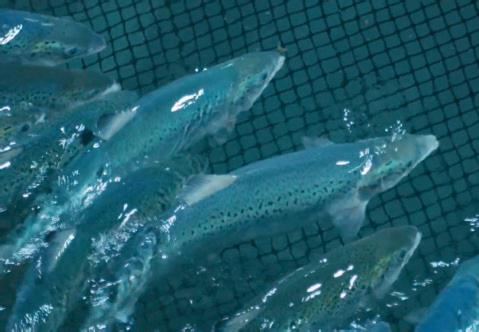
SalMar recorded a slight increase, slaughtering 48,500 tonnes during the January to March period, from 45,000 tonnes in the same period last year.
Some 42,000 tonnes came from its Norwegian farms, while 6,600 tonnes were slaughtered at its Icelandic Salmon operations. Firstquarter harvests are usually lower than those during the rest of the year due to various winter-related issues.
SalMar has hugely expanded its salmon ownership following
the acquisition of the NTS group, which includes Norway Royal Salmon and SalmoNor, late last year.
As a result, the company has indicated that it expects to harvest 243,000 tonnes from Norway (plus 16,100 tonnes from Iceland) this year against 193,700 tonnes for the whole of 2022.
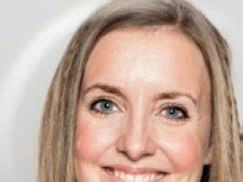
Meanwhile, Måsøval’s slaughter volume came to 1,994 tonnes gutted weight against 3,284 tonnes this time last year.
The company is based on the island of Frøya at the far end of the Trøndelag coast.
It also has facilities in the neighbouring municipality of Hitra, and from Levanger in the north to Ørsta in the south.
HEART health in farmed salmon can be signifi cantly improved by changing production methods, according to new research by a team at Norway’s NMBU Veterinary College.
The NMBU study shows that reduced intensity in the hatchery stage can lead to better heart shape and function in farmed salmon. Heart disorders and circulatory disorders are often observed in connection with mortality after stressful interventions, and varying degrees of abnormal heart shape are also often reported in farmed salmon.
Led by Professor Ida Beitnes Johansen, a concentrated research effort is now underway to uncover causal relationships and possible measures that can ensure good heart health for the salmon. Called the Helsmolt project, it is a collaborative effort also involving the Institute of Marine Research and other groups.
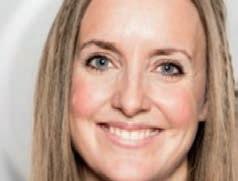
The main aim is to fi nd out whether production conditions in the freshwater phase can be the cause of developing morphological abnormalities in the heart.
FHF, the semi government body set up to develop knowledge for the Norwegian seafood sector, said the results showed that intensive smolt production where the fi sh run at higher temperatures is associated with several deviations in the heart shape.
It explained: “Conversely, a slower production at lower temperatures produced fewer morphological deviations and resulted in the salmon [developing] hearts that are more similar to the wild salmon heart.
“The results also showed that abnormal heart morphology in intensively produced smolts is associated with accelerated stiffening of the heart’s main chamber (ventricle) and the bulbus muscle, which can be linked to symptoms of disease and reduced heart function later in life.
“There is, therefore, reason to believe that rapid smolt production increases the risk of heart disease in Norwegian farmed salmon and that this contributes to increased mortality in salmon approaching slaughter.”


THE world’s largest, and probably most environmentally friendly dedicated power plant for wellboats has been officially opened on the island of Hitra near Trondheim, Norway.
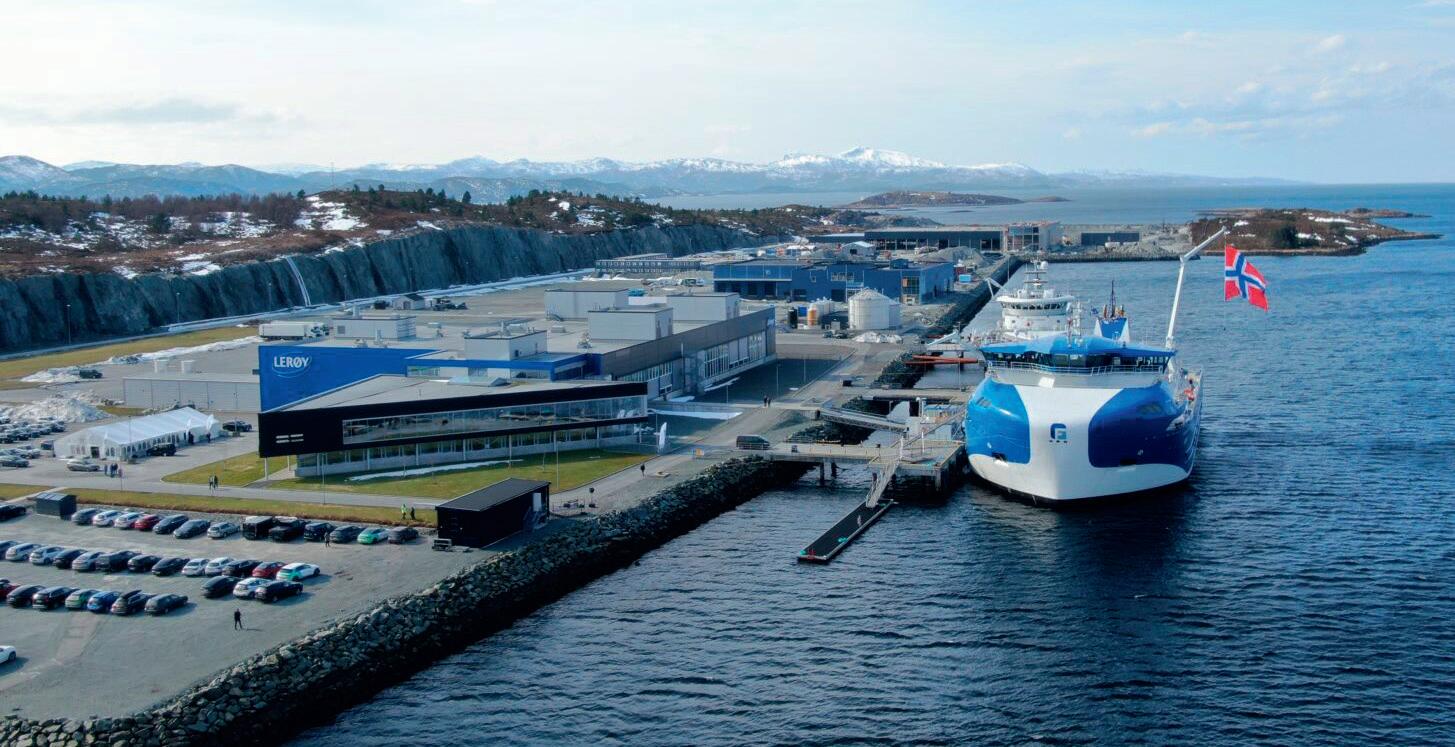
The ceremony also marked the inauguration of two new wellboats for the Leroy Seafood Group’s Midt operation, which has a nearby salmon plant.
The power plant means that vessels can discharge their fish for slaughter without the engines running, hugely reducing CO2 emissions.
The vessels are able to operate solely on electricity while handling more than 1,000 tonnes of live fish per hour.
Svein Olav Munkeby, Executive Director of NTE Marked AS, which designed and built the plant, told the broadcaster NRK that as diesel vessels of this type use up 1,000 litres of fuel per hour, the CO2 reductions could total 50,000kg per day or several thousand tonnes annually.
The Frøy-supplied vessels are named Kristiansund and Gåsø Høvding, with the latter equipped with several new solutions and thought to be the world’s largest.
The project is the result of a close collaboration between Lerøy Midt, Frøy ASA and NTE.
Harald Larssen, General Manager at Lerøy Midt, said: “This investment is one of many measures we are taking to achieve the company’s goal of reducing climate emissions by 46% by 2030.”
Jakob Hæhre Krogsrud, Marketing Manager at NTE, described it as a ground-breaking project, adding: “The new shore facility for wellboats is the largest of its kind in the aquaculture industry and I am convinced that it is an important step on the way to a greener industry.”
Andreas Moe, Regional Operations Director at Frøy ASA, said: “The fact that we can use shore power instead of diesel for such large and energy-intensive operations is worth its weight in gold for both for the environment and the whole seafood industry.”
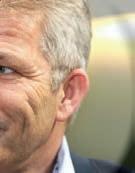
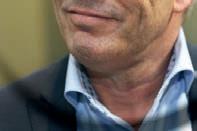
PLANS to move fish farming further out to sea off the Norwegian coast have moved a big step forward.
The Norwegian Directorate of Fisheries has opened a new consultation to assess views on the potential impact of offshore aquaculture on the environment in the three areas already set out late last year by the Directorate. The deadline for comments is 24 May.
The Directorate has proposed three possible areas: one in the north, the second off central Norway and the third in the south, which is directly across from the north Scottish coast.
Originally 11 areas were proposed, but eight have been temporarily set aside until further information becomes available. Offshore fish farming is seen as one of the next major developments in aquaculture.
Companies such as SalMar began preparing for this expansion
over two years ago when it commissioned its Ocean Farm 1 platform. It has now teamed up with Aker in a joint venture, SalMar Aker Ocean, which is planning global offshore developments.
Norwegian Fisheries Minister Bjørnar Skjæran said recently “at sea” fish farming would be of great importance for future value creation in the industry.
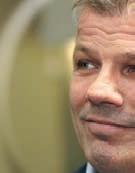
He added: “We are keeping up the pace with developing a separate licensing regime for offshore aquaculture, while at the same time facilitating further growth in an industry that already brings great value to the community.”
Faroese fish farmer Bakkafrost has also indicated that it could move into offshore salmon aquaculture in future.


NORDIC Halibut AS has reported that it achieved a record high average sales price of N O K 169 per kilo (£12.91) during the first quarter of this year.
This represents a year-on-year increase of 26% for the prime white fish, which is particularly popular in high-end restaurants.
The company told investors it was experiencing “…a growing willingness to pay and acceptance for farmed halibut in key markets, as awareness of the product’s outstanding qualities and attributes continues to rise”.
The announcement said: “Exports of farmed halibut from Norway in Q1 2023 achieved approximately 50% higher prices compared to wild catches.
“During the period, Nordic Halibut harvested 224 tonnes of heads on gutted (HOG) halibut, with an average harvest weight of 5.9kg. Some 75% of the volume harvested was above 50kg [per fish].
“The company capitalised on favourable market conditions and utilised biomass at harvestable size to optimise revenue.”
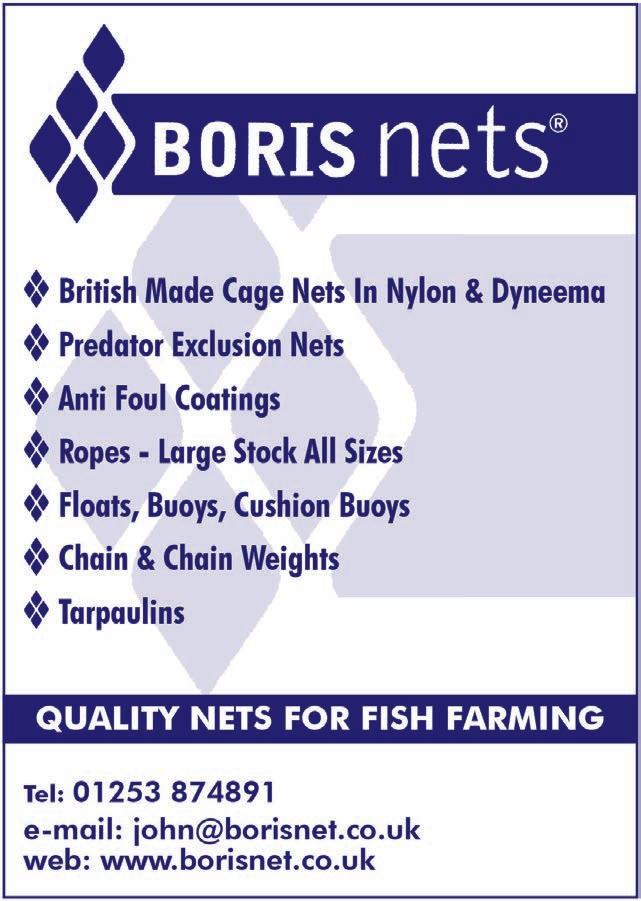
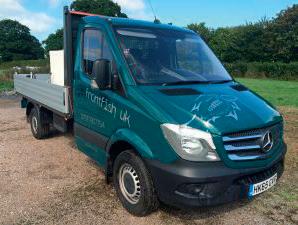
Total revenues ended at NOK 38m (around £3m) during the quarter. Nordic Halibut said it was continuously seeking to maximise the use of its harvestable biomass in order to create a strong market presence and achieve optimised prices.
The statement went on: “The sales prices for larger-sized halibut, specifically those sold at 7–9kg and 9kg-plus, are notably higher, ending at NOK 188 per kg and NOK 203 per kg, respectively in Q1 2023.

“According to the strategic harvest plan for 2023, harvest volumes will decrease in Q2 to ensure optimal biomass utilisation towards the second half of 2023.”
In 2023, Nordic Halibut will release one million fish to sea –equivalent to the growth phase 1 production target of 5,000 tonnes (4,500 tonnes HOG) harvest in 2026.
“The company reiterates the harvest volume guiding for 2023 at 1,200 tonnes (1,080 tonnes HOG).”
and keep the parent company and its subsidiaries integrated, and in turn keep its headquarters in Galicia.
“The agreement makes it possible to integrate Nueva Pescanova into one of the main marine protein family companies in the world.”
It is thought Nueva Pescanova will keep its main base in Vigo, northern Spain after any deal.

Cooke involvement would help expand Nueva Pescanova’s operations and generate new investments in Galicia, Spain, Abanca said.
Nueva Pescanova is involved in fishing, aquaculture , processing and marketing of seafood employing around 12,000 people.
COOKE Seafood looked poised to acquire a majority stake in the large Spanish fishing, processing and aquaculture company Nueva Pescanova, as Fish Farmer went to press. If the deal goes ahead, it will be Cooke’s fourth major acquisition in less than 12 months.
Cooke has yet to make a comment on the move, but it is reported to have reached a deal which would give it 80% of the share capital in the business, with Nueva Pescanova retaining 60%.
Neuva Pescanova is owned by the Spanish bank Abanca which has been
seeking an investor for some time.
Rumours of Canada based Cooke Seafood’s interest in the company surfaced around the start of the year.
Abanca confi rmed it had entered exclusive talks with the Canadian giant regarding a sale.
It has not revealed how much is involved but Abanca said in a recent statement it would justify a future Nueva Pescanova valuation at around 800 million euros (£707m).




Abanca president Juan Carlos Escotet Rodríguez said: “Since 2015 we have made a considerable effort to safeguard the company’s viability
More recently it became embroiled in a row over a plan to open an octopus farm in the Canary Islands after marine scientists claimed they have a high level of intelligence.
The US is one country planning to ban intensive octopus farming, but Nueva Pescanova has denied the creatures would suffer.
Cooke, led by CEO Glenn Cooke, has been on an impressive growth march over the past year, acquiring the Tasmanian salmon company Tassal, Europe’s largest shrimp and prawn processor, Morubel NV and the large US seafood distributor Slade Gorton. It also owns a salmon farming operation in Orkney and Shetland.





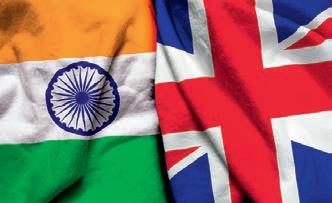
BRITAIN and India have signed a landmark scientific research agreement which includes work on tackling a number of aquaculture related issues.
The memorandum of understanding, signed at the House of Commons on 27 April, is aimed at enabling quicker, deeper collaboration on science between the two science powerhouses that will drive economic growth, create skilled jobs and improve lives in the UK, India, and worldwide.
The £3.3m UK funding will be matched by India.

It includes a study into the use of cutting edge UK tech to spot diseases in shrimp aquaculture, in which India is a major player, and a partnership using UK know-how to detect harmful algal blooms.
There is also funding for ten new UK-India fishery-related research fellowships, while some environmental projects should also benefit.
The collaborative activities carried out under the



memorandum will be supported by joint funding agreed by both sides, with finances for each programme determined between the UK and India on a case-by-case basis.
George Freeman, Minister of State for the new Department for Science, Innovation and Technology said: “India is rapidly building on its phenomenal software and innovation sectors to become a global powerhouse in science and technology.

“With our extensive trading and cultural links, shared democratic values and interest in urgent global issues from green technology and agri-tech to biosecurity and pandemic preparedness, we have very strong platforms for deepening research collaboration.
He added: “Today’s agreement is part of our program of deepening UK collaboration with other global science superpowers on ground-breaking innovation and research, to help tackle shared global challenges. This partnership will grow the sectors, companies and jobs of tomorrow for the benefit of both our countries and the globe.”


MARINE conservation organisation the Sustainable Fisheries Partnership has signed a memorandum of understanding with the Aquaculture Stewardship Council, setting out an agreement to work together to help promote sustainable seafood practices.
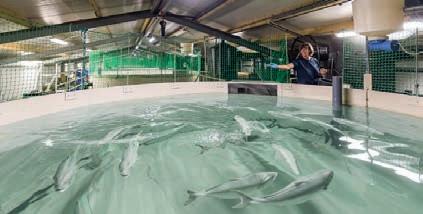
The memorandum was signed in Barcelona at the Seafood Expo Global trade show. Under the agreement, ASC and SFP have pledged to build on work already carried out on data sharing and aligning information systems. ASC and SFP are currently building a work plan for the next steps of the collaboration.
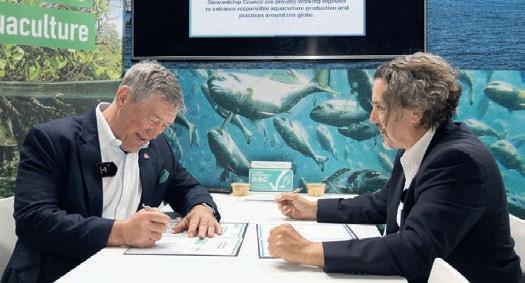
Chris Ninnes, ASC CEO, said: “We are excited to explore new ways of collaborating with SFP who we have a longstanding and successful history of partnership for many years. By working together on scaling our efforts in the aquaculture improvement space, enhancing the sustainability of the reduction fisheries sector based on ASC Feed Standard requirements and coordinating our market engagement efforts, we aim to leverage our shared work with farmers, feed suppliers and other stakeholders.”
SFP founder and Chief Executive Jim Cannon said: “Our collaboration is a powerful opportunity to increase sustainable aquaculture production. With the ASC, we can innovate and enhance the scope of aquaculture improvement projects so that more producers can improve practices, more government regulators can strengthen governance, and more buyers can find meaningful ways to engage and support improvements.”
ASC runs one of the world’s leading certification schemes for farmed seafood. A key project for the near future is ASC’s Improver Programme to help producers who cannot currently achieve certification improve their farming practices and performance and reach a level that meets certification requirements. ASC and SFP plan to develop a process designating stepwise improvements across at least four impact area modules (water quality, disease management, feed and effluent). Together, the organisations will also look into developing a framework to track progress. ASC and SFP also intend to work together on sustainability and reducing the ecological footprint of aquaculture feed and production.
THE Kingfish Company achieved record production results last year despite several external political and economic challenges, CEO Vincent Erenst (pictured) has told shareholders in the company’s 2022 annual report.
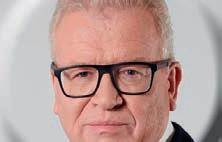
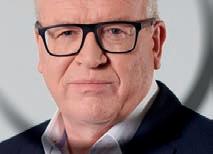
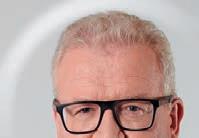
The company also saw sales of its yellowtail up while bringing its Netherlands Phase 2 facilities close to completion and making major progress with its Maine, USA project.

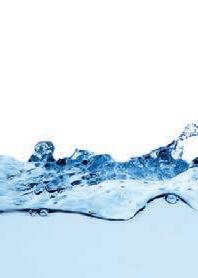
Sales for the year increased by 81%, reaching €18.7m (approximately £16m).
Erenst, who took over as CEO in February this year said:“Last year we achieved a new production record of 1,511 tons of growth and sector leading productivity of 0.75 kg/m 3/day.
“Productivity further increased with the third generation of fingerlings showing improved growth resulting in increased harvest size.
“Mortality levels remained low and there were no mass mortality events.The Phase 2 hatchery is nearly complete with a successful start
of operations in Q1 of 2023.”



He said Kingfish was able to almost doubled output and sales, while the average sales price per kg increased by 15%.
“Market demand for high value Dutch yellowtail is strong in both Europe and the United States, with products being sold in 21 countries by high end foodservice distributors and leading retailers such as Whole Foods, Conad and Auchan,” he added.
Last December the operation in Maine, USA obtained the local building permit from the Jonesport Planning Board and is now fully permitted by Local, State and Federal regulatory agencies.
Broodstock was successfully shipped to the US and the fingerlings that were already shipped there were doing well with a first harvest planned for this summer.
Highlights for the first quarter this year include :


• Record sales in Q1 2023 with €5.6m (£4.9m)
revenue up 55% compared with Q1 last year.
• Average revenue/kg at €15.1, up €0.6/kg vs. Q4 2022, driven by solid demand and larger size fish.


• Steady production of 421 tons, and consistent sector leading productivity at 0.86 kg/m3 per day growth.

• Netherlands Phase 2 hatchery in operation since January. Grow-out facility nearing completion and will be commissioned in tranches from May till Sept 2023.
• US Maine first sale of trial batch of locally produced fish. Broodstock shipments from Netherlands completed.

• Sales volume up 18% year on year to 375 tons. Solid demand in all markets, both in food service and retail, driven by high product quality and customer satisfaction.








•
•
•
ATLANTIC Sapphire chairman Johan Andreassen has spoken of “a challenging year” as the company announced it had reduced its losses by more than half during 2022.
The land-based land salmon farmer, situated in Miami, Florida, reported a net loss of US $65m (£52.4m), down from $133m (£107.1) in 2021.
Revenues were up by $2.1m to $19m (£15.3m) on a harvest of 2,253 tonnes (heads on gutted), 121 tonnes less than for last year.
The company said slaughter volumes should increase greatly as a result of stable operations this year when the harvest should start producing 9,500 tonnes of its Bluehouse salmon in annual slaughter volumes.
Atlantic Sapphire has attracted significant investment recently, raising $55m (£44.3m) through a private placement on the Oslo Stock Exchange.
Chairman Andreassen said in the company’s 2022 annual report that Atlantic Sapphire had been faced with unforeseen setbacks and had missed its production and financial targets for the year.
“We decided to re-focus all our efforts from rapid growth to delivering profitability in our Phase 1 Bluehouse first, fixing issues that have impacted our fish negatively,” he said.
“These efforts have improved fish welfare and reduced operational risk, setting the stage for good biological performance in 2023.”
He outlined the most important operational improvements in 2022 as:
• A full review and “reset” of the Ongrowing RAS systems, particularly the biofilters, to minimize the risk of sedimentation and anoxic areas. This also included installation of 100+ new camera inspection points to identify and tackle potential risks early on.
• The commissioning of a new chiller system, the so-called “chiller bank”, which decreases operational risk, achieves significant financial savings and allows us to maintain lower and more stable water temperatures.
• A new ozone system that has improved water clarity and reduced nutrient load.
• Changes to the nutrition of the salmon that have had a positive effect on fillet colour.
• Changes to organisational structure and protocols.
• Additional tank lights installed across all systems to enhance appetite and mitigate maturation.
Andreassen said despite challenges, 2022 also brought a lot of positive developments as the company continued to mature.
“Our freshwater systems are consistently performing in line with the
best smolt producers in the world.
“Our filleting line was installed and commissioned leading to increased quality control, yields and cost savings once we are at scale.
“With several years of experience running our Bluehouse, first in Denmark and then in the US, we know how much it costs to operate the facility and have executed on many cost saving opportunities.
“More have been identified for 2023. In Atlantic Sapphire, operational costs are generally fixed in nature, with feed being the notable exception.”
The company had reduced fixed costs, achieved better pricing and, most importantly, increased feeding and thereby production. This will lower the cost per kilo of salmon produced, he stressed.
Concluding, Andreassen said: “In the bigger picture, the macro drivers behind our vision are more relevant than ever. Topics such as climate risk, global warming, GHG emissions, ocean acidification, effects on wild species, political risk and local food security have all become the centre of attention for our stakeholders.
“This gives us additional confidence that we’re doing the right thing. Similarly, on the consumer side, our brand awareness and its positive impact continued to increase, as Bluehouse Salmon has become ‘Friend of the Sea’ certified, and has earned the Seal of Approval from Parent Tested Parent Approved (PTPA).
“After a year with considerable heavy-lifting on the operational side, we are seeing improvements in the key parameters that will lead to higher productivity, fish health and product quality. We’re excited about what 2023 will bring.”
A trio of investment bodies has put capital into Vietnamese shrimp farming technology business Tepbac. Netherlands-based global aquaculture investment fund Aqua-Spark, global agrifood tech VC AgFunder, and Vietnamfocused VC fund Son Tech Investment have teamed up to invest an undisclosed sum in Tepbac, which supplies shrimp farmers with IoT (Internet of Things)-enabled hardware and a data-based platform to manage their farms digitally.

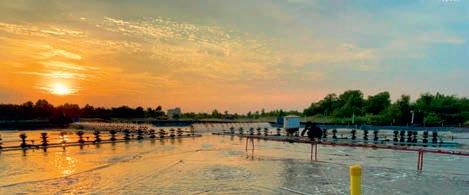
Founded by Phong Tran, whose family has farmed shrimp for over 25 years, Tepbac began as a media company and has grown into one of the leading aquaculture news websites globally.
Now, the company is focused on digitising shrimp farming with the mission to help shrimp farmers perform better, resulting in better quality of life. Its primary innovations include “Envisor,” a remote water cleaning and monitoring device which keeps track of water conditions such as pH, oxygen, temperature, and salinity. Phong also built the framework for the Farmext mobile app, which provides farmers with software and hardware to help automate farming operations.
“I started Tepbac to help shrimp farmers, first in Vietnam, and later around the world,” says Lam Nguyen, Co-founder of Tepbac. “With better tools, increased production and improved quality, we can develop a more sustainable global aquaculture industry. ”
To date,Tepbac is serving 1,500 farms, with its clientele ranging from small and large-scale farmers, to shrimp processing plants and the government.With this infusion of funding,Tepbac will scale its suite of technologies, which are known to reduce risk, simplify farming operations, and save costs, enabling better farming decision-making and quality of life. Already,Tepbac has proven valuable for farmers, the company said, reducing costs by 20% and increasing profits by 30%.
Lissy Smit, CEO of Aqua-Spark, said: “With Vietnam’s focus on increasing sustainable production of aquaculture and the limited number of aquatech companies currently serving the Vietnamese,Tepbac is uniquely positioned to digitise aquaculture while solving pain points along the way.Tepbac’s platform... has incredible potential to improve market access for small farmers and enable more sustainable practices, all while growing and protecting one of the largest shrimp markets in the world.”

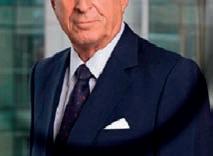
JORGE Fernández Valdés, one of the pioneers of salmon farming in Chile, has died at the age of 85.

He had been involved with Chile’s seafood sector since the 1960s and went onto establish the salmon farming company Salmones Camanchaca a decade or two later which developed into a powerful force in the South American aquaculture industry.
He acquired 100% of the shares in Camanchaca, then mainly a fishing company, around 1980, partnering in the business with his friend Francisco Correa.

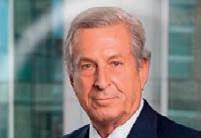
Together they set off on a seafood adventure which brought them into aquaculture, which was still a minor activity in South America, setting up some of the country’s first salmon farms. The
business grew rapidly.
Jorge Fernández Valdés later listed the company on the Santiago Stock Exchange in Chile which led to the opening of the Salmones Camanchaca subsidiary in 2018. He later resigned as Camanchaca president and was succeeded in the position by his eldest son Jorge Fernández García.
Ricardo García Holtz, general manager of Camanchaca, said: “He was a great man, with tenacity, vision and righteous action… an entrepreneur who knew how to take risks and challenges, and generate confidence in those who followed him.”
OHAD Maiman, founder and former CEO of yellowtail producer The Kingfish Company, has taken on a new senior aquaculture role. He has been appointed Chairman of the board of the Israeli high tech company BioFishency, which specialises in electro-chemical and biological filter technology treatments for RAS (recirculating aquaculture systems) plants.
Maiman stepped down as head of The Kingfish Company last November. He is currently the founder and Managing partner of AquaFounders Capital, an investment business focused on the landbased aquaculture sector. Under his leadership,The Kingfish Company became one of the world’s flagship RAS producers with the development of land-based
COOKE Seafood has urged the Nova Scotia provincial legislature to move forward with its plans for aquaculture development.
During the 2021 election campaign, the Progressive Conservatives said they wanted to introduce “coastal mapping” for fi nfi sh aquaculture, effectively introducing a Norwegian-style “traffi c light” system which would rate sites as green, yellow or red depending on their suitability for fi sh farming. The party won the election.
Last month, the provincial government imposed what many effectively see as a moratorium on further fi sh farm development (with the exception of shellfi sh and seaweed) until carries out the process of classifying coastal areas.
growth in Nova Scotia for several years, yet the demand from families for fresh, nutritious, affordable food has risen dramatically.
“In our view, there are only a handful of Nova Scotia locations with marine conditions suitable for fi nfi sh farming, so expansion of sites will be reasonable and adhere to the strict Aquaculture Regulations and Environmental Monitoring Program Framework.
“Salmon farming generates CAN $2bn [£1.19bn] in total economic output annually in Atlantic Canada, $213.5m [£127m] in Nova Scotia. Salmon farming created 8,000 jobs in Atlantic Canada, 886 of those in Nova Scotia.
yellowtail operations first in the Netherlands, and now the United States.
BioFishency CEO Michael Isakov said: “Ohad brings unrivalled business acumen in founding and leading landbased aquaculture initiatives, matched with an unprecedented track record in his knowledge and understanding of the sector.
“Working closely with Ohad will result in faster than anticipated success for BioFishency in our outreach to new target markets, while achieving the company’s aggressive goals.”

Explaining his move, Maiman said: “BioFishency’s innovative water treatment solutions, their in-depth understanding of market requirements, and the company’s skilled and professional team, prompted my decision to get on board.”
But that could take three years or more, however, and many in the industry believe that is too long.

Cooke, says it has been responsibly operating Atlantic salmon farm sites for 25 years along Nova Scotia’s Southern and Western shores, adding that fi nfi sh aquaculture and the lobster fi shery have co-existed in the province for decades under existing environmental compliance criteria.
The company adds: “There has been very modest aquaculture


Cooke says it purchases $51.5m [£30.7m] of goods and services from 309 local suppliers located across the province each year.
“Cooke has 400 employees in Nova Scotia and would like to grow our workforce, support small and medium business suppliers, and continue to contribute to coastal communities where we operate.”
The company urges: “We encourage the Nova Scotia government to move forward on aquaculture development as seen in New Brunswick, Prince Edward Island and Newfoundland.”
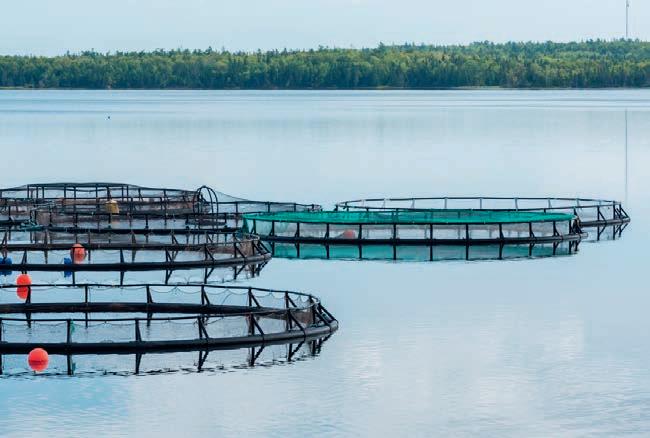
Today, its products have a global reach including the US, Europe and the Far East.
The company said: “Ever since its inception, Vikenco has been a good example of how hard work and the will to think big pays off.
“The development from the simple conditions in 1973 to today’s hypermodern factory with 250 employees has been formidable, and after SalMar bought 51% of the shares in 2010, all arrows have pointed upwards.”
Turnover quadrupled in the first 10 years, but the most dramatic rise occurred after 2020 when it has risen by NOK 1bn year (£76m) and now stands at more than NOK 4bn (£304m).
NORWEGIAN salmon farmer Vikenco has celebrated 50 years in business with the opening of its expanded factory, slaughterhouse and processing facility. Company Chief Per Olav Mevold said the expansion would allow the business to increase turnover to NOK 10bn (£760m a year).

Among the leading industry guests at the opening ceremony was SalMar founder
Gustav Witzøe who is Chairman of the Board at Vikenco. SalMar became involved with the business in 2010.
Founded in 1973, initially as a whitefish and shrimp business, Vikenco went into salmon farming, then a relatively minor activity, that same year.
The company is based on Aukra Island, north of Alesund, and is recognised as one of the pioneers in salmon farming.
THE MOWI salmon brand has expanded into a new category – the ready-to-cook, added-value sector with the launch of MOWI Bistro Bakes. A range of four oven-ready salmon recipes are now available in various UK retailers, including Sainsbury’s and Asda stores nationwide.
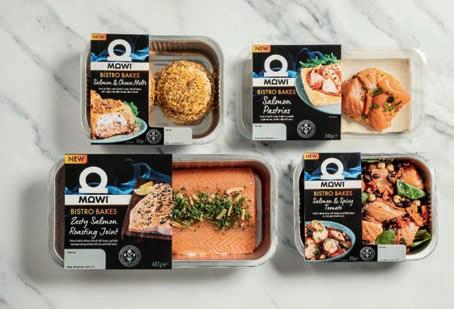
Mowi said its new recipes would take the hard work out of preparing delicious meals for a special occasion. This will appeal to consumers who are feeling the pinch of the cost-of-living crisis and are therefore looking to recreate a restaurant experience at home.
Mowi’s brand research found that 50% of Brits dine out less often than before the cost-of-living crisis, leading 71% to follow recipes in a bid to cook the perfect meal. Unfortunately, 70% are disappointed with their efforts.
Speaking about the launch, Robin Brown, Head of Development at Mowi Consumer Products UK, said: “Our research shows that the cost-of-living crisis is continuing to hit households. With half of us unable to dine out as often as before, and nearly three-quarters of us feeling disappointed by our efforts following new recipes, I think
Mevold said current growth plans would see the size of the workforce rise to around 400.
there is an opportunity to make fine dining at home a little easier for people wanting a special meal.
“That’s why we’re launching MOWI Bistro Bakes; a range of oven-ready chilled meals showcasing the best of Scottish salmon, which can be cooked to perfection by anyone in less than half an hour.”
The MOWI Bistro Bakes range of products includes:
• Salmon Pastries: Succulent Scottish salmon pieces on a rich red pepper mousse and a burst of sweet roasted tomatoes, on light puff pastry;
• Salmon & Cheese Melts: Lightly smoked Scottish salmon rounds with a soft cheese and lemon melt;
• Salmon & Spicy Tomato Bake: Pieces of Scottish salmon with chickpeas and black beans; and
• Zesty Salmon Roasting Joint: Prime Scottish salmon joint with a lemon marinade, topped with zest and parsley.
Brown added: “Nobody wants to spend ages in the kitchen only to be left disappointed so we’re making it simple. We are making the sauces by hand, we are preparing the puff pastry, salmon, toppings and ingredients so it is literally oven-ready... a meal created by Mowi chefs, but without the restaurant price tag.”
“Hard work and the will to think big pays off ”
CORNISH family-run seafood business Ideal Foods Ltd has been honoured with the King’s Award for Enterprise for International Trade.
Ideal Foods is one of 148 organisations nationally and 16 in the South West to be recognised with a prestigious King’s Award for Enterprise.
The award scheme was founded 57 years ago as the Queen’s Award for Enterprise and it confers the right to use the esteemed Awards emblem for the next five years.
Ideal Foods, whose head office is located in Liskeard, Cornwall, has more than 20 years of international trading experience within the seafood sector. The company exports fish, shellfish and fish byproducts to customers in more than 40 countries worldwide, specifically in the Far East, Europe and the US.
Ideal Foods employs 40 staff across four main business locations, including two fish-processing factories and a cold store located in Grimsby, where Managing Director Tony Horner grew up and learned his trade.
Over the past 15 years, the company has seen consistent year-on -ear growth and this year the company has announced another record year with turnover increasing to £22.4m. This equates to 18,396 tonnes of fish sold, 80% of which was sold and exported overseas.
Tony Horner, Managing Director of Ideal Foods, commented: “As Managing Director of Ideal Foods, it gives me immense pride to see our company honoured in this way.
“We are fortunate to have a wonderful team of committed, hard-working and high-achieving staff, and each and every one of our workforce has contributed to our international sales success.”

SIA Karavela, one of the largest canned fish producers in Northern Europe, has unveiled the new brand identity of Larsen canned fish range for distribution in Germany. This rebranding includes a new brand concept based on consumer behaviour studies.
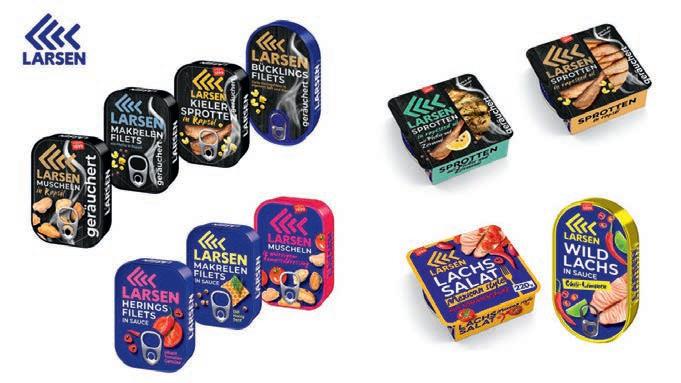
Karavela’s Marketing Manager, Rolands Romanovskis, said: “In times like these, when inflation has soared to never-before-seen levels, customers tend to cut back on inessential purchases and move on to cheaper options to increase their
buying power.
“What has come as a surprise is the notion that consumers feel that with the increase in prices the quality of branded products themselves has started to noticeably deteriorate.
Karavela has chosen not to pursue this road and we are dedicated to provide the highest-quality products for the fairest prices.”
Karavela said its commitment to quality was proven by the launch of the products packaged in transparent lid cans that put the contents of the can on display.
The 24th edition of Europe’s largest commercial marine and workboat exhibition, is a proven platform to build business networks.
Seawork delivers an international audience of visitors supported by our trusted partners.
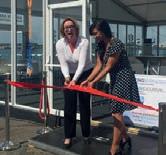
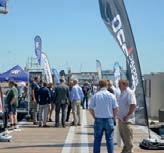
Seawork is the meeting place for the commercial marine and workboat sector.
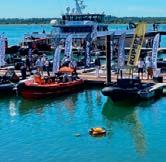
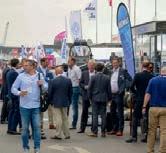
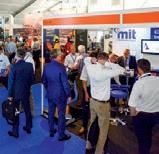

JUNE 2023 Southampton United Kingdom 13 15 TO
12,000m2 of undercover halls feature 500 exhibitors with over 70 vessels, floating plant and equipment on the quayside and pontoons.
Speed@Seawork on Monday 12 June at the Royal Yacht Squadron in Cowes offers a sector specific event for fast vessels operating at high speed for security interventions and Search & Rescue.
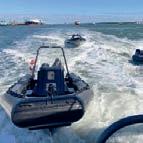
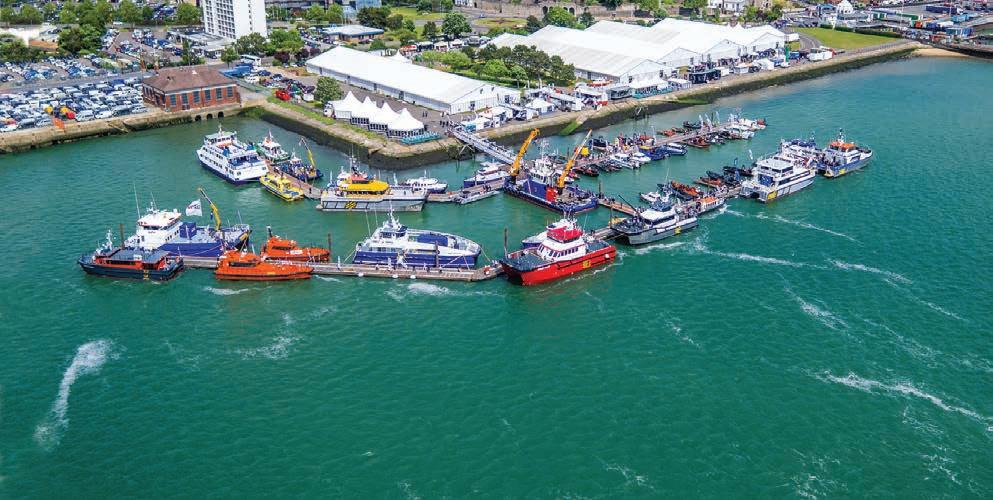
The European Commercial Marine Awards (ECMAs) and Innovations Showcase.

The Conference programme, chaired by industry experts, helps visitors to keep up to date with the latest challenges and emerging opportunities.
The Careers & Training Day on Thursday 15 June 2023 delivers a programme focused on careers in the commercial marine industry. For more information visit: seawork.com contact:
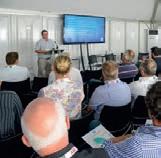
Hopes that consumers will pay a premium for land-based Icelandic salmon may be ill-founded.
By Dr Martin Jaffa
At the end of March, I attended a workshop in London organised by the Icelandic Embassy and the Fishmongers’ Company. This delved into the experience and prospects for land-based aquaculture in Iceland.
The programme covered four areas: the development of land-based farming in Iceland; the suitability of Iceland for landbased farming; consumer expectations, especially about welfare; and, finally, the potential for production of high-quality products.
The programme also included presentations from leading Icelandic companies already engaged in land-based production or in its development. It did rather seem from these presentations that this meeting was somewhat akin to an investor forum. However, if this was the intention, my impression was that these companies would be disappointed. The audience was far from the city types that might be expected from the meeting’s location. Instead, the 40-strong audience was very mixed.
Most surprising was the strong presence of representatives of the UK’s wild fisheries sector, including the Chairman of WildFish, formerly Salmon and Trout Conservation, three members of the Atlantic Salmon Trust (AST) and one from the Missing Salmon Alliance. I can only imagine that the motivation for their attendance was to learn about land-based farming. However, the type of land-based farming presented at this meeting is likely to be uniquely Icelandic because the flow-through systems they use rely on water pumped through, and filtered by, Iceland’s volcanic lava fields.
The fact that representatives of the Scottish wild fisheries sector were in the room was an opportunity that I could not miss. I tried to speak to the Chairman of Wild Fish asking why they were so reluctant to talk and he suggested that he was not the person I should be asking and walked off. I had a slightly longer conversation with people from the AST, but they are so entrenched in the idea that salmon farming impacts wild fish that they are unwilling to consider the science that shows otherwise. I suspect that the reason that the wild fish sector came to the meeting was to be able to say that land-based farming works in Iceland, so it should work in Scotland too.
Above right: Bárðarbunga eruption at the Holuhraun fissures, Central Highlands, Iceland
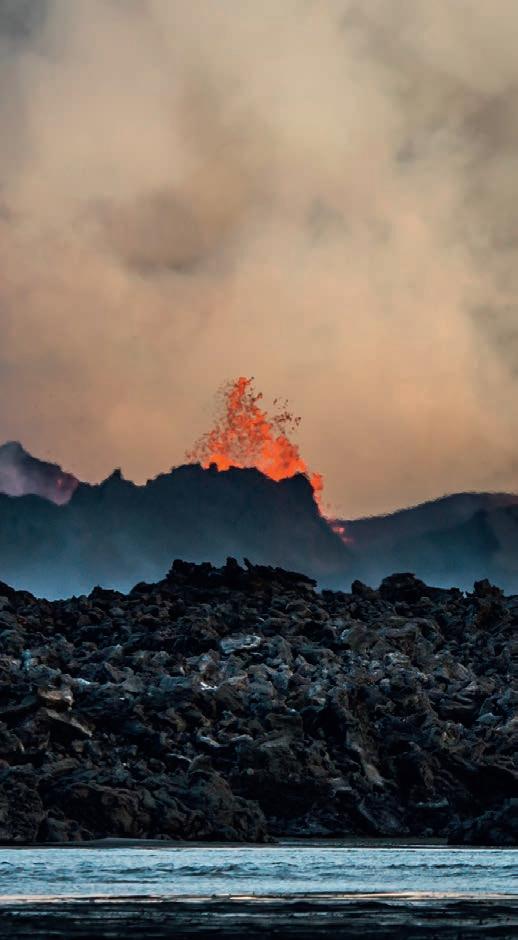
Far right: Retailers’ labelling suggests Atlantic salmon from different countries are viewed as interchangeable
Below: Samherji’s proposed land-based farm, Reykjanes, Iceland
However, it seems that the main reason why land-based farming is even being pursued in Iceland is because of the continual criticism from the wild fisheries sector there, which wrongly claims that salmon farming is negatively impacting wild fish. Earlier in March, the Icelandic-based North Atlantic Salmon Fund (NASF) held its annual meeting in Reykjavik and this provided a platform for speaker after speaker to highlight the supposed negative impacts of salmon farming. The meeting ended with an Icelandic government minister expressing regret that they had not clamped down on net-pen salmon farming sooner. It seems to be the Icelandic government’s current view that has encouraged the development of land-based
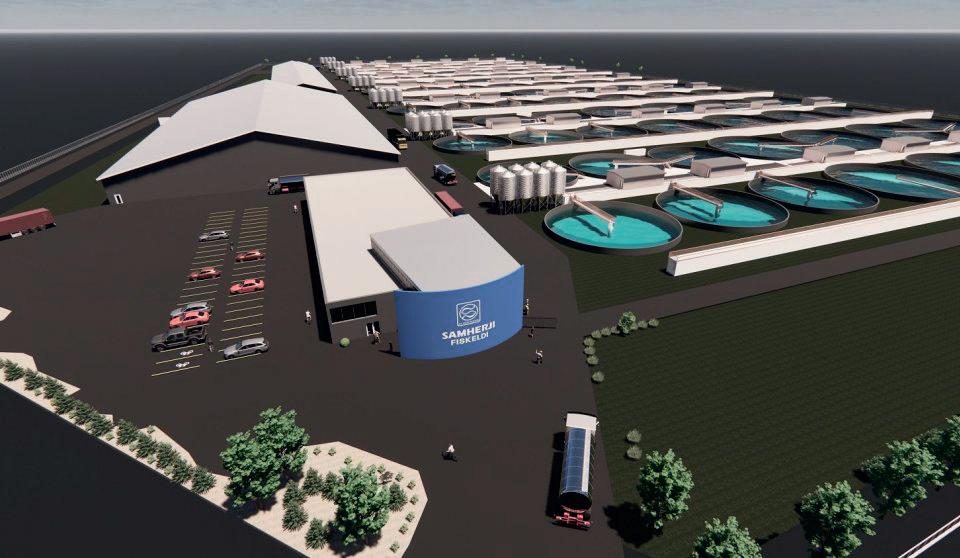
farming there. Earlier, a government policymaker on aquaculture had related to the meeting how when he was much younger, he had regularly gone salmon fishing with NASF founder Orri Vigfússon!
One member of the audience from Iceland asked the panel of speakers whether their land-based farming developments were being driven by the technology or by the consumer. This somewhat flummoxed the panel, who seemed more intent on promoting the technology than the finished product. To me, this was made apparent by the fact that the subsequent lunch did not feature Icelandic fish (or any fish, for that matter).
The impression I gained was that most of these land-based developments were taking place in response to criticism of the established industry and the misplaced belief not only that landbased farming would solve the issues, but also that consumers would preferentially buy “more environmentally friendly” fish and pay more for it. This view was supported by market research undertaken by the
would generate a premium in addition to that for more environmentally friendly fish. Although I would mention that these recent developments are not the first time that land-based farming using lava rock filtration has been tried in Iceland because I went to visit one that was under construction back in 1988. Needless to say, it didn’t prove to be a success. There were also a handful of people from the fish processing and retail sectors at the meeting. Someone with experience of the marketplace suggested that those promoting the idea of creating an image for Icelandic salmon and Arctic char based on land-based farming might be disappointed because it was unlikely that consumers would respond favourably to such an image. Instead, they might end up more confused because land-based farming is probably an alien concept for consumers, who are largely unconcerned whether the fish they buy are even farmed.
For me, their research was overridden by a marketing message that I have repeatedly encountered: that what consumers say and what consumers do are two totally different things. My own long-term view is that consumers are unlikely to pay a premium for fish produced on land or from any specific origin.


The reality is that whilst the meeting was taking place, salmon was being sold in the UK that was listed as being farmed in Scotland, Norway or Iceland, at an identical price. Even cod and haddock from Iceland sold in UK retail outlets are interchangeable with cod and haddock from Norway. Origin is not a primary factor in why consumers buy fish, so they are unlikely to pay more for one over the other.
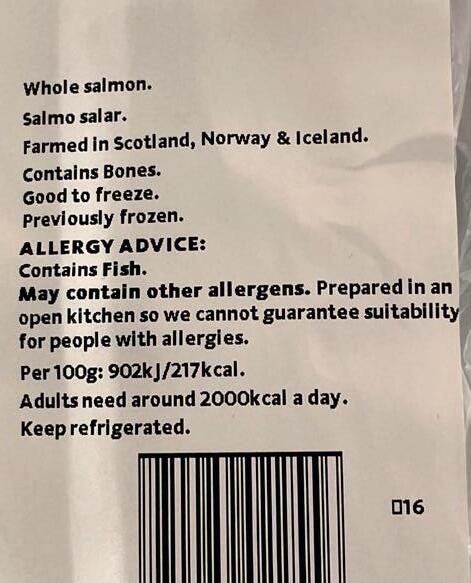

As a passionate advocate of salmon farming, I feel that the event focused on the wrong issues. The rationale for farming any species is about producing products that consumers want. Icelandic land-based
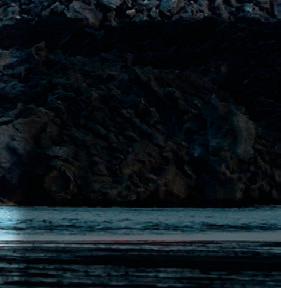
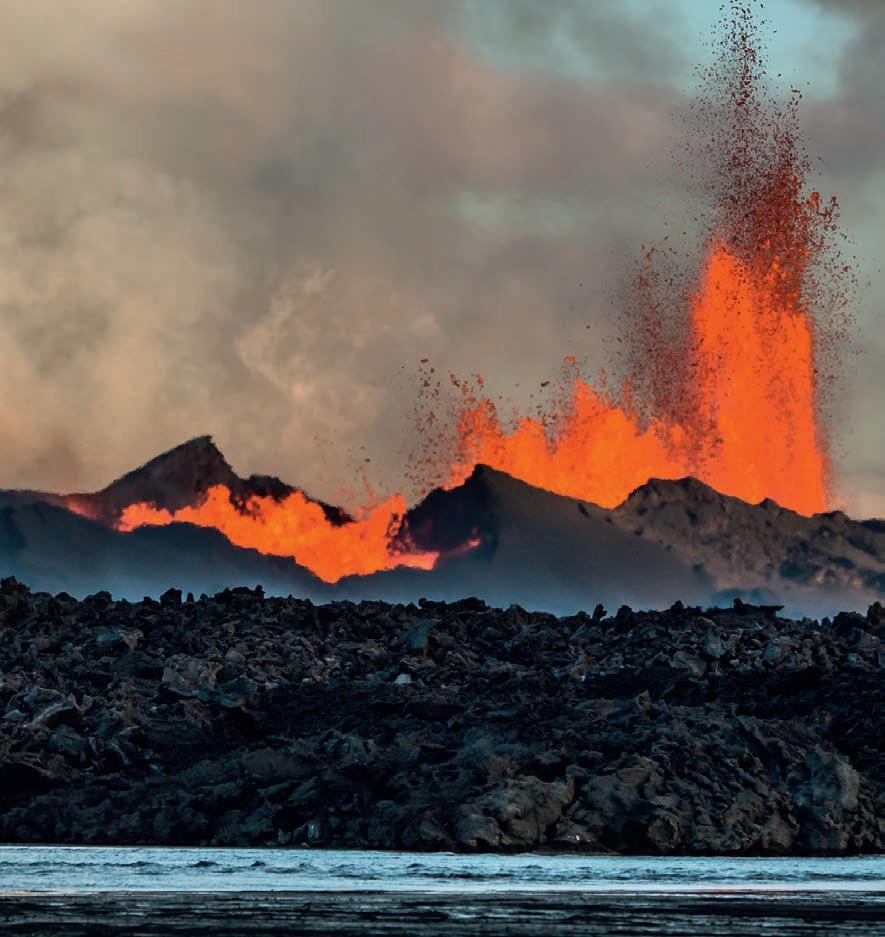
The panel… seemed more intent on promoting the technology than the finished product
”World leading electric underwater robotics Saab Seaeye saabseaeye.com
As I wrote this, the Salmon Scotland team were preparing for the Expo in Barcelona where we were getting ready to showcase our unrivalled product to the world. With our sector under a constant challenge from our Scandinavian rivals, and also Ireland which is eyeing up a fivefold increase in production, it is more important than ever to highlight the success and quality of Scottish salmon.
We have used Barcelona as an opportunity to unveil an ambitious European growth plan for our premium “Label Rouge” salmon to further enhance Scotland’s international reputation for food and drink.
Label Rouge Scottish salmon carries a quality mark that recognises it as the best in the world, becoming the first non-French product to be awarded the accolade 30 years ago.

It currently accounts for 12% of Scottish salmon exports and we want to increase this to 15% by 2026.
Label Rouge is not just a brand for our farmers – its higher value means higher revenues, which support the Scottish economy, fund public services, help rural communities thrive and create jobs. But progress like this will be held back if governments at home impose barriers on our growth.
And that’s precisely what the Scottish government’s controversial proposal to establish Highly Protected Marine Areas (HPMAs) risks doing.
As part of the so-called Bute House Agreement with the Scottish Green Party, 10% of coastal waters around Scotland would be closed to human activity.
Many fear that this government, and its Green contingent in particular, is increasingly indifferent to the struggles of rural life.
New First Minister Humza Yousaf would do well to listen to the concerns of his colleague Fergus Ewing, who urged him not to listen to the “wine bar revolutionaries” in the Scottish Greens.
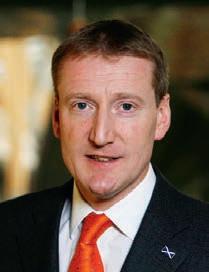
HPMAs are strongly opposed by local communities, councils, fisheries, aquaculture and other marine users.
Quite simply, this proposal could put thousands of jobs at risk and undermine the government’s vision of a “blue economy”.
It runs counter to policies aimed at promoting food security and boosting international trade.
And when official figures show that population numbers in coastal and rural areas are already falling off a cliff, do we really want to exacerbate this crisis?
The fewer opportunities people have to earn a living in these communities, the less likely they will be to stay there.
The HPMAs appear to be nothing more than a sop to keep the Greens in government rather than a genuine attempt to improve the health of our seas.
The fact that there is no scientific justification for the proposals nor evidence they will work
only adds insult to injury.
We support proposals that can improve Scotland’s marine environment, but banning responsible sea use is not the answer.
One in three salmon farms already operate responsibly in Marine Protected Areas (MPAs), which cover 37% of Scottish waters.
Many of these MPAs were designated after the farms had already been established in the area.
We are yet to see any explanation as to why aquaculture cannot coexist within HPMAs as it already does with marine protected areas.
We know that in large parts of Scotland, the salmon farm at the end of the lane and the people it employs are what keep local schools and shops open.
We are part of a global success story that now delivers a £760m boost for the Scottish economy.
That includes a direct economic contribution of £303m in gross value added (GVA), up nearly a fifth on pre-pandemic levels, with the supply chain further supporting 10,000 jobs in every part of Scotland.
Scottish salmon is the best in the world and our farming companies stand ready to make the investment that Scotland so desperately needs as the economic storm clouds gather.
If the government’s proposals force salmon farmers out of marine areas, business will lose confidence and turn their attention to our Scandinavian competitors.
That means Scotland losing out on good, well-paid jobs and investment.
This could have a knock-on effect on the wider economy, as businesses that rely on the
sector, such as restaurants and food retailers, are forced to look abroad for their supply.
The Scottish government needs to prioritise evidence-based policies that protect both the environment and the livelihoods of hard-working Scots.
We need a thorough independent review of how science has been used to establish the policy and a balanced consideration of all the pressures on the marine environment.
The current HPMAs proposal is ill-advised, ill-considered and illjudged. It risks irreparable harm to our coastal communities and the Scottish economy.
The Edinburgh administration must base its decisions on evidence, science and facts – not perception, politics and pandering to campaign groups that are funded to attack the sector.
We need to be doing everything we can to support sustainable business growth, not putting up unnecessary barriers that will only lead to economic decline.
The Scottish government has long been supportive of farm-raised salmon and we want that positive relationship to continue.
Rather than implementing a blanket ban, it should work with Scotland’s fishermen and salmon farmers to promote the responsible use of our marine resources.
Scottish salmon and Scottish seafood is the best in the world, but HPMAs risk this global success story.
The government proposal is at an early stage and a public consultation has just closed.
We have shared our response with ministers and MSPs and urge them to listen.
By the time I return to Seafood Expo Global in Barcelona next year, we will know what the Scottish government has in store for our island communities.
We will continue to do whatever we can to ensure there is a proper balance between the need to safeguard our oceans in a way that also enables the sustainable growth of our vital Scottish salmon sector.
See Salmon Scotland’s response to the HPMA consultation in full at www.salmonscotland.co.uk/news/press-release/scottish-governmenturged-to-prioritise-jobs-over-politics-with-proposed-marine
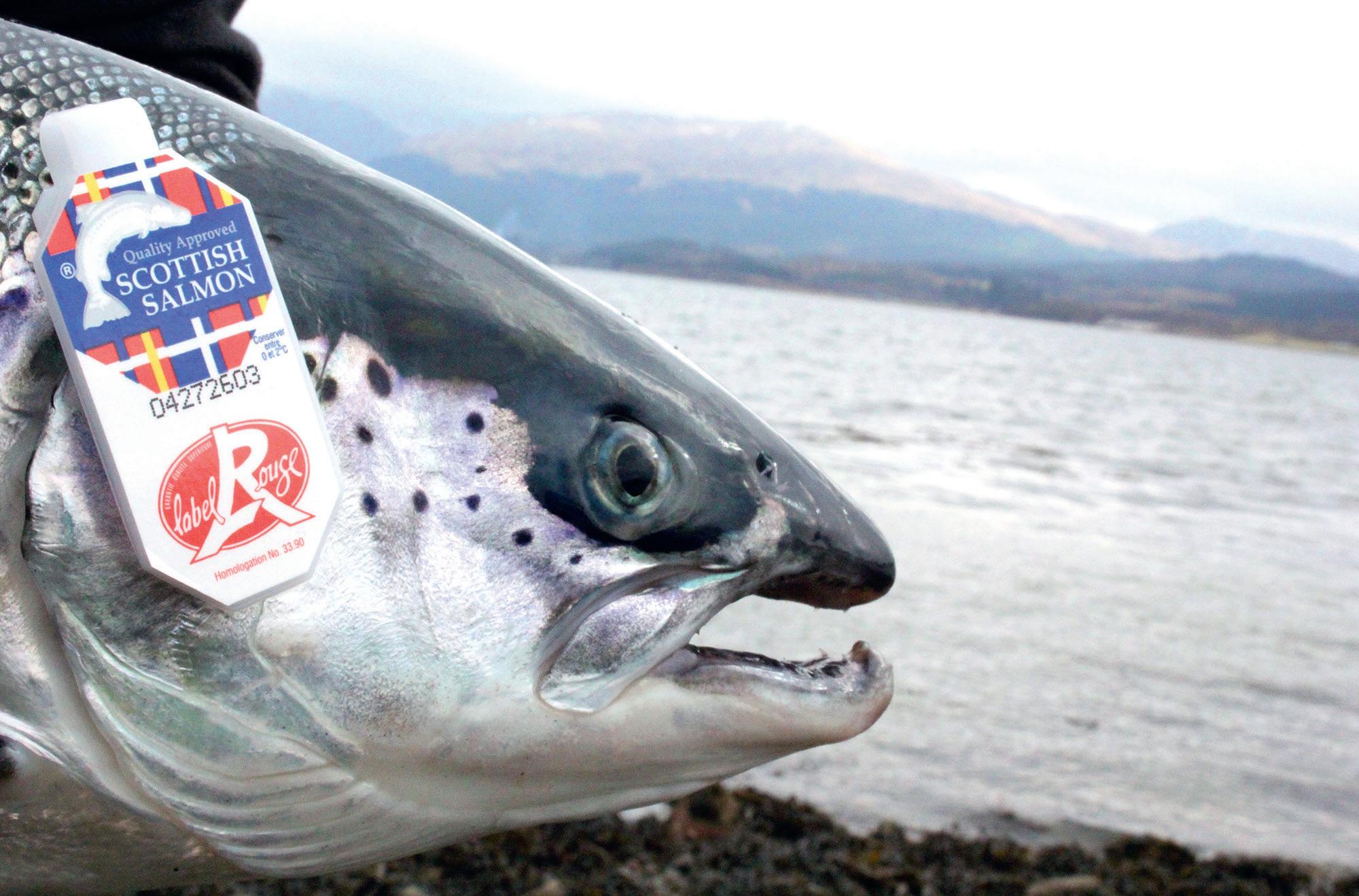
Quite simply, this proposal could put thousands of jobs at risk
Scottish shellfish featured at this year’s record-breaking seafood show in Barcelona. By Nicki Holmyard
Scottish Shellfish was among the 19 companies flying the flag on the Scottish Pavilion at the world’s largest seafood trade show at the end April. A further 11 Scottish companies took their own stands at the trade fair.
Seafood Expo Global/Seafood Processing Global, which last year moved from Brussels to its new home in Barcelona, was also a record-breaking event in terms of the number of exhibitors and visitors.
“The showcase of our seafood sector at Seafood Expo Global is always excellent and something to be very proud of. Team Scotland’s presence at last year’s event was hugely successful for participating companies and we are confident this year will be equally as productive,” said Ewen Cameron, Global Head of Trade, Consumer Industries for Scottish Development International, before the show.
SDI’s evaluation of the 2022 event found that exhibiting Scottish companies had identified more than 200 potential new customers, with 40% of them gaining new business. Overall benefits to the companies were in the region of £223m.

Scottish Shellfish dipped its toe into the water for the first time, with an eye-catching display showcasing the sustainability, provenance and quality of its mussel products.
“We have a lot to offer our international customers in terms of a low carbon, healthy and sustainable product. We are delighted to have the opportunity to promote our produce and continue to support our co-op of farmers from around the coasts of Scotland,” said Rob Mitchell, Scottish Shellfish Commercial Director.
Scottish Shellfish is a major producer and supplier of awardwinning rope-grown mussels and cultivated oysters to the UK’s major supermarket chains, wholesalers and restaurants. These are farmed by the organisation’s 16 members in the sea lochs of the west coast of Scotland and Shetland. In recent years, the product portfolio has been diversified to include wild-caught lobster and brown crab.
Mussels and oysters are among the most environmentally friendly foods on the planet, and this is a major selling point. Their carbon footprint is 19 times less than beef and they are also highly
Above: Managing Director Stephen Cameron (le� ) and Commercial Manager Derek Sharp of Sco�sh Shellfish (second from right) with the buying team from Asda Opposite: Scotland Pavilion
Below: Sarah Holmyard, Head of Sales and Marke�ng, Offshore Shellfish

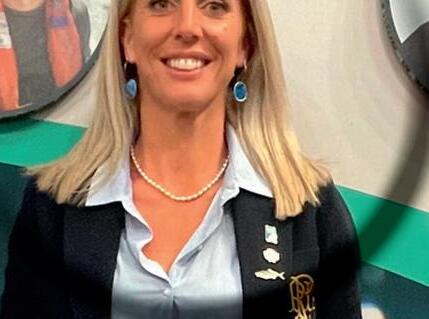
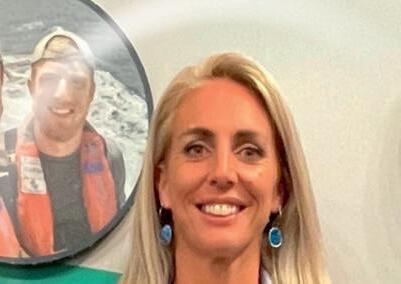
sustainable; the mussels are independently certified by the Marine Stewardship Council (MSC).
Scottish Shellfish Managing Director Stephen Cameron said: “We saw the show as a great opportunity to explore a wider market and to gauge interest in our mussel products in particular. It has been a very good experience.

“All of our UK retail customers visited us in Barcelona and, whilst we see them regularly at home, it was interesting to meet within the context of a wider showcase for Scottish shellfish. We have picked up some good leads here, but the work of turning that into new business starts when we return to Scotland.”
Also prominent at the show was Offshore Shellfish Ltd (OSL), which exhibited with partner Krijn Verwijs on the Dutch pavilion to promote its Premier Seafood range of mussels and oysters. The stand featured a video of OSL’s offshore farm, showing how the company grows its mussels six miles offshore in Lyme Bay.
“The joint venture we set up in 2021 to



produce value-added mussel products in the Netherlands has gone well, and we are gradually increasing our range of mussels in chef-prepared sauces. We were super proud to win two top Seafood Expo Global Awards with them last year and we aim to enter the competition again with new concepts in the future,” said Sarah Holmyard, OSL’s Head of Sales and Marketing.
“Our mussel products are on sale in many of the top European retailer outlets and we gained a lot of interest at the expo. We are now working on a strategy to get them into UK retail and foodservice outlets,” she added.
Bram Verwijs, Managing Director of Krijn Verwijs, explained that exhibiting at seafood expos was not only an excellent opportunity to welcome old and new customers to the stand, but also to see
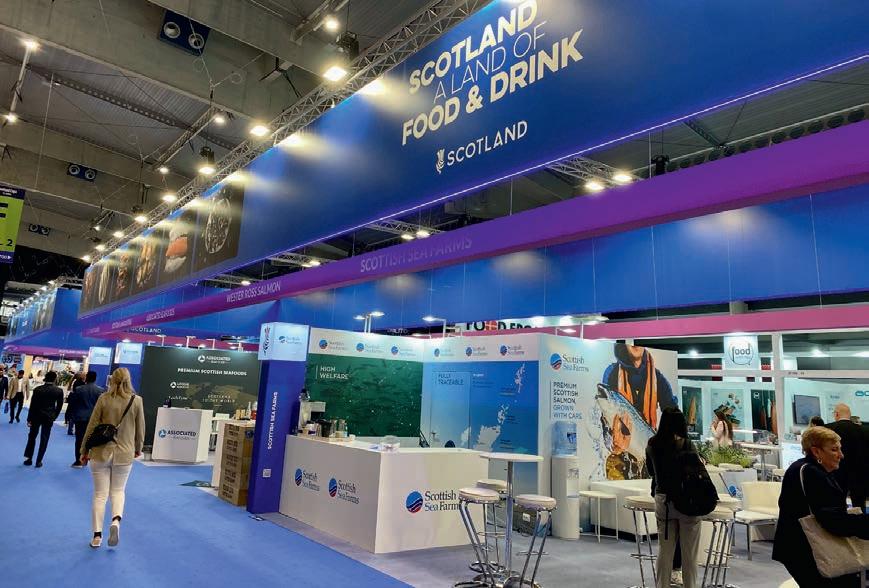
what new products, taste profiles and packaging were up and coming around the globe.
“We have had a very interesting show and we look forward to developing new business leads,” he said.


In the processing hall, several prominent shellfish growing and processing equipment manufacturers took large stands. Italian company Luciano Cocci, which produces a wide range of mussel farm floats, cotton socking, re-tubing, harvesting and grading machinery, as well as packing lines, reported brisk business.
Jan Murre from Murre Technologies was also present, promoting his range of shellfish growing, depurating and processing equipment, including the EasyFarm system for catching mussel spat, barnacle and tubeworm removing machinery, and the latest optical mussel sorter, which uses laser technology to identify foreign materials and broken shells.
See also our full report on Seafood Expo Global, starting page 51.
Variété : Crassostrea gigas oyster
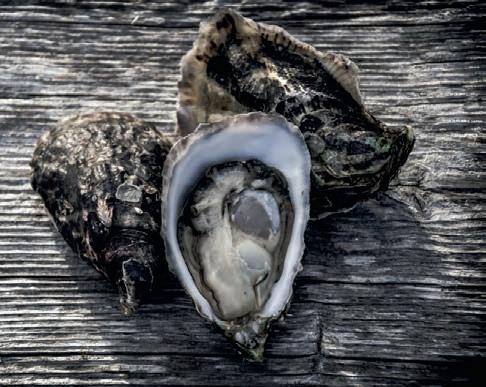
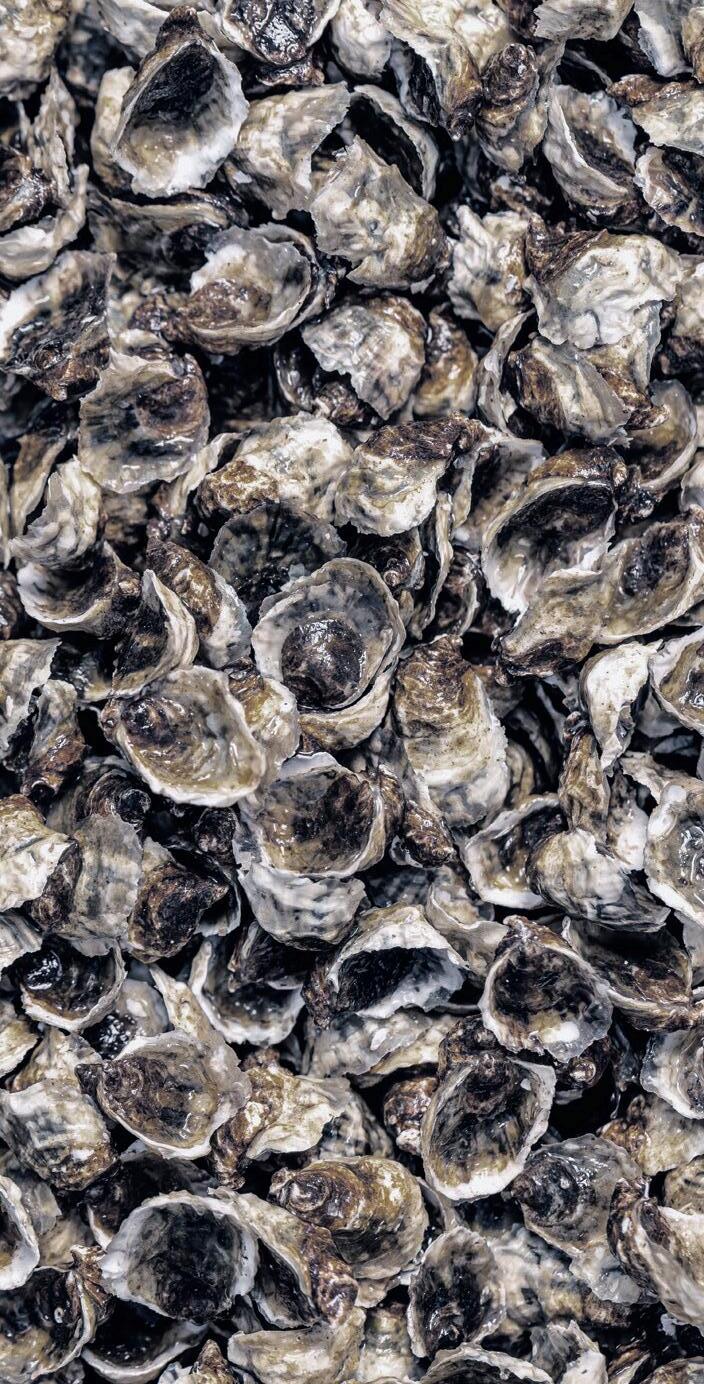
Tailles : G1.5 to G8
We have a lot to offer our international customers
The ORKA oyster is selected for its survival rate, its shape and its colour, all for the sake of meeting your expectations.
An exceptional oyster, at the heartin chef-prepared sauces. We were super proud to win two top

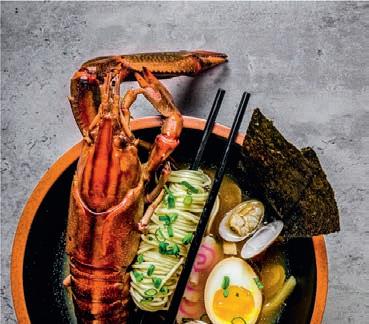 By Sandy Neil
By Sandy Neil
There is huge market demand for crawfish and this industry has vast potential for future development,” says Desmond Chow, founder and CEO of Singapore Crawfish Pte Ltd. “The economic benefit crawfish could bring is enormous beyond imagination.”
The Singapore-based company is developing a specific pathogen-free hatchery to increase the number of crawfish fry and lower their hatching mortality. Chow aims to develop disease-resistant larvae to be on-grown by various partners in Indonesia, Malaysia and Singapore.
Food security, as defined by the UN, means that all people, at all times, have access to sufficient, safe and nutritious food that meets their food preferences and dietary needs for an active and healthy life.
“The world’s agricultural productivity growth is extremely low. We need to focus on growing highly nutritious crops and most importantly ones that can be grown easily, anywhere, by anyone” says Chow.
He believes a solution is a small, hardy and highly nutritious crustacean. “Crawfish grow
and breed extremely fast, they are very hardy and, best of all, their growth cycle to market size is relatively short,” he says. “Farmers can harvest after a period as short as four months, way faster than most crops. I strongly believe crawfish will be one of the major solutions to the world’s food poverty.”
A part-time academic and former socioeconomics adviser to the Indonesian government, Chow stumbled into the crayfish trade. He was tasked by the government to study the challenges faced by rice farmers. With 200 students helping with the analysis, Chow tracked the impact of oil prices on the cost of rice production.
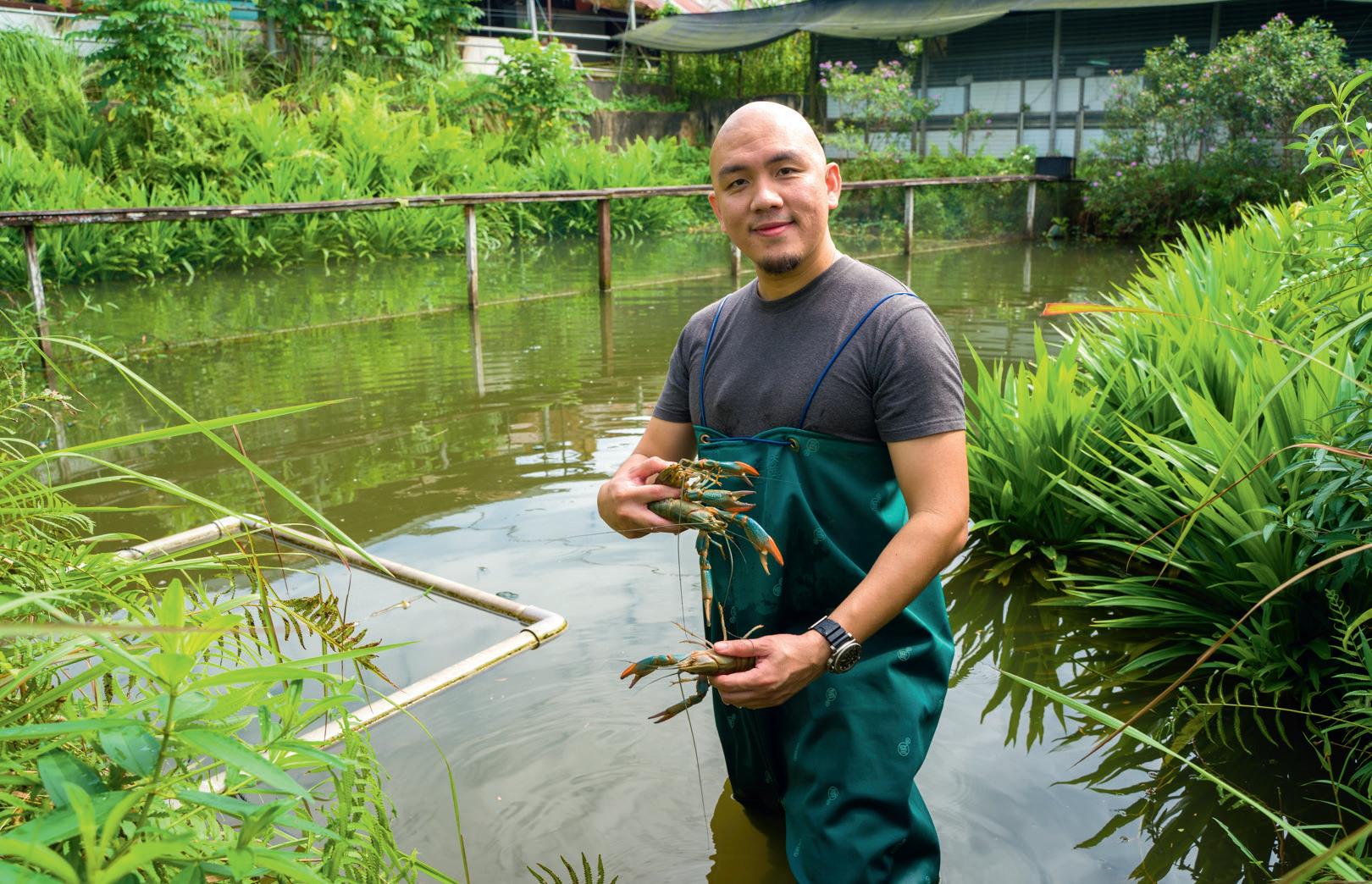
“We looked at what else we could do to increase the income of the rice farmers,” Chow says. Of the options they studied, the one with the best potential involved the uptake of crayfish farming. Through farming two species, Louisiana crawfish and one type of Australian crayfish, the incomes of rice farmers in Chow’s study increased fivefold. Maintenance was low, aside from occasional feed, he says.
Cherax quadricarinatus is a species of crawfish resembling a small lobster. It is
broth

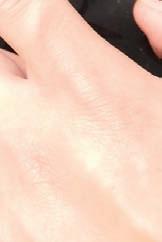
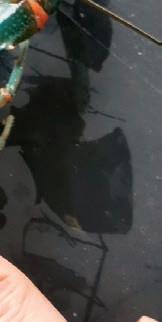


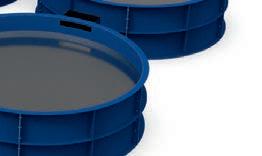


variously known as crayfish, crawdads, mudbugs, yabbies and freshwater lobsters. Although crawfish and shrimp belong to the same
family, they are different in many ways. Crawfish brood their eggs and babies on pleopods (abdominal limbs), whereas prawns release their eggs into the water.
The female crawfish carries eggs inside her body for four to six weeks. She can lay up an average of 500 to 1,200 egg per brood and reproduce up to three times a year. In just one year, a pair of crawfish can multiply and produce up 3,600 offspring.
It takes four to six months for crawfish to grow from an egg to a mature adult reaching a size of 20cm (8in) and weigh an estimated 100–50g. They have an average lifespan of up to five years living in optimal conditions.
After hatching from the eggs, the fries feed on their yolk, growing eyes and tails, resembling a crawfish. The fries will stay with
their mother for between seven and 14 days before abandoning her to search for food. During this period, the fries are extremely vulnerable and, being cannibalistic in nature, they will attempt to feed on each other if there is a lack of food.
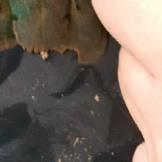

In order to grow, the crawfish undergo a moulting process and they will grow by 20-30% between moults. After 50 days, the male crawfish will also start to develop their signature bright-red pigmentation on their claws. Females have no colour on their claws.
Crawfish are widely accepted as a source of food and they are eaten all over the world. They can be grown concurrently with various crops such as fish and even in rice paddy fields, a “multicropping” technique refined by Singapore Crawfish. It all starts with constructing paddy fields with deeper trenches for breeding juvenile crawfish and fish.
Chow’s company currently distributes crayfish fries to farmers and has agreements with them to buy the crawfish back after a typical growing time of four months. His hatcheries are located in Malaysia and Singapore, with fry flown to other markets in Southeast Asia, including the large market of Indonesia.
Chow aims to produce 500,000 crawfish fries per day to satisfy growing regional demand. He is developing an automated hatchery system to separate the crawfish adults from their craylings, or eggs. The system also boasts a 90% survival rate, Chow says.
He is also patenting his own feed formula. To study crawfish dietary requirements, his team used 50 tanks and fed the crawfish a variety of feeds made up of vegetables, corn, fruit, chicken, and bovine kidney and liver. They tracked their growth until they were of marketable size and refined their formula using their results.
Chow and his team of scientists are working towards selective genetic mapping, so that crawfish can be tailored to suit different growing environments.
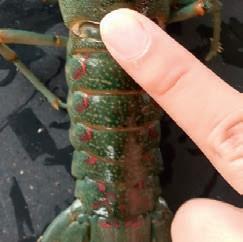
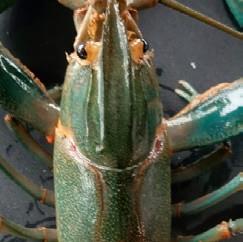
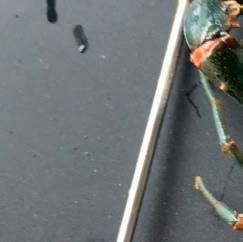

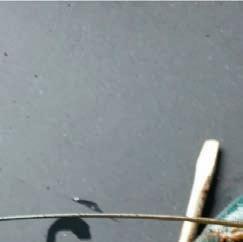
Chow claims his research could eventually produce high-quality broodstock with high-growth genes, bacteria-resistant genes, or with temperature or pH resistance capabilities.
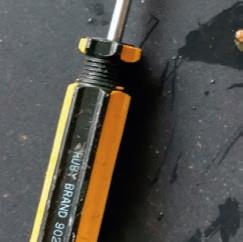
Chow also aims to partner with major food processors in the future to process crawfish tails for use in instant and frozen meals, so they can be shipped to customers internationally.


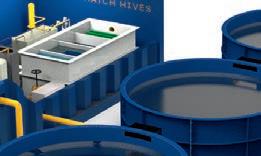
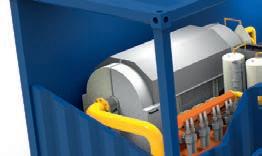
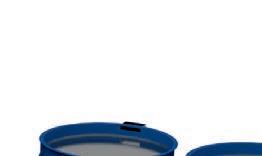
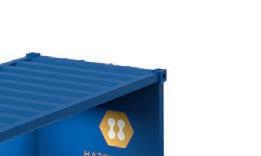

Eventually, Chow’s vision is to have his high-tech crawfish hatchery franchised globally. The website for its Hatch Hives project says: “From our main research facilities based in Singapore, we have built and deployed modular agri-tech systems to rear crawfish in an extremely sustainable and scalable manner around the world, beginning with pilot hatcheries in Malaysia, Cambodia, Indonesia and Brunei.”
And if you’re looking for a clawed companion, the company says that “crawfish are excellent pets, as they are very hardy: all you need to do to ensure their survival is to provide them basic elements – air, water and food”.
Left: Desmond Chow Above: Hatch Hives system Bottom left: Crawfish and noodle Below: CrawfishI strongly believe crawfish will be one of the major solutions to the world’s food poverty
moulting
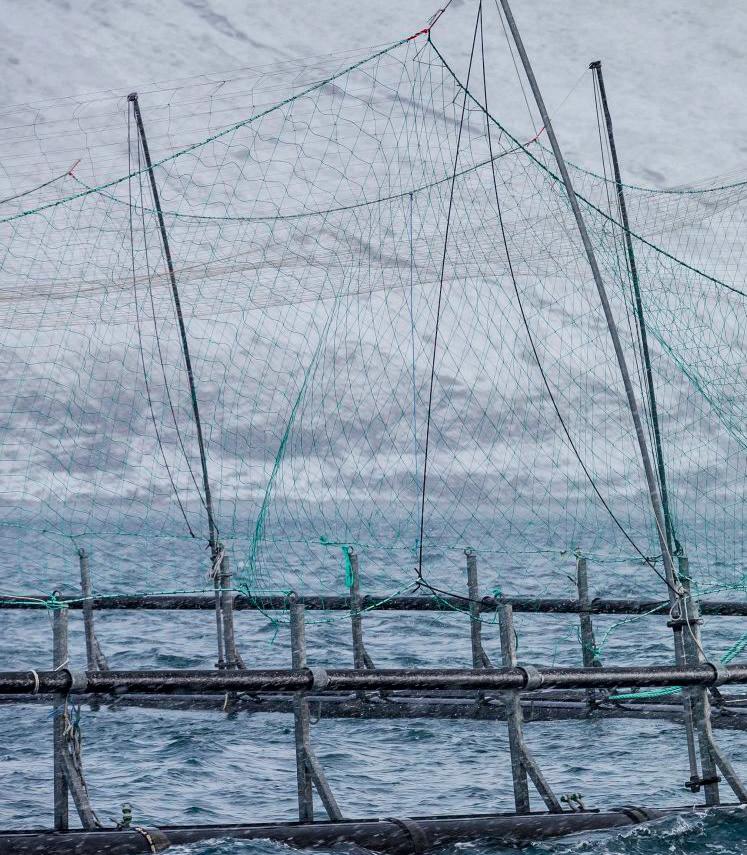 By Vince McDonagh
By Vince McDonagh
Not without good reason was Regin Jacobsen, the quietly spoken CEO of Faroese fish farmer Bakkafrost, voted “Sustainability Leader of the Year” in 2021.
He is the driving force behind the company’s remarkable commercial success, and he is a leader with conscience, making it his life’s mission to make the business the most sustainable player in the industry.
It is an agenda that continues to make solid progress, as borne out in the recently published Bakkafrost 2022 Healthy Living Sustainability Report.
In the report, Jacobsen tells customers and shareholders: “Sustainable growth of the business is a priority and this is being realised through our biosecurity strategy which focuses on introducing recirculating aquaculture systems (RAS) freshwater infrastructure for larger and more robust smolt production.
“This strategy also includes our selective breeding programmes, to improve fish resilience and increased treatment capacity for optimal fish health and welfare.
“We have invested heavily in biosecurity over recent years. In 2022, we saw the results of these investments in our Faroese operations.
“We saw strong growth, all-time low sea lice levels, historically high survival rates and low feed conversion ratio. Optimum welfare in our Faroese operations is as a result of our selective breeding programme and large smolt strategy combined with improved strategic treatment handling.”
2022 was a strange year for all salmon farmers; they emerged from Covid lockdowns only to face further uncertainty following the Russian invasion of Ukraine.
The disruption that followed hasn’t stopped Bakkafrost’s huge investment programme or its sustainability drive.
Bakkafrost says sustainable growth is a priority and this is being realised through its biosecurity strategy which focuses on introducing freshwater recirculating aquaculture system (RAS) infrastructure for larger and more robust smolt production.
Jacobsen also addresses the challenges faced by the company’s Scottish arm, previously known as The Scottish Salmon Company: “We acquired Bakkafrost Scotland in 2019 and we were fully aware that the company was massively underinvested and was lacking in development.
“We immediately embarked on a comprehensive investment plan for the Scottish operations which we are continuing to progress with the extensive expansion in RAS smolt and treatment capacity.”
The company experienced challenging biological conditions in Scotland last year. This was particularly so in the third quarter where its sites suffered elevated mortality, due both to low-quality smolt and gill challenges in the marine stages.
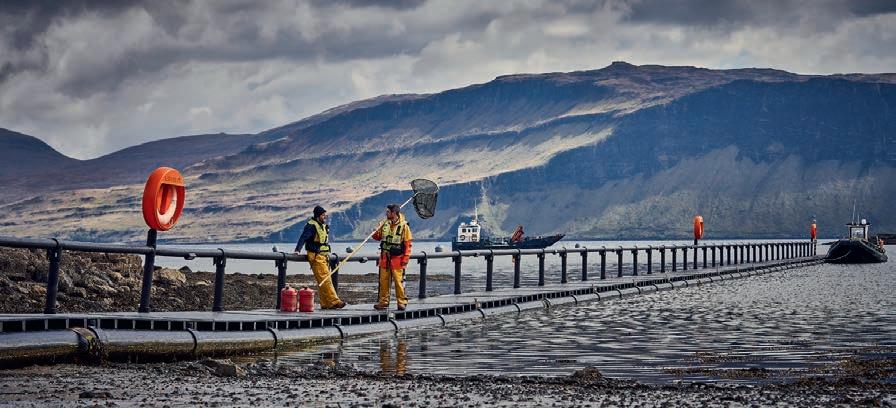
Jacobsen says: “The introduction of further increased treatment capacity and improved smolt quality and size now beginning to be transferred to the marine environment, we can start to see early indications of improvement. The real test will be in the autumn when sea water temperature peaks and therefore biological risks are greatest.”
This is the fifth year of Bakkafrost’s Healthy Living Plan. In 2022, it reached some important sustainability milestones, including taking delivery of its first allelectric workboat, for which it is winning awards.
As one of the largest contributors to the Faroese economy, we take our responsibility seriously
One key element of sustainable development is the development of robust partnerships.
In 2022, the company took an important step forward to develop closer collaboration with its major suppliers in the Faroe Islands, arranging the first “Bakkafrost Supplier Day”.
This gave it the opportunity to engage with suppliers about sustainability topics, including climate change and carbon reduction.
“We launched our revised sustainable procurement policy bringing sustainability to the forefront in procurement. The event was a huge success, and we will continue our engagement with suppliers on sustainability in the Faroe Islands as well as in our other areas of operation.”
Bakkafrost said it was delighted to add two new vessels to its fleet last year - a 4,000 cubic metre wellboat in now operating in Scotland and Bakkafossur, a 7,000 cubic metre wellboat in the Faroe Islands.
“The vessels add significant treatment capacity and contribute to the fundamentals












BAKKAFROST sees the large smolt capacity is the most important driver for volume growth. In the Faroe Islands it has come a long way in implementing this strategy and invested in increased hatchery capacity. It says the large smolt strategy is the game changer for operations in Scotland, reducing biological risk, improving efficiency, reducing cost, and providing an opportunity for further growth.
Another strategic priority is the “One Company” pillar strategy, integrating Faroese and Scottish operations, building on the strengths and best practices of both.
As announced at the company’s 2021 Capital Markets Day, the plan is to replicate this successful strategy in Scotland.
Regin Jacobsen says: “We have invested heavily in technology and improved farming equipment [in Scotland] to replicate the standard of our Faroese operations.
of biosecurity on which our operations rely,” the report states.


It also stresses Bakkafrost’s commitment to the United Nations’ Global Compact principles, and pledges to continue to work collaboratively with the business community in the Faroe Islands and Scotland to support the industry’s overall contribution to the UN Sustainable Development Goals (SDGs).

“As one of the largest contributors to the Faroese economy, we take our responsibility seriously and take a leading role. This includes increased local stakeholder engagement in specific areas, including our approach to environmental management in the fjords.”
Looking ahead, CEO Jacobsen said: “We have set ambitious sustainability goals, including significant 2030 climate commitments.
“We have made substantial progress over recent years, but to meet the fastapproaching 2030 deadline, we need to investigate transformative solutions for the benefit of both us and generations to come.
“To mitigate biological risk in our marine farming operations, we are extending the period in which the salmon is farmed on land in state-of-the-art RAS units. While this mitigates biological risk, it is an energyintensive manner of farming.”
The company is now working on running RAS units entirely on renewable energy.

In Scotland Bakkafrost already has access to 100% renewable electricity, however in the Faroe Islands, it is reliant on the national grid company which has set a target of providing 100% renewable energy by 2030.


Regin Jacobsen concludes with a pledge: “Sustainability will continue to be at the heart of everything we do.”
“This includes IT, camera systems, feeding systems and environmental sensors and will help safeguard our stock, improve our feed conversion ratio and improve environmental management.”
He adds: “As new hatcheries come into operation in both Faroes and Scotland, there is increased energy consumption and biological waste as the new hatcheries start operation.





“Sourcing renewable energy and sustainable waste handling are integral to our hatchery designs and investment plans. At our Applecross hatchery all energy will be directly on renewable sources from solar panels and direct connection to a nearby hydro power plant.”
The company has also introduced Havsbrún feed, as Jacobsen puts it: “Making our Scottish salmon more similar to Faroese salmon.”

THE Bakkafrost subsidiary FarCargo, has closed a deal to purchase a Boeing 757-200 aircraft, a 47-metre plane with a flight range of 7,000 kilometres, able to carry some 35 tonnes of cargo.
The maiden trip is planned to take place this summer. Initially, the plane will fly between Vágar, the Faroe Islands and New York, US. For the last 12 months, preparations have been made for the launch of the airline, and in particular, finding the right aircraft has been challenging as well as getting all the necessary permits and generally sorting out practicalities.
Up to now, Bakkafrost has been flying out its salmon to overseas markets via London airport or Shannon, in Ireland.

In this regard, the two biggest Faroese salmon producers have taken very different approaches, with Bakkafrost’s competitor, Hiddenfjord, abandoning air freight. Instead, Hiddenfjord - a smaller producer whose US customers are concentrated on the east coast - exports its salmon to North America by sea.
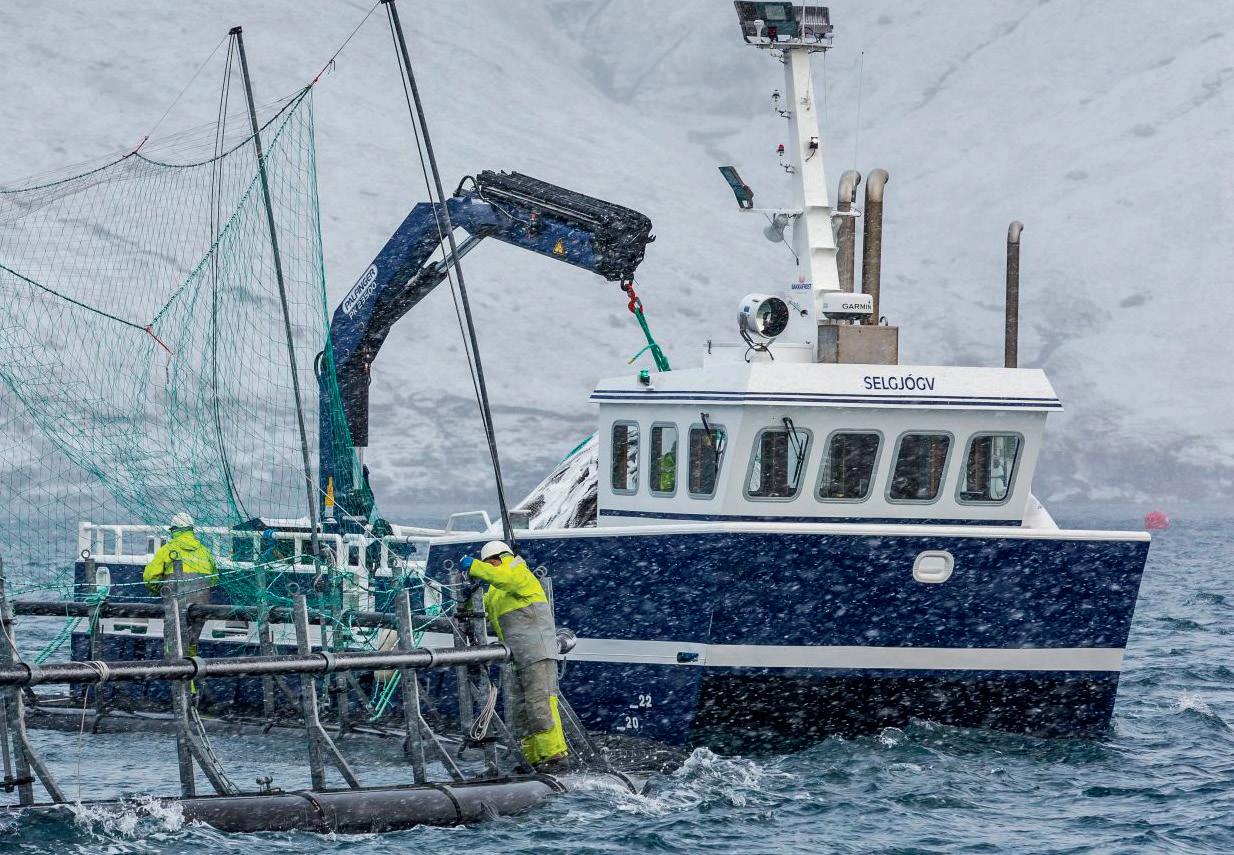
The 24th edition of Seawork, Europe’s largest commercial marine and workboat exhibition, takes place over 13–15 June this year at the Mayflower Park venue, Southampton.
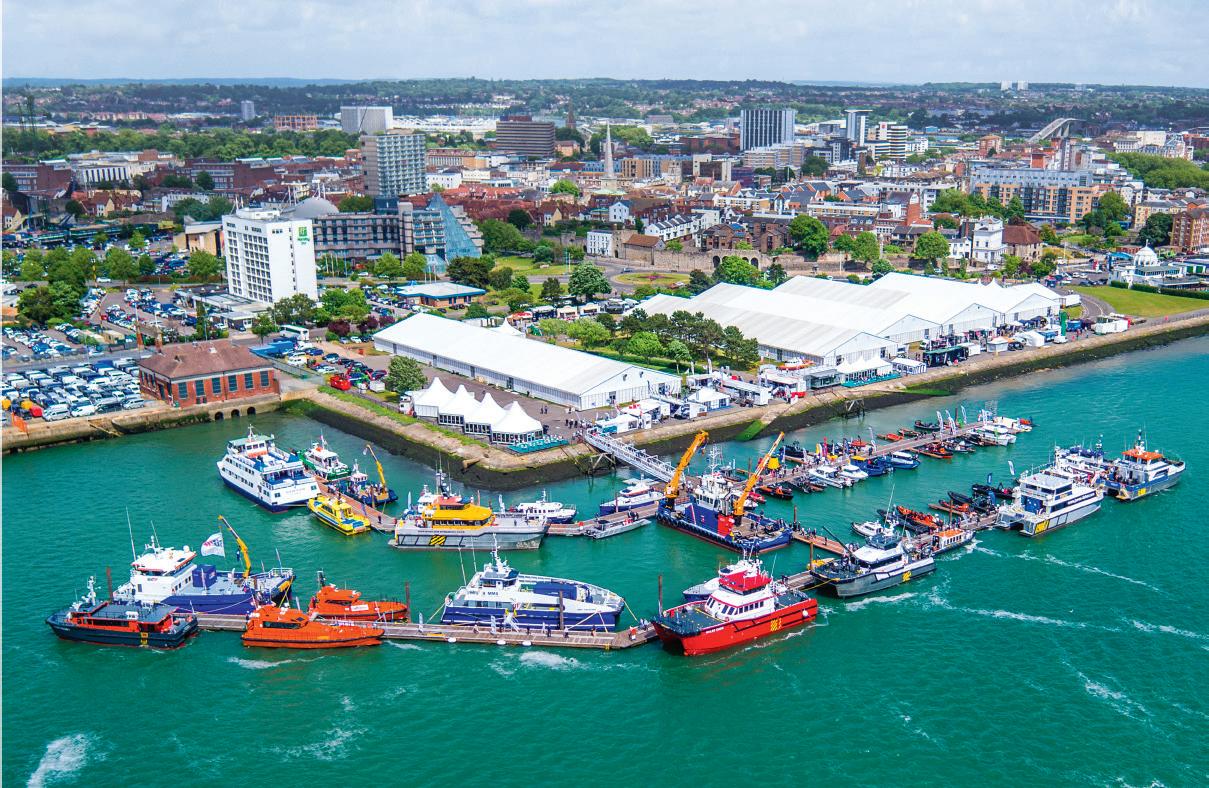
Delivering an international audience of visitors supported by trusted partners, Seawork is the meeting place for the commercial marine and workboat sector.
The exhibition encompasses 12,000sq m of undercover halls featuring 600 exhibitors, and more than 70 vessels and items of floating plant and equipment on the quayside and pontoons.
As well as showcasing the latest from the commercial marine sector, the threeday event also features a full conference programme and a Training and Careers Day promoting opportunities within the sector.
The focus for this year’s event is on how the commercial marine industry is adapting
and innovating to face the dual pressures of reducing operational expenditure, at the same time as meeting the mandatory targets to decarbonise operations.
The Commercial Marine Network’s third series of the informative Get Set For Workboat 2050 forum will be looking at practical applications of decarbonisation UK Government Departments, including the National Shipbuilding Office (NSO), as well as the Ministry of Defence (MOD) and the newly formed Department for Business and Trade (DBT) will be hosting business briefings.
Also, the Workboat Association’s Safety Forum will highlight new regulations in this sector of the industry.
The latest equipment, services, projects and vessels will be on display at the Seawork Innovations Showcase, supported by SMI.
The event will also celebrate the outstanding individuals and innovative
companies that comprise this vibrant and productive industry sector at the European Commercial Marine Awards, supported by Siemens and presented on the opening day of Seawork.
The all-new 2023 Seawork conferences, free to attend for those visiting the show, will deliver bitesize, in-person sessions to help commercial marine and workboat operators face the challenge of reducing operational expenditure at the same time as meeting the mandatory targets to decarbonise operations.
Vessel owners and operators will learn how their businesses can create cost savings while benefiting from the latest developments in alternative fuels, hybrid propulsion, technology and design. The first sesssion covers alternative fuels, and will feature a panel of speakers including Ben Craig, Emissions Reduction Technical Specialist at the MCA; naval architects Chartwell Marine, which will be presenting on its latest methanol project; and operators sharing their experience of hydrogen and electric power.
The second session features hybrid marine propulsion, including talks by Mehmet Belibagli, Technical Sales Manager for Volvo Penta UK; and Eugene Bari, CEO of Ecomar Propulsion.
Other topics include smart onboard solutions for monitoring and cost reduction; and optimising construction, in-life and OPEX costs through vessel design. Moderator Noel Tomlinson will lead the discussion for this allimportant final session
of the day with speakers from Artemis Technologies, Damen, Milford Haven Port Authority, BMT and the internationally recognised naval architects Robert Allan Ltd.
Working with Maritime UK and the Solent LEP, Seawork is set to deliver an exciting event promoting career opportunities in the commercial marine industry on the final day of Seawork, Thursday 15 June 2023.

With a focus on skills, learning and employment, the Careers and Training pavilion, open on all three days of Seawork, gives visitors the chance to explore opportunities within the commercial marine industry. Exhibitors include specialist recruitment companies, education centres and training organisations.
Students and young people aged between
15 and 19 from local schools, colleges, training centres and universities will be able to see first hand what a job in the commercial marine industry could look like and gain some valuable insight on the opportunities available including the areas that most young people don’t think about such as marine surveying, naval architect/vessel design and build, diving, marine civil engineering, engineering and vessel operators. Two dedicated Careers events will take place in Seawork’s conference rooms:
• Conference Room 1 will host the Careers and Training Fair where Seawork exhibitors will be on hand to offer advice, information, literature and giveaways.
• “Commercial Marine has Talent”, where people working in the industry will address the young people to actively engage in assessing whether a career in the industry is for them. The students will then tour Seawork, speaking to exhibitors, visiting the pontoons, going onboard vessels and taking part in the Seawork video competition with an opportunity to win some great prizes. For more information, go online to www.seawork.com
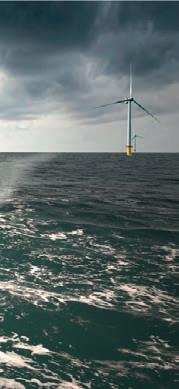

The BOATCHECKS app is aimed at small commercial boat operators who wish to run a digital safety management system onboard their vessels. It will enable full vessel compliance, all from the palm of your hand.
The app has been developed as a fully digital solution for compliance with various marine Safety Management System regulations. The system has been specifically designed for smaller vessels that need to comply with the Passenger Ships Domestic Safety Management Code, the Workboat Code, Vessels operating under MGN 280, Fishing Vessels and the IPV code.
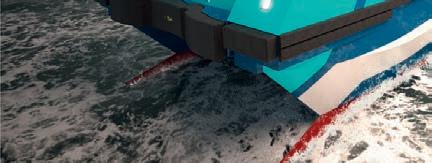
The Boatchecks system takes the form of a cloud-based desktop administrator interface for the Designated Person Ashore and a






mobile phone app for onboard crews. Crew members working onboard a vessel can undertake tasks for period maintenance reporting, daily pre-start checks, periodic crew training, incident reporting and defect reporting as well as viewing all certification and documentation required for both crews and vessels. This is all done on a crew member’s existing mobile phone or tablet without the need for an onboard computer network or Wi-Fi connection.
Boatchecks enables the operator to show compliance with MCA regulations, reporting back to the Designated Person Ashore various aspects of a vessel. The app has the ability to upload photos and media, and to allow comment on any aspect of a vessel’s operation.

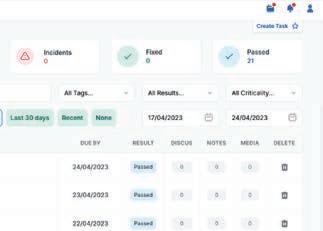

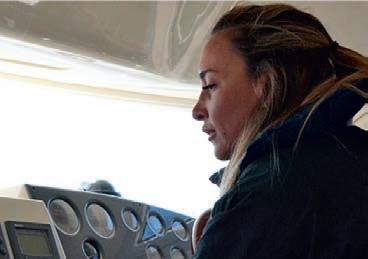
We will be exhibiting at Seawork on stand K1B or contact us at john@boatchecks.uk






 Clockwise from far left: Seawork at the Mayflower Park venue; BMT’s 32m Crew Transfer Vessel; Mari�me skills will be showcased at the Training and Careers day
Clockwise from far left: Seawork at the Mayflower Park venue; BMT’s 32m Crew Transfer Vessel; Mari�me skills will be showcased at the Training and Careers day
Vessel owners and operators will learn how their businesses can create cost savings
The app has been developed as a fully digital solution

Donut might seem a strange title to give a new fish farm concept, even if it does look like a giant version of America’s favourite sugary snack.
However, it is something salmon farmers are itching to get their teeth into as the project approaches completion.
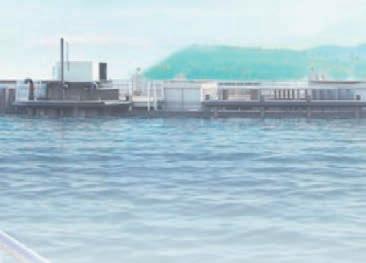
Like the Egg, another unusually shaped structure, the Donut is being seen as a possible solution to the high mortalities facing the industry today, even leading to a possible world in which lice no longer pose a threat to farmed salmon.
Weighing 500 tonnes and standing over 17 metres high, this “monster” is the brainchild of the Norwegian thermoplastics company Bluegreen Fusion AS, which has developed it in conjunction with salmon giant SalMar and other partners.
The Marine Donut, to give it its proper title, will be one of the contenders at the 2023 Aquaculture Awards in Inverness, Scotland, in June this year.
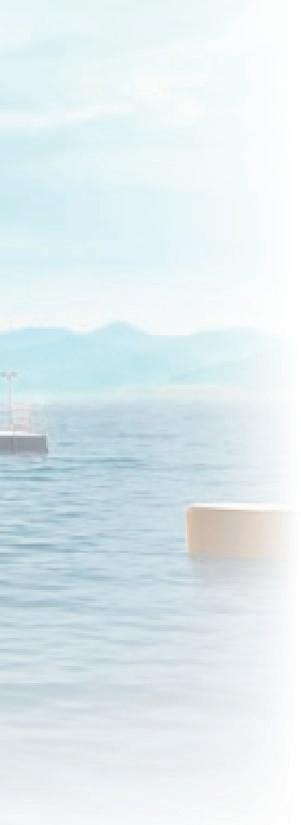 By Vince McDonagh
By Vince McDonagh
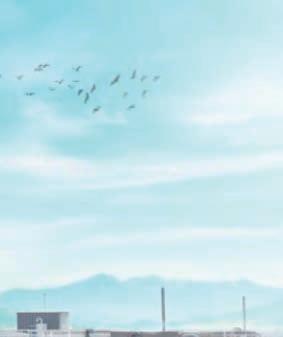
It also won admiration from Canadian Fisheries Minister Joyce Murray when she visited Norway in early April. A scale model of the Donut was brought to Newfoundland for trials last year and a subsidiary company, Bluegreen Canada, has been established. Bluegreen says many people see plastic as an environmental problem, but it believes thermoplastics to be the most environmentally friendly material choice for enclosed fish farms.
Plastic can reduce material consumption, resist corrosion and prevent leakage. And when they have to be discarded, plastic materials can be recycled into new products.



But it is what The Marine Donut might prevent that has caught the attention of the industry.
It won the all-important backing of the Norwegian Directorate of Fisheries in 2019, which awarded two development permits.


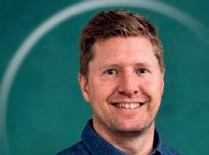

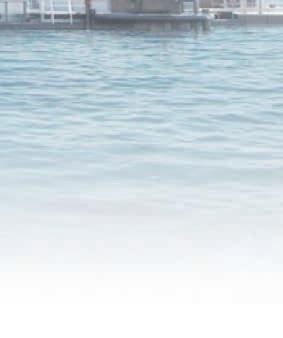
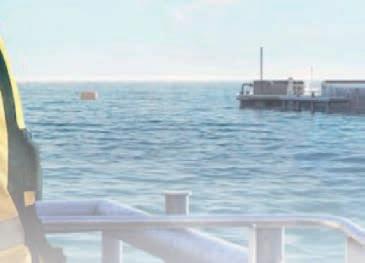
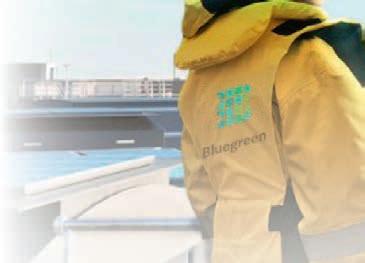
The Directorate said at the time in a letter of commitment: “As a result of the concept being able to help solve several of the
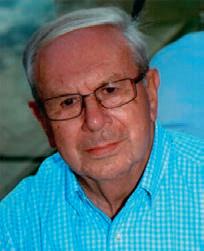


THE Marine Donut is a pen consisting of a closed rearing unit that is shaped like a doughnut or torus. The Norwegians have adopted the US spelling.
The main construction is made from the material high-density polyethylene (HDPE), which can be recycled, and acts as a tight barrier against the external environment to prevent lice infestation and infection entering the facility.
The intake water is purified via a Bernoulli filter (an automatic self-cleaning filter) and UV lamp.

The Marine Donut has float tubes at the top and bracing tubes at the bottom in addition to vertical ballast tanks on the sides. This allows the plant to be raised and lowered. On top of the facility there will be a work platform and green energy production in the form of solar cells.

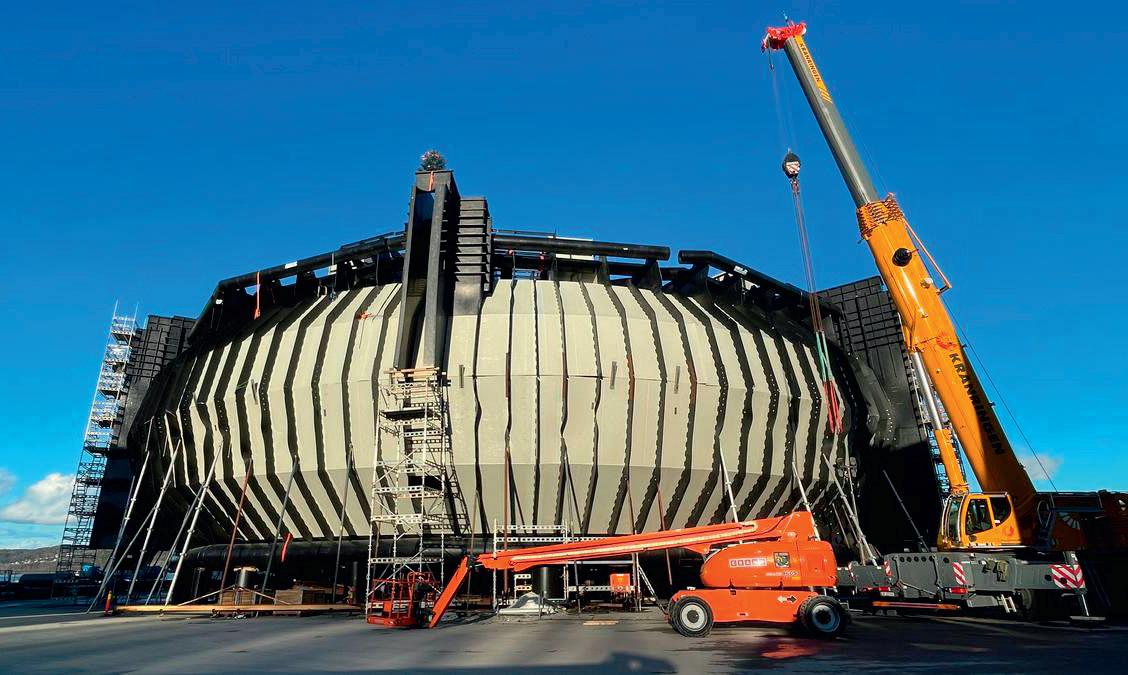
The plant has a solution for the collection of sludge and water intake below the level at which sea lice are usually found.
The Marine Donut, says Bluegreen, is designed to withstand high exposure to both waves and currents, and is suitable for both post-smolt production and food fish.
environmental and area challenges facing the industry, the Norwegian Directorate of Fisheries considers that the project involves new and significantly improved production technology.”
SalMar took over commitments for development permits in 2022 and construction of the first Marine Donut started in April of the same year.
Bluegreen Managing Director Nils-Johan Tufte is the project’s creator. He came to the conclusion that closed farming was the answer after studying current challenges such as lice and escapes.
It is a bleak fact, but a recent Veterinary Institute mortality report showed that one in every six salmon cultivated in Norway does not make it to the dinner plate.
Tufte told the Norwegian broadcaster NRK recently that he had dreamed about developing such a facility since 2015 – and that dream is now coming to fruition.
He was also aware that however bold and innovative the idea, it had to be produced and built at a cost that companies could afford. There is also the question of fish welfare. Salmon suffer crowding and stress, leading to gill diseases and bacterial issues – and they are also able to get out of conventional farms.
Tufte is convinced the Donut provides good fish health and welfare, leading to significant reductions in mortality, wastage and, above all, virtually no lice.
He tells NRK that this is achieved because the water is collected at a depth of between 15 and 40 metres, well below the salmon lice belt.
The water inside the facility circulates, ensuring the fish get good natural exercise and there is room for some 200,000 salmon with an average weight of around five kilos.
Tufte also believes there are plenty of places where it is not possible to farm conventionally along the Norwegian coast that could be used as sites.
But as the Donut is taking up coastal areas, it leaves it open to the government’s controversial salmon tax – in theory at least. Tufte and others are asking for it to be exempt.
Seafood Norway Director Jon Arne Grøttum believes it is important that different types of aquaculture ideas should be developed and tested.
He said there were a number of promising closed facilities, but nothing quite like the Donut. But while describing it as “very exciting”, he also sees certain challenges such as more energy being needed to pump the water. Also, if disease did enter the facility, it could be difficult to deal with.
SalMar doesn’t throw its money around needlessly, so with the support of the world’s second largest Atlantic salmon farmer, the project has the support of an influential partner. Tufte also believes the results will speak for themselves when the Donut is in operation.
 By Robert Outram
By Robert Outram
Otter Ferry Seafish, based on the shore of Loch Fyne on the west coast of Scotland, has a long history of aquaculture going back more than half a century. It has not stood still, however – the business has reinvented itself periodically in response to changing opportunities and challenges, and continues to do so to this day. Otter Ferry has been a trout farm, a salmon producer, then a salmon hatchery and broodstock business, and now it produces three species: halibut, wrasse and lumpfish.
All three of these have a much shorter history as farmed species compared with Atlantic salmon. Like his father, who co-founded the business, Managing Director Alastair Barge clearly relishes working as a pioneer in aquaculture.
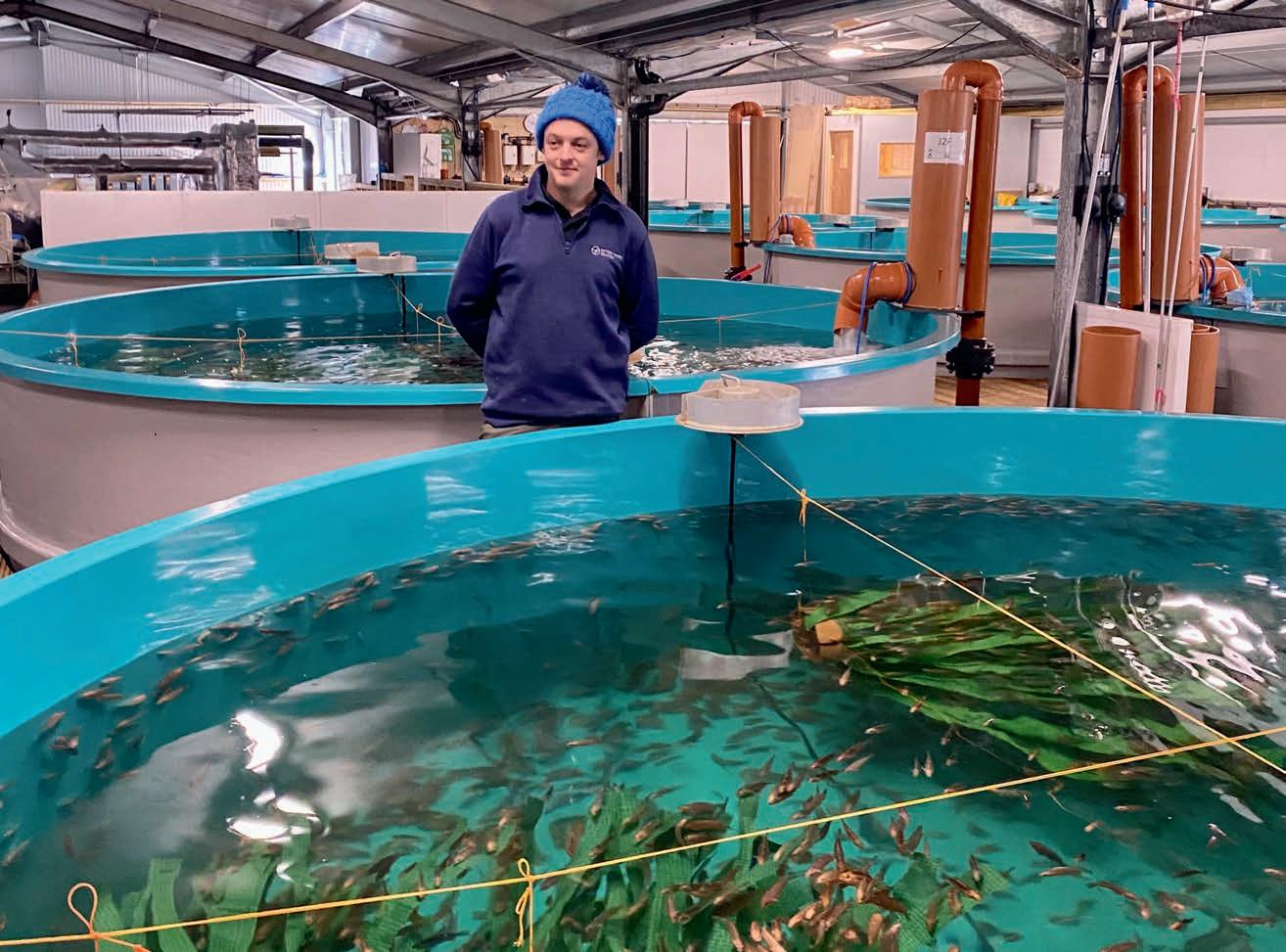
As Barge puts it, the Otter Ferry approach is “both stupid and clever”. Stupid, because for a small company, rearing three completely different species is a huge challenge; clever, because a willingness to diversify has been one of the keys to Otter Ferry’s longevity and resilience and allowed the company to manage change.
Resilience has certainly been required, with a number of challenges over the years, first in the salmon market, and now with the winding down of the halibut farm on Gigha and a question-mark over the future of lumpfish as a cleaner species.

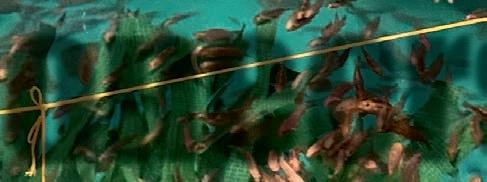
Otter Ferry’s history in aquaculture goes
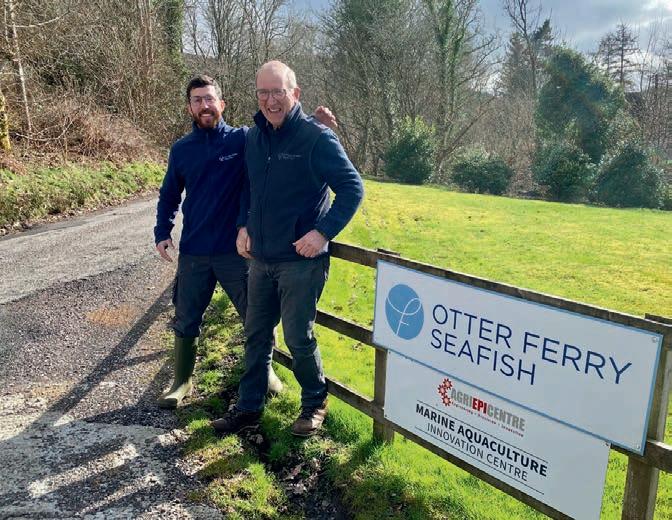

 Above: Wrasse tanks
Above: Wrasse tanks
The Otter Ferry approach is both stupid, and clever
back to 1967 when Alastair Barge’s father, Ronald, co-founded the Highland Trout Company on what was then his family’s hill farm, in partnership with Iain McCrone. The original fish farm used first a raceway and then pumped brackish water from the loch to raise rainbow and brown trout.

In 1972, an external company, Brooker McConnel, invested in the business and production shifted to salmon. Within a few years, however, McConnel proposed shifting production to the outer isles – Roland Barge did not agree and, in 1977, with McCrone, he bought out the McConnel stake, deciding instead to focus on developing the pump-ashore system. Producing 60 tonnes of salmon from 12 x 12m tanks, at one stage Otter Ferry accounted for 5% or more of Scotland’s total salmon output.



In the 1980s, the business also invested in freshwater cages in Loch Glashan and a new land-based unit with a total capacity of 17,000m3 at Lephinmore in Argyll and Bute.
Technology was moving on in the industry, however, and when improved sea cages made farming in the sea lochs more viable, the Otter Ferry flow-through system was soon facing a cost disadvantage –just as the price of salmon started to fall in the 1980s. Initially switching to specialise in smolt and broodstock production, it became clear that consolidation in the industry was not going to favour a small hatchery. It was time for another pivot, so the company started evaluating alternative species. Having rejected lobster (they have a tendency to cannibalism) and turbot (which is a slow-growing fish), the Barges settled on halibut. This is a premium fish, always in demand among high-end consumers and chefs, and one with a declining wild catch. The downside for halibut, however, is that rearing the fish through the larval stage can be very difficult.
The first halibut at the company arrived from Iceland in 1991. In 2004, Marine Harvest (now Mowi), which was Otter Ferry’s main customer for juvenile halibut, decided to move its halibut production to Norway, prompting another bold move – this time, the investment in a landbased halibut farm on the island of Gigha. Meanwhile, another opportunity emerged when the salmon industry
started to use cleaner fish – ballan wrasse and lumpfish – to control sea lice. Initially these were wild-caught, but the industry’s demand looked set to outstrip sustainable supply.
Otter Ferry rose to the challenge of producing two species that had no history in aquaculture, starting with wild-caught ballan wrasse in 2010 and lumpfish in 2014. As Alastair Barge puts it, with halibut, “…we had done the most difficult thing first.”
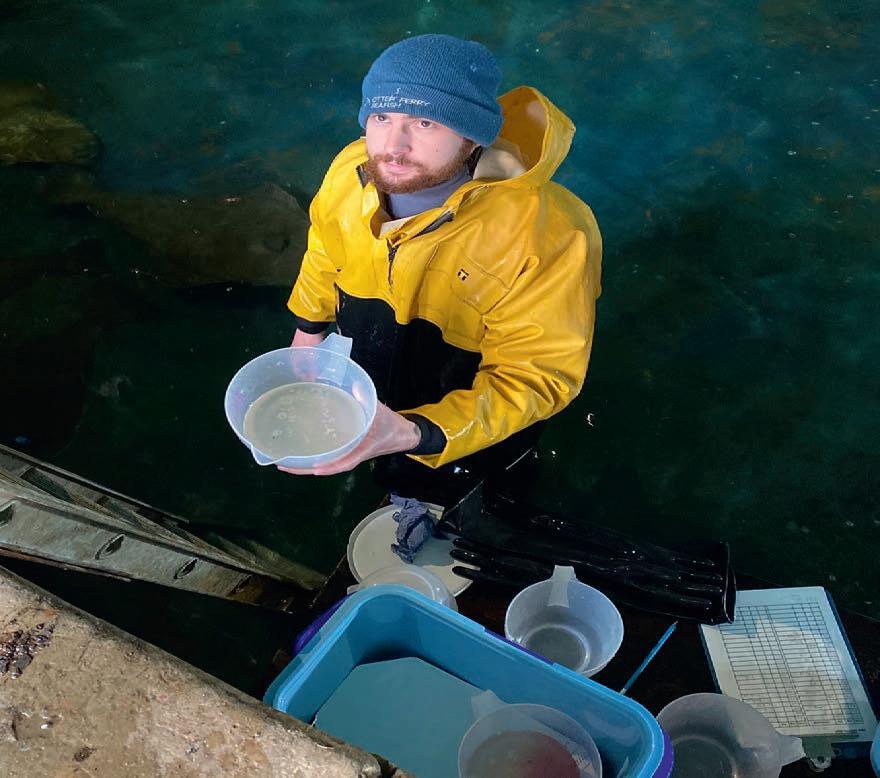
Since April last year, Brazilian José Barbosa, Operation Manager, has been responsible for day-to-day operations.
As he explains: “These marine fish are not like salmon. They are new species [as far as farming is concerned] and we are learning new things every day.”
Barge agrees: “Thirty years farming a new [farmed] species [halibut] isn’t a long time.”
What this means in effect is that Otter Ferry has to operate as a research station as well as a commercial enterprise. Data collection is vital, and the company uses AquaManager, an application that gathers data from staff using tablets, bringing it together in a dashboard, showing everything from fish mortality to the stock levels of rotifers, which can indicate how the farm and its fish are performing.
“For example,” Barbosa says, “you can analyse how multiple factors affect spawning, larval quality and survivals through to deployment.”
Barge says: “Halibut is a premium, high value fish, so you don’t have to mass produce it. But we are in a unique position with an all-
 Above left: Romain Breyton collec�ng halibut eggs
Above left: Romain Breyton collec�ng halibut eggs
For halibut, a generation is 10 years, so the company is only on its third generation of broodstock. Otter Ferry is the only halibut hatchery in the UK and one of five around the world, with three in Norway and one in Canada.
Simulating conditions in the wild, the Otter Ferry broodstock are kept at 5°C, which is cold enough to stimulate spawning. The ambient temperature in Loch Fyne would be a little too warm.
When Fish Farmer visited Otter Ferry, spawning season was in full swing and the halibut team were stripping the females of their eggs and the males of their milt. The staff we met working on the broodstock tank, including hatchery manager Romain, assisted by Dedan and Phan, are an international crew and all studied at university in Scotland. As Barge puts it: “‘It’s a fantastic experience… and it’s a difficult one, which makes it even more interesting.”
Halibut are robust fish in a farm environment, whether at sea or in a land-based farm, and the Otter ferry broodstock are typically between 10 and 15 years old.
Earlier this year, Barge announced that Gigha Halibut, which grows fish to harvest size in a land-based facility, would not be taking on any more juveniles. Gigha Halibut has won prestigious awards for its fish and is now well established as a premium brand. As reported in this magazine, however, a combination of rising energy costs, biological challenges associated with climate change and increasing difficulty in securing a water supply has led to the sad decision to wind down the business and put the site up for sale.
There is, however, still demand for Otter Ferry’s juvenile halibut in Norway. When they are at five grams, the juveniles for export are boxed up in oxygenated water and flown to a producer there.
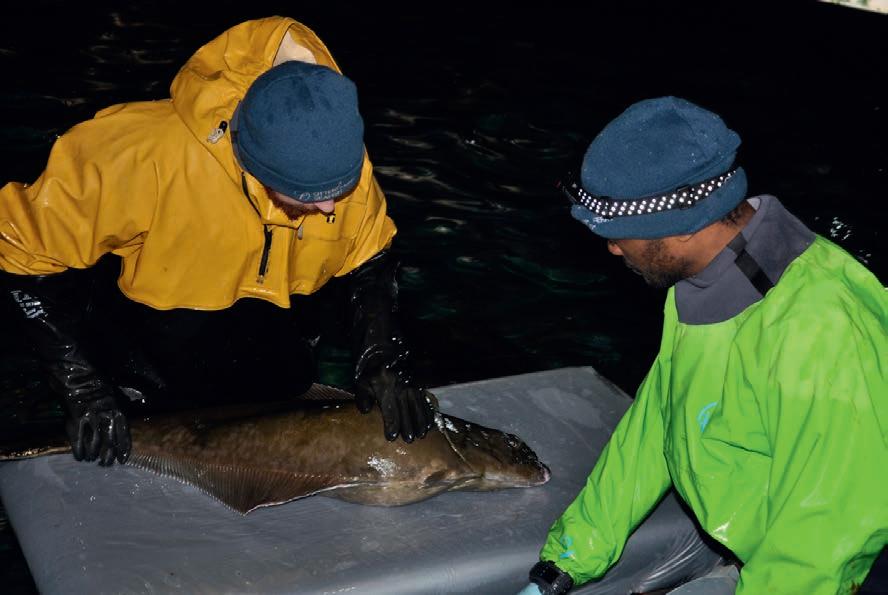
Barge believes that there is still a very exciting opportunity for




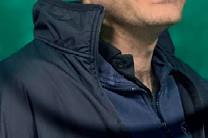
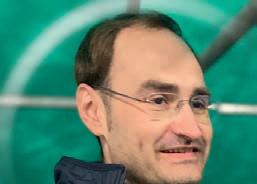
a halibut venture in Scotland using a combination of land and cage technology in carefully selected locations, with optimum conditions. Smaller sea loch sites that were formerly salmon farms and are now too small for full-scale production would be “ideal” for low-impact, premium halibut production, he says.
Cleaner fish


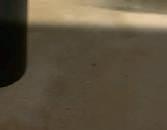
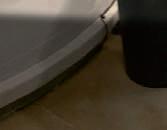


Ballan wrasse also have a reputation for being hard to farm. The current Otter Ferry broodstock are wild fish, caught in 2009 and 2010, and some likely to be as old as 30 now. They are held in tanks with a female-to-male ratio of 6:1. Unlike the halibut, the fish are not stripped of eggs. Instead, during spawning season they lay their eggs onto strips of carpet laid at the bottom of the tanks.
Arthair Gordon, Ballan Wrasse Breeding Programme Manager, explains: “Every 24 hours, the carpets are checked for eggs. I hook the carpet out, check it and grade it 1 to 4, for the number of eggs. We could have up to 40,000 per carpet.
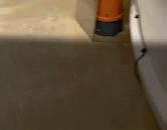
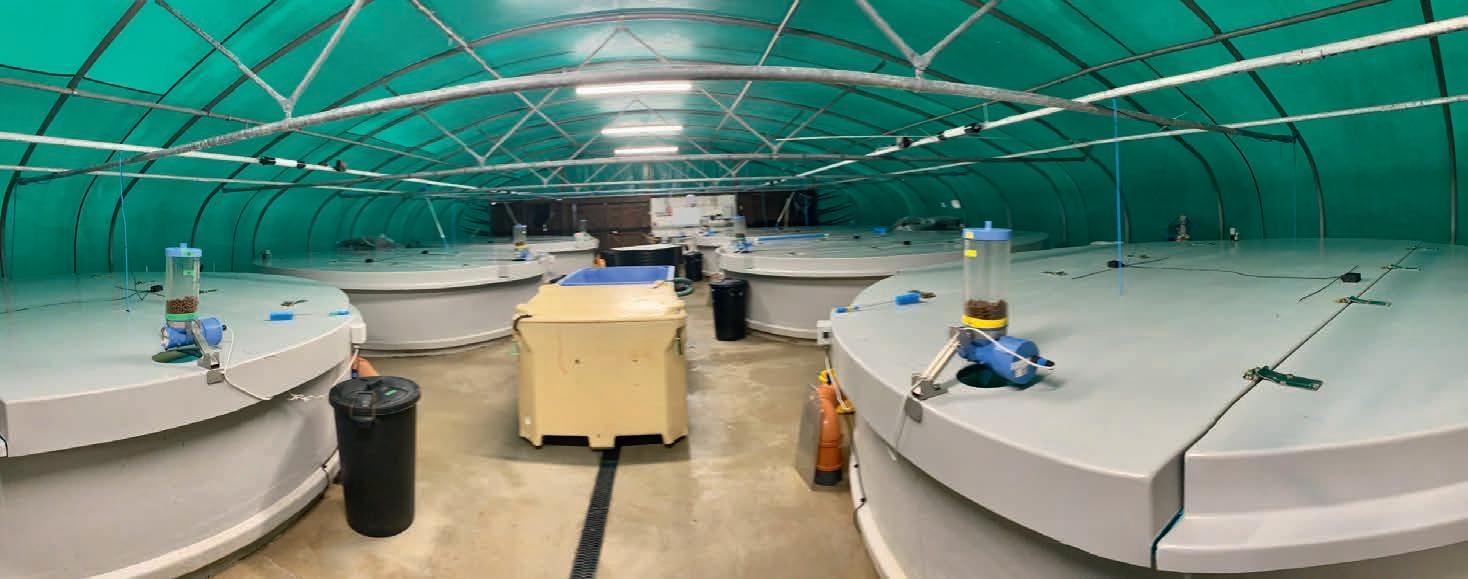
“In the peak of the spawning season, we could produce 350,000 larvae a day.”
The spawning season is managed using photoperiods to stimulate nine months of spawning rather than three as in the wild. The eggs hatch around seven days after fertilisation and the juveniles start feeding


We had done the most difficult thing first
after 10 days once their yolk sacs are exhausted. Figuring out exactly what to feed them has been critical to Otter Ferry’s progress – the larvae are fed barnacle larvae and rotifers, depending on their stage of development, or dried feed plus barnacles.
Otter Ferry grows its own rotifers and buys in cryopreserved barnacle larvae, from Norway, which revive once thawed. The feed regime also includes brine shrimps (Artemia).
The Otter Ferry team have been learning as they go for over 20 years. Barge says: “Nothing is easy, but probably the easiest part was the broodstock and the hatching; the trickier bit is the first feeding and weaning.

“We place 600,000 larvae into one of these tanks and we are aiming to get 100,000 little guys out. The eggs and larvae are so small compared with [those of] salmon. But we’re improving all the time. In other marine species, we’ve got survival up to 25% and we’re now at 9%.[with the wrasse].”
After the nursery, the wrasse juveniles are transferred to larger tanks to grow to 50 grams, the size needed for deployment in salmon cages. It is a two-year process.
William Downs, Cleaner Fish Production Manager, says: “The building is relatively new so we are still developing our procedures. It’s like its own little fish farm in here – it’s all self-contained.”
The wrasse are wary creatures and the Otter Ferry team have made artificial hides to simulate the kelp fronds in which they would shelter in the wild. Hand feeding also helps them to get used to the presence of humans. The flow of water in the tanks prepares the wrasse for currents at sea, and prior to deployment photoperiods are adjusted to match natural daylight, all of which helps to ease the transition to the very different environment of a salmon cage.
Vaccination is also key to survival. The inoculation regime is determined by the customer’s requirements, depending on where the wrasse are to be deployed.
Water temperature is also important. A 1.5mw heat pump system transfers heat from seawater in winter to warm the tanks. The byproduct, chilled water, is used to chill halibut broodstock.
Otter Ferry is now the only wrasse hatchery in Scotland (Mowi is also producing wrasse in Anglesey – and lumpfish in its joint venture, Dorset Cleaner Fish).
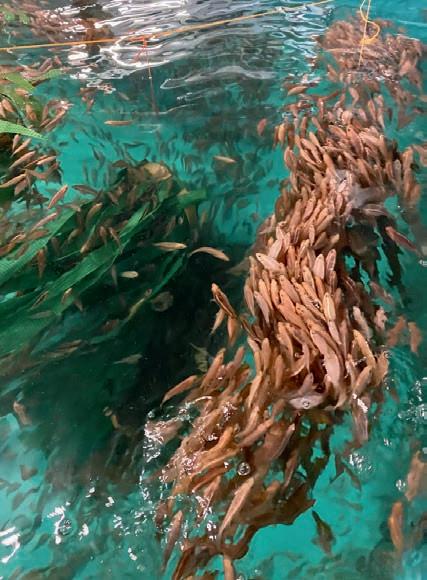
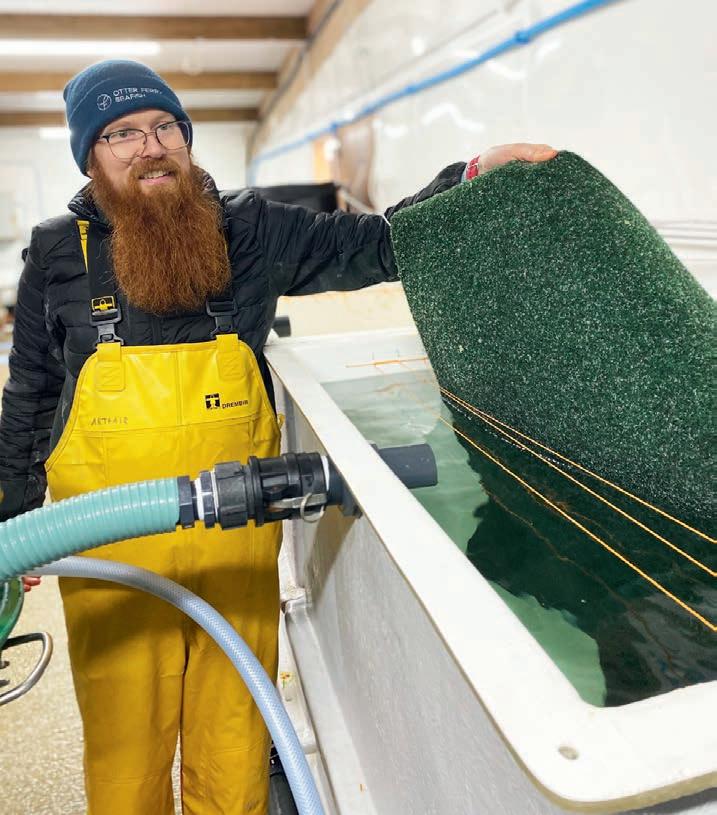
Lumpfish have also been part of the business for the past seven years, but now a key customer has decided not to continue using this species.



Lumpfish are easier to rear than wrasse, and are effective cleaners, but they are harder to separate from salmon during treatment or harvest. When salmon are being transferred to wellboats, for example, the lumpfish have a tendency to get stuck in the pumping and filter system.
Currently only one major producer in Scotland continues to use this species as a cleaner fish, so the production at Otter Ferry is being wound down. The lumpfish facilities are suitable for a variety of uses, including increased wrasse production, providing more dedicated research facilities or going full circle and using them for salmon broodstock.
Left Wrasse and the “kelp” hides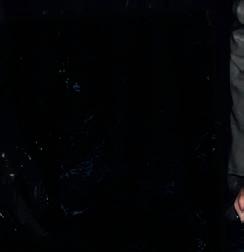


The latest infrastructure investment at Otter Ferry was completed in December 2021 as part of a new role for the company as a research establishment. The Marine Aquaculture Innovation Centre is a joint project supported by the Agri-EPI Centre, a government body set up to help develop, fund and commercialise new precision agricultural technologies.
The facility is configured to undertake a wide range of studies, such as evaluating feeds and novel ingredients, stocks and strain evaluation, pharmaceuticals, instrumentation testing, and validation of operational welfare indicators.”
The trials facility comprises six 20m3 and twelve 2m3 aquaculture rearing tanks equipped with programmable lighting, automatic feeding, and oxygen and pH monitoring systems. All tanks are supplied with filtered, UV-disinfected seawater, with waste-feed collectors fitted to the outflows. The facility is suitable for rearing diverse species including finfish and non-finfish, including cleaner fish, microalgae, shellfish and seaweed, and the larger tanks can replicate sea currents with an adjustable flow of water.
Alastair Barge says: “We can do trials with smaller fish in the 12 tanks in triplicate, so we can do four different regimes or diets, and we can also take fish up to 6kg, harvest weight in the bigger tanks.”
Eduardo Jiménez-Fernández, Otter Ferry R&D Manager, oversees the MAIC, which is currently running a trial with salmon on different feed regimes. By running the tests in a land-based facility, they can avoid any other complicating factors that might skew a trial in pens at sea. Everything, from lighting to temperature to water flow, can be controlled in a way that would be impossible for trials in sea cages.
Jiménez-Fernández explains: “The advantage is that we can
minimise any changes in the environment. All of the tanks have the same flow, and we can control the temperature and the light intensity. So the only change is the fish feed.”
The current trial involves salmon from Cooke Aquaculture, but previous trials have been carried out for Mowi.
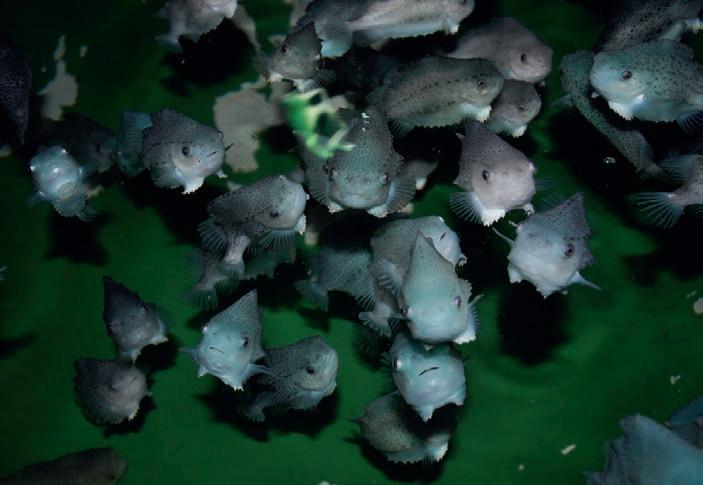
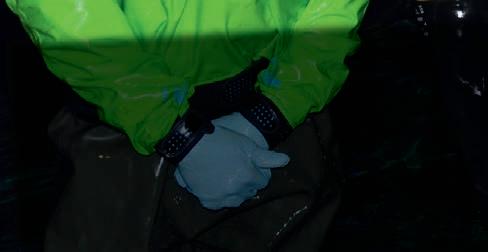

Barge notes: “A fraction of a percentage improvement in FCR [food conversion rate], or the cost of a diet, makes a big difference in terms of pounds, shillings and pence.”

Otter Ferry has also been working with a consortium of partners including the University of Stirling’s Institute of Aquaculture, with salmon producers Loch Duart and support from the Sustainable Aquaculture Innovation Centre (SAIC), on a study to determine whether the personality of individual ballan wrasse makes them more or less effective as cleaners.
Otter Ferry’s original tanks can still be seen on the site as a reminder that the business goes back a long way, but Barge and his team are very much focused on the future. One thing that has been a constant is a willingness to operate at the cutting edge of fish farming. While the requirements of the market will no doubt continue to shift as they have already, the exceptional expertise built up at Otter Ferry suggests this will be a key site for aquaculture for many years to come.
The advantage is that we can minimise any changes in the environment
Scientists at the Washington Department of Fish and Wildlife (WDFW) have acquired a second Saab Seaeye Falcon underwater robot. The Seaeye Falcon is used to conduct surveys of marine fish and invertebrates in Washington’s Puget Sound, where some rockfish populations (see photo, right) were fished to levels that threatened extinction. The surveys are also used to provide information on the unique geological features in Puget Sound.
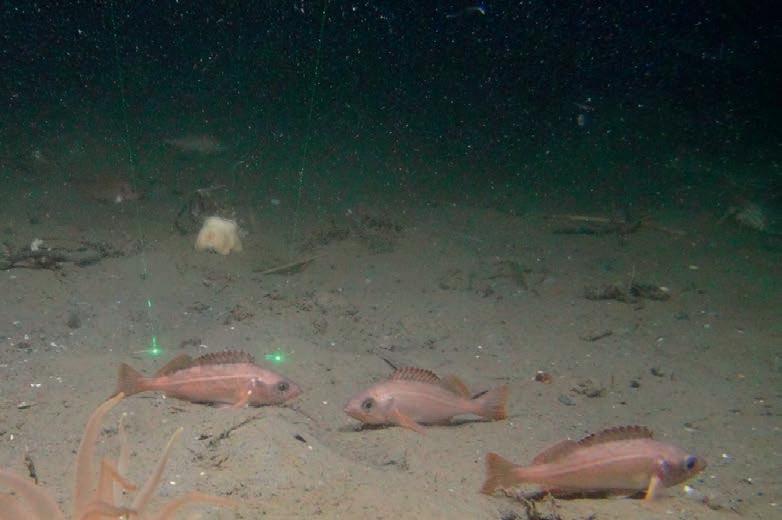
Specialised equipment fitted to the Falcon include a pair of parallel lasers and a stereo camera for assessing individual fish size and the density of fish. An Imagenex multifrequencing gyro-stabilised sonar is used to identify target habitats and avoid uncharted obstacles.
Oban-based business Tritonia has been selected as one of the companies to take part in the Scottish government’s CivTech8 accelerator scheme. The programme, which aims to encourage innovation in digital public services, is an intense 15-week period of fast-track product development focused on specific challenges.
The challenge Tritonia will be addressing is “How can technology help us better assess and identify projects and opportunities that will improve and increase investment in Scotland’s marine natural capital?”. Tritonia has developed solutions using georeferenced photogrammetry, an emerging technology that enables marine environments to be reliably quantified and monitored.
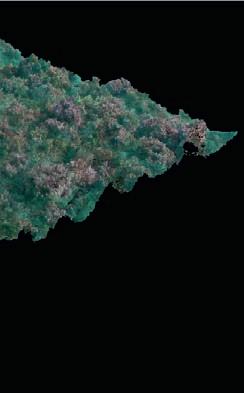
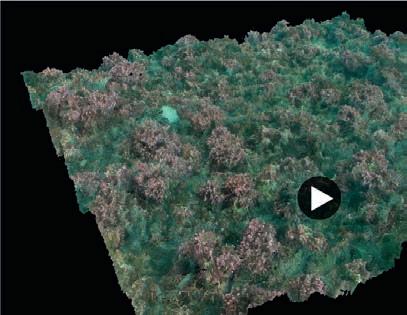
Environmental organisation The Nature Conservancy (TNC) has developed a global mapping application to assess the state of “blue carbon” around the world in the form of mangroves, seagrass and salt marshes. The Blue Carbon Explorer makes use of satellite data collected on a daily basis by tech business Planet. TNC integrates field-collected data from drone and satellite imagery, including Planet’s PlanetScope and SkySat imagery, to visualise and identify key areas for restoration and protection. Gathering better information on mangrove resources in particular should help efforts to make shrimp farming more sustainable.
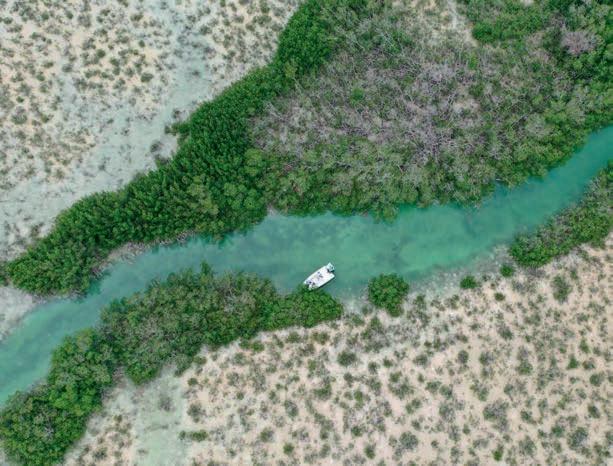

An ongoing project aims to help streamline the identification of species on the seabed.
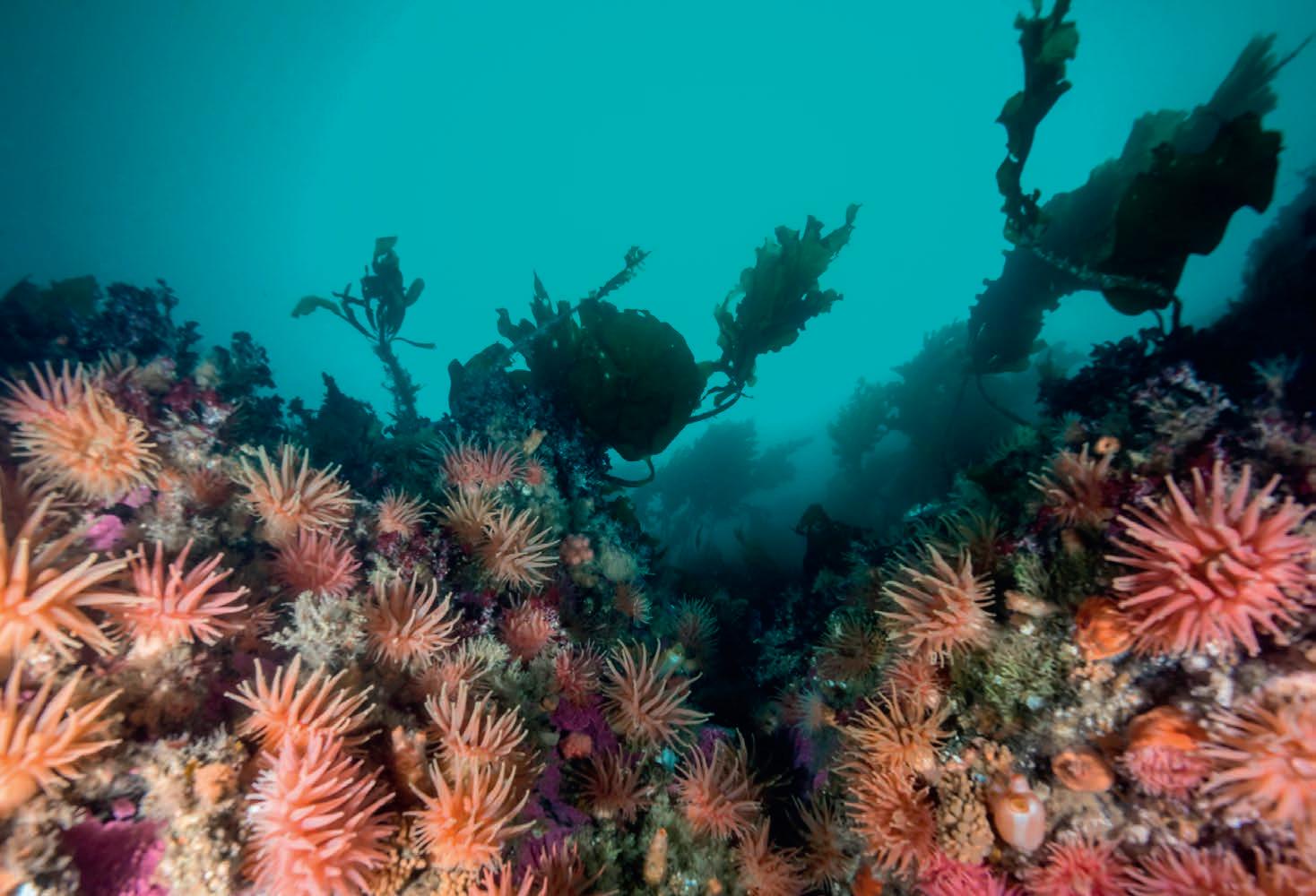 By Robert Outram
By Robert Outram
It is often said that we know more about the surface of the Moon than we do about the deep places of the ocean. In fact, though, even shallow coastal waters can present a challenge when trying to get an accurate picture of what lies beneath the waves.
The “SEA-AI” research project being led by the Scottish Association of Marine Science (SAMS) aims to help tackle that challenge, enabling the collection of high-quality seabed-imagery and its rapid, cost-effective analysis in order to facilitate consistent and transparent decision-making, to the benefit of the entire Scottish aquaculture sector and beyond. The primary funder for the project is the Sustainable Aquaculture Innovation Centre (SAIC).
The project addresses the objectives of the Scottish Government and its “Strategy for Marine Nature Conservation in Scotland’s Seas”, which has been developed as part of delivering obligations under the Marine (Scotland) Act 2010. The Strategy requires the identification www.fishfarmermagazine.com
and protection of Priority Marine Features (PMFs). Under the National Marine Plan (2015), key regulatory and advisory bodies such as SEPA and NatureScot (NS) must consider these PMFs in relation to evaluating proposed marine developments including fin-fish aquaculture and offshore energy developments.
PMFs particularly relevant to aquacultureimpacts include beds of maerl (a purple-pink hard coralline seaweed that forms spiky underwater “carpets” on the seabed, known as “maerl beds”) and bivalves, northern sea fan and sponge communities, seagrass beds and polychaete aggregations. The fireworks anemone (Pachycerianthus multiplicatus), a large burrowing anemone that lives all along the west coast of Scotland, is also a priority.
The analysis of seabed video footage plays a key role in the assessment of likely impacts of planned aquaculture developments (including expansion proposals) to PMFs. To make this assessment, SEPA/NS require applicants to
The advantages of an AI-based system… are speed, accuracy, reduced costs and more consistent results
submit video footage of the seabed around the proposed development site.

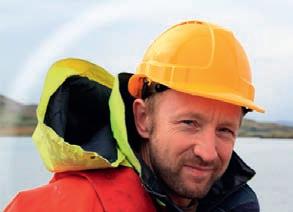
Currently, in assessing the application, the supplied footage is manually reviewed, sometimes frame-byframe, a task which is timeconsuming, costly, subject to analyst-bias and which can result in rejections (and re-survey requirements) where it does not meet quality standards. Under new (draft) guidelines, SEPA is quadrupling the amount of seabed imagery required in support of site expansion proposals and developing new sites.
The SEA-AI project aims to address this through using artificial intelligence (AI) and machine learning. SAMS is applying the latest developments in AI, particularly convolutional neural networks (CNN) to develop protocols and algorithms enabling cost-effective, accurate, rapid, and consistent seabed-image collection and analysis that will facilitate timely, transparent decision-making.
The project is intended first, to deliver image quality assessment algorithms, and the SAMS team are also writing SOPs (standard operating procedures) for optimising surveys for subsequent AIassisted analysis. This could replace image quality assessment, because the SOP ‘guarantees’ that the image quality is appropriate.
The aim is also to generate georeferenced ortho-mosaics, that is data “mapping” the seabed and what lives there, in a visual format.
The project started in July last year and is due to complete in June 2024. Dr Tom Wilding is a benthic ecologist and statistical modeller with SAMS. He explains: “The project is around halfway through so far.
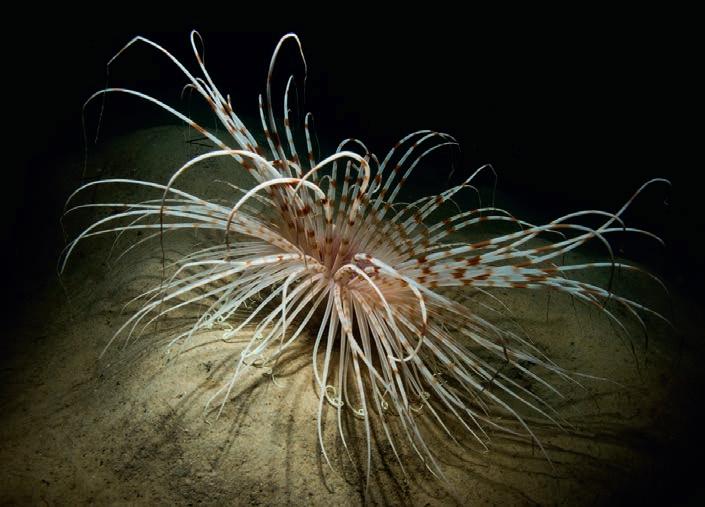
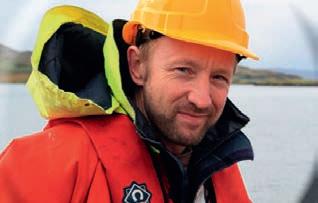

We are looking at footage gathered by SEPA, Scottish Sea Farms and Bakkafrost Scotland [formerly the Scottish Salmon Company] and extracting relevant imagery. The aim is to identify key species.” Rather than programming the computer, the process involves training the machine on numerous annotated images in which the targeted PMFs have been identified, and then letting it attempt to identify those same PMFs in new images not seen by the machine. By then either confirming or rejecting the computer’s conclusions, the machine is able to learn and apply increasingly accurate judgements as to what PMFs it is looking at.
Tech-savvy gardeners already make use of widely available apps to help identify plants., based on a similar concept. For the marine environment, however, this is not as simple as it is in your back garden. Dr Wilding says: “Underwater there are the unique problems of turbidity and the challenge of dealing with different light quality. We are also looking at footage
Clockwise from far left: Cold water coral and anemones; Dr Tom Wilding; firework anemone.
taken using different camera and lighting set-ups.”
Since the partners in this project are sharing video from a variety of different underwater vehicles and cameras, one important aim of the project is to develop an algorithm that can work across video from different sources and of different quality.
It’s a painstaking process but in the long run the advantages could be significant. As Dr Wilding puts it: “The advantages of an AI-based system, compared with human analysis, are speed, accuracy, reduced costs and more consistent results.”
Standardising the approach so that it can be used by different organisations is also important.
SAMS has pledged: “Working with our partners… we will embed these new approaches into the sector via SEPA/Nature Scot published guidance documentation and will make available the trained CNN to any user. By demonstrating the potential of CNNs, we will deliver a transformation in the demonstrably sustainable development of the global aquaculture sector, including that based in Scotland.”









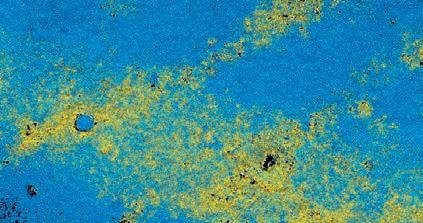




Anew research and development project, recently funded by the Seafood Innovation Fund, is set to transform the way seabed monitoring is undertaken in the near future.
Over the next 18 months, Tritonia Scientific, a company based near Oban that specialises in integrating emerging underwater technologies, will deliver a series of industry-relevant demonstrations of their new seabed monitoring and mapping systems. The project will be focused on a technique called “georeferenced photogrammetry”, a method that links image capture with underwater mapping. Photogrammetry creates 3D computer models from standard imagery, producing accurate records of features and environments. It is ideal for surveying underwater as the water “disappears” from the models to reveal significant areas of the seabed previously unseen. The models can be viewed as digital twins of the underwater targets and provide indisputable data on which to base more informed decision making.
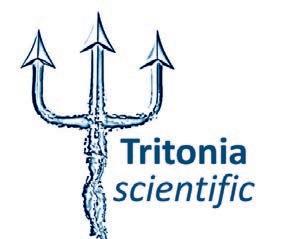
“Photogrammetry is rapidly becoming a routine underwater monitoring tool with many different applications” says Dr Martin Sayer, managing director of Tritonia, “but the key innovation in this project combines digital seabed modelling with precise underwater georeferencing. This will mean two things: you can return to survey areas easily and routinely in order to measure exactly what changes are occurring and where, but it also improves underwater navigation in ways that support near-autonomous surveying. Together this will deliver step-change increases in the efficiency and reliability of monitoring ever-larger areas of seabed.”
The research will be based on using cost-effective observation class ROVs (remotely operated vehicles) integrated with through-water acoustic tracking devices that have been modified by Tritonia to markedly improve accuracy and precision. Although the techniques being used need only one camera, the objectives include designing and building new stereo-camera units that can be attached to other types of ROVs making the technology accessible for other operators. The fact that the resulting seabed models are digital will accommodate varying levels of automation in the way information is collected from them. Use of advanced machine-learning processes will support rapid identification and measurement of target species or seabed types. The digital formats of the surveys, when georeferenced accurately, will make time-series analyses possible by automatically
This page from top: A small part of a seabed survey close to a salmon farm, consis�ng of a photogrammetry orthomosaic combined with an auto ID example highligh�ng accumula�ons of maerl (yellow); Middle A Blue Robo�cs ROV opera�ng with through-water acous�c tracking in low-light condi�ons; Above Dr Mar�n Sayer, MD of Tritonia Scien�fic
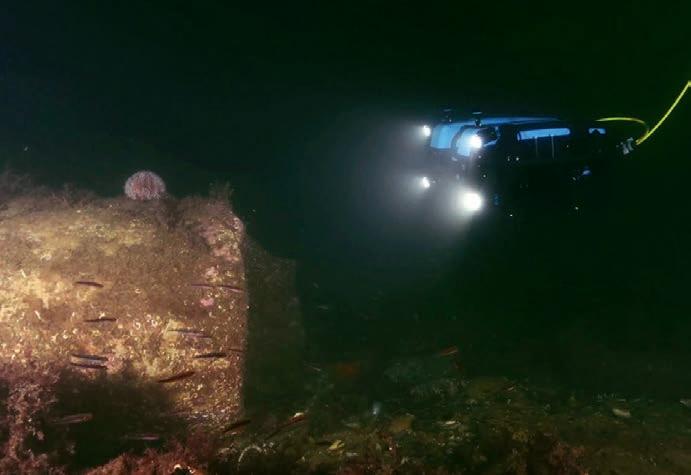
comparing exact overlays of the data. A core deliverable of the project will be a series of demonstrations of 3D seabed mapping around active finfish production sites operated by MOWI, the industry project partner, with specific emphasis on locations associated with hard substrate seabed and/or priority marine features.
“Currently we can survey and model about 5,000 m² of seabed daily”, says Dr Sayer, adding: “We are confident that this new R&D effort will increase these areas at least tenfold, and without much additional processing time because we will be developing more advanced machine-learning processes.”

In their support for the project, representatives of salmon producers have acknowledged that there is a sector desire to have tools that better assess hard substrates in order to determine environmental compliance. Likewise, regulators consider that producing a photogrammetry tool for surveying and monitoring hard substrate benthic habitats has the potential to be used for regulatory purposes.

The key innovation in this project combines digital seabed modelling with precise underwater georeferencing
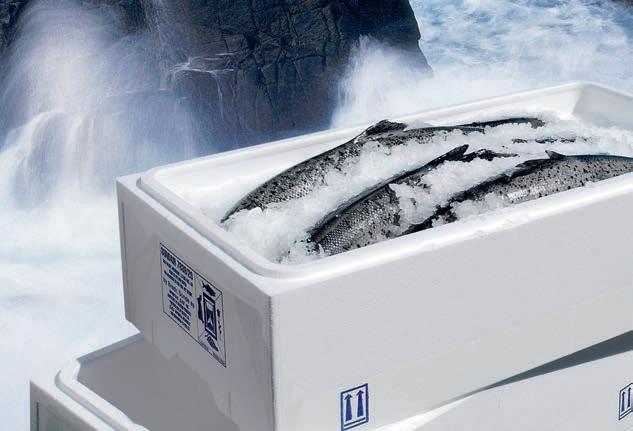

Seafood brand Fish Said Fred has revealed new packaging across its 17-strong range of “responsibly sourced” fish, which features cod, haddock, sea bass, sea bream, lemon sole and hake. The new design features a stripped back look that delivers the brand’s concise messaging and clear USP signposting whilst maintaining its distinctive “kaleidoscope of colour”. Food photography takes centre stage, and new QR codes direct consumers to recipes on the brand’s new website recipe hub. The redesign has been handled by Chilli UK.
Sundolitt is delighted to have been awarded the British Retail Consortium (BRC) AA+ rating for its Glasgow site. This is a significant achievement and the highest possible grade, only achieved through passing scheduled audits and also an unannounced audit. The BRC Standard largely relates to product safety and provides assurances to Sundolitt’s customers that the company follows similar protocols to theirs, to ensure there is no contamination within the product. Currently awarded an A rating, the Fort William site hopes to achieve the same rating and the team are anticipating an unannounced audit later this year. Sundolitt sees this accreditation as an important message to its customers, showing the company’s commitment to high standards of quality and hygiene.
The global eco-friendly food packaging market is expected to reach a size of US $380bn (£305bn) by the end of 2032, according to Fact.MR, a market research business. The firm’s report says eco-friendly food packaging is expanding as a result of rising consumer awareness of the harmful effects of using single-use and non-biodegradable plastic goods for food packing, and the food business is switching to products manufactured from paper or compostable substitutes for single-use plastic straws, lids, closures, caps, cups, and food trays. Fact.MR says the demand for reusable packaging is projected to rise by 7% annually from 2022 to 2032, from a base in 2022 of US $190 bn (£153bn) in 2022.
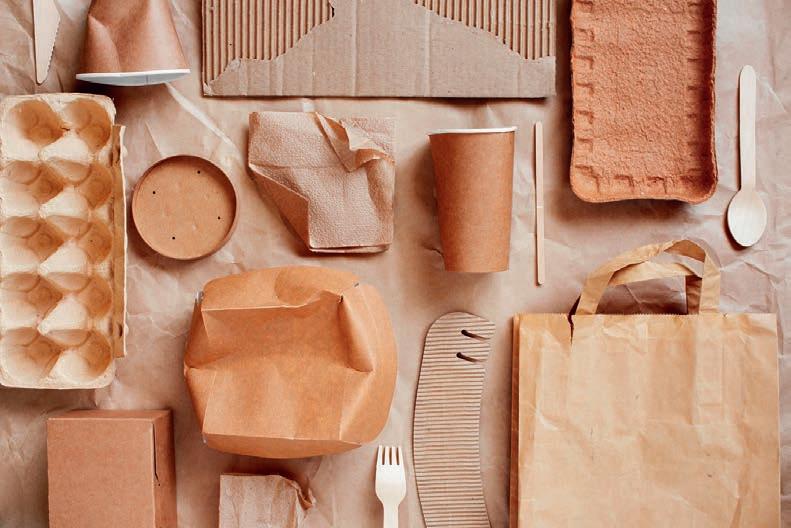
Scottish salmon was the UK’s biggest food export in 2022, generating sales of £578m. But there is a catch to this success − the packaging used to transport it.
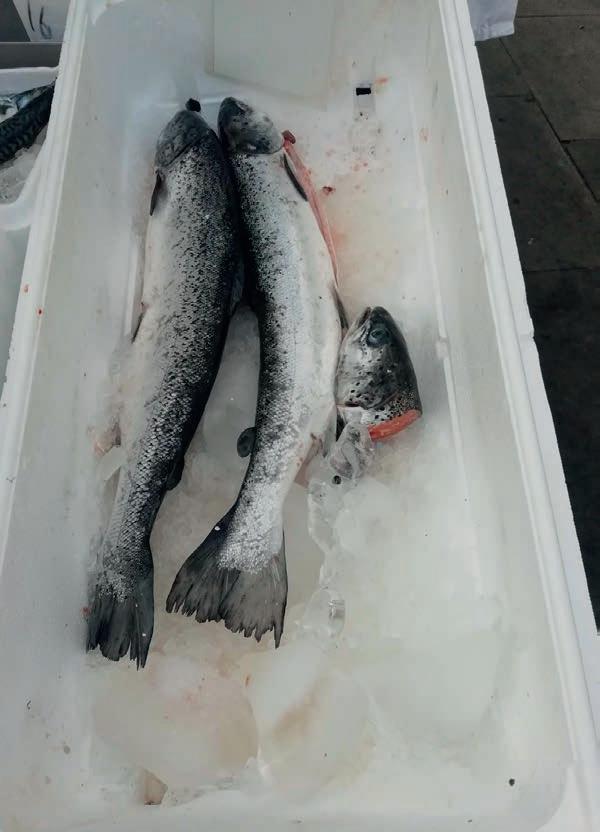
While expanded polystyrene (EPS), the current industry standard, has its advantages, it has disadvantages too. Although it is light, watertight and keeps the fish cool and safe all the way to its customers, it’s also bulky and tricky to return. And while it can be recycled, this doesn’t always happen in practice.
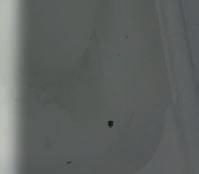
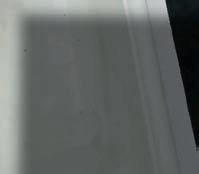

Use of EPS can therefore have repercussions for the environment.

As Dr Clare Cavers, Senior Projects Manager at environmental charity Fidra, says: “Polystyrene is one of the top 10 most commonly found items in marine litter. It breaks up easily and can be mistaken for food by aquatic and terrestrial wildlife.”

However, the fish farming industry is making changes – and momentum is gathering. Salmon Scotland’s sustainability charter, A Better Future For Us All, published in November 2020, committed the sector to “work towards using 100% reusable, recyclable or biodegradable packaging”. The panel discussion at its event, “Packaging: Overcoming the Challenges”, during the COP 26 climate conference in Glasgow in November 2021 explored the issues further, concluding that seafood producers and processors need to work together to improve sustainability.
Reflecting on developments since this event, Cavers, a member of the panel, comments: “Awareness of the issues is increasing, leading to exploration of and change in supply chains. Several fish farmers have moved to reusable bulk bins or polypropylene boxes in their supply chains with UK retailers.”
For example, Organic Sea Harvest, the Skyebased independent salmon farming business, is progressing its sustainability aims through the use of a fully compostable packaging called CF422. The company’s goal here is to reduce its
net greenhouse gas emissions by cutting the energy required at the packing stage and avoiding use of microplastics. The material used is partly made of calcium carbonate, so it decomposes similarly to eggshell.
So, how else can fish farmers tick all the right boxes for packaging their produce sustainably? Cavers says:
“Our hierarchy of packing preferences recommends that reusable/refillable packaging is best, followed by recyclable/ compostable.
“Switching from EPS to alternatives made from polyethylene and polypropylene material, for instance, could create reusable and 100% kerbside recyclable products.
“Compostable products, and packaging made from mushrooms, are additional potential alternatives. However, both face a similar issue to EPS in that the waste infrastructure to collect and process them is not widely available.”
Alternatives to EPS fishboxes were outlined in a 2021 report, commissioned by Fidra, including single-use plastic EPS, single-use plastic “other”, single-use corrugated cardboard, single-use corrugated cardboard with liner (insulation panels) and reusable solid plastic packaging. Cavers says: “In general, our report found that the alternatives score better in terms of overall CO2 footprint and environmental costs, especially for reusable solutions.”
But there are caveats, as she adds: “A significant factor to be aware of is chemicals that may be used in alternatives, such as the use of PFAS (per-and polyfluorinated alkyl substances)
The introduction of an EPR for packaging could be a gamechanger
To be more sustainable, producers may have to think outside the box. By Fiona Nicholson
on cardboard packaging, which can have environmental and human health impacts.”

Hugh Drever, Managing Director of Sales at Organic Sea Harvest, also points to some issues with cardboard, as he observes: “Customers want to get rid of EPS, but cardboard doesn’t work. It’s not waterproof or strong, and if you coat it in a thin layer of plastic, it’s not recyclable.”

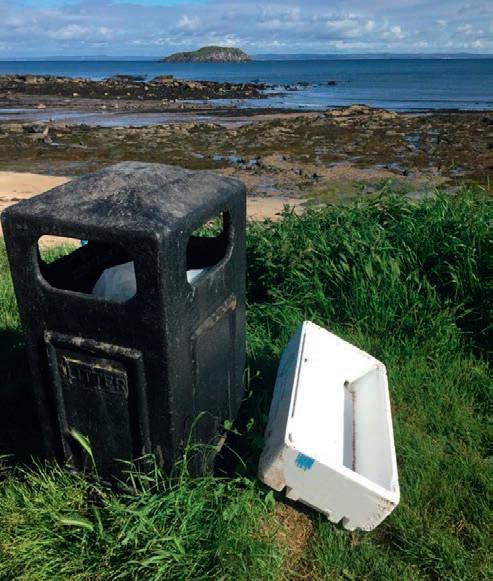
Packaging is also under the spotlight with the introduction of government reporting requirements for extended producer responsibility, which came into force at the end of February.
Extended Producer Responsibility for Packaging (EPR) will require firms that supply household packaging to be responsible for the costs of dealing with packaging waste. This means that packaging producers will have to pay for the collection and disposal costs of the household packaging they supply when it becomes waste. The goal is to encourage them to reduce the amount of packaging produced (12 million tonnes in the UK in 2020) and to improve the recyclability of their packaging.
All packaging producers in the UK (excluding Wales for the moment) must now collect information on the amount and type of packaging they have supplied during the year. Producers whose turnover exceeds £2m and who handle more than 50 tonnes of packaging per year will have to provide this information twice a year. The first reports are due from 1 October.

Obligated producers in all the UK nations will need to create an account with the “Report packaging data” online service. This has been developed and funded by DEFRA and will be used by the UK regulators. The service is not open for registration yet.
Claire Shrewsbury, Director of Insights and Innovation at the Waste and Resources Action Programme (WRAP), said: “The introduction of an EPR for packaging could be a game-changer. If done effectively, it could reduce the impact packaging has on the environment by regulating material use and increasing recycling.”
She added: “For EPR to work it must serve all – producers, local and central government, recyclers and the public.”




 Clockwise from far left: Sco�sh salmon in EPS box; EPS fishbox on the beach; EPS packaging is o�en not recycled; Dr Clare Cavers
Clockwise from far left: Sco�sh salmon in EPS box; EPS fishbox on the beach; EPS packaging is o�en not recycled; Dr Clare Cavers
For a long time, aquaculture’s ‘environmental holy grail’ has been a solution that completely cuts out – or at least greatly reduces – the use of EPS boxes when moving salmon from primary processing to customer.

With legislation on waste disposal tightening under the Extended Producer Responsibility Act, 25kg polystyrene boxes are an obvious target for higher fees in years to come, thanks to their single use and difficulty in recycling.
The need, then, to find new solutions in the packaging of fresh HOG salmon that meet environmentally-friendly criteria – and also keep product safe – is urgent.
Packaging Solutions Scotland Ltd’s S-Bin goes a long way to providing that solution.
Not just a simple container, the S-Bin is a complete storage system comprising three main components: pallet base, lid and side wall.
Flexible, lightweight, recyclable and designed with the fish farming industry in mind, the S-Bin solves many problems faced by salmon processors:
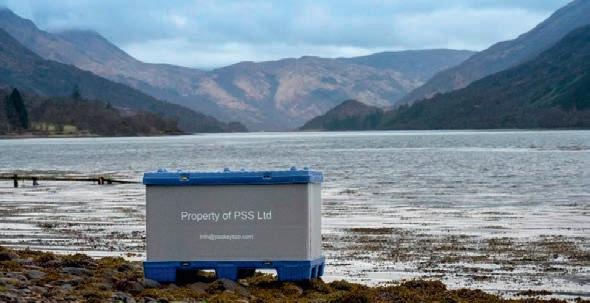
• Reusable – The S-Bin is designed for re-use, with bases and lids lasting several years and side walls good for 20+ round trips. Easily washable, you can be assured of the freshness of product with every delivery.
• Storable – The unique collapsable design means 13 empty bins can be stored in the space of one full bin, meaning there is no longer a requirement to store masses of polystyrene, pallets and shrink wrap.
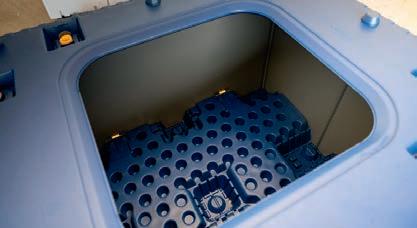
• Economical – S-Bins are offered on a rental basis, saving time and money when it comes to sourcing consumables or replacing bins at the end of their lifecycle.
• Transportable – Packaging Solutions Scotland Ltd works with fish processors to provide a full logistics package, ensuring product gets from A to B without a hitch.
• Environmental – savings of up to 78% CO2 have been reported by customers when using S-Bins in place of equivalent polystyrene boxes and wooden pallets.
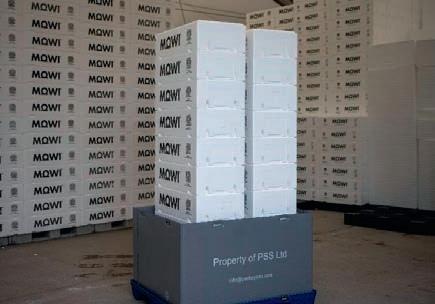
The use of the S-Bin is not the complete antidote to EPS boxes, however goes a long way to addressing issues faced across the industry.
The returnable nature of the S-Bin leads it to be best suited to businesses transporting a regular large volume of fish from primary to secondary processing facilities, often under contract.
In these situations, processors have found productivity increased – as well as the removal of headaches surrounding the disposal of 25kg polystyrene boxes.
Issues such as including drains blocking with beads and space restraints for collating and compacting packing materials are now a thing of the past.
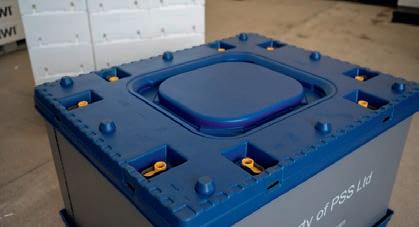
Gary Paterson, head of operations at Mowi Consumer Products, Rosyth, said: “The use of the S-Bin solution at our facility in Rosyth has significantly increased our productivity within the operation.
“We handled approximately 46,000 bins last year, instead of circa 880,000 EPS boxes. The fact that these bins can then be easily collapsed, cleaned and re-used many times makes this a very environmentally friendly solution that we hope to further develop with as many of our sites as possible.
“From a sustainability point of view, this is a significant step forward from using EPS in the market – and one that the Mowi organisation is very proud to have delivered here in Scotland in partnership with the Packaging Solutions Scotland team over a number of years.
“The simplicity, robustness of the bin in the supply chain. and the consistency and quality of the material have proven the concept works – and very well –from end to end.
“I would recommend any salmon processor who currently receives their HOG salmon in EPS boxes to consider this solution both from an efficiency point of view but also from a sustainability angle.”
For more information on the S-Bin and the benefits it can bring to your business, contact Packaging Solutions Scotland Ltd on info@packsysco.com or visit www.packsysco.com.
The 2023 edition of the world’s biggest seafood trade show, Seafood Expo Global/Seafood Processing Global attracted more than 33,000 industry professionals.
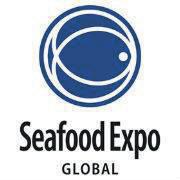
Over 25-27 April “SEG”, as the industry knows it, was back in the Fira Barcelona Gran Via exhibition centre Barcelona for the second time. With 49,339 net square meters of exhibit space, 24% more than in 2022 and 21% more than the previous largest event (held in Brussels in 2019), this year’s Seafood Expo Global/Seafood Processing Global represents the largest edition ever held — in size and attendance — in the Expo’s history. This year’s event saw the return of Chinese buyers and exhibitors, following the end of that country’s “Zero Covid” policy, which had made international travel difficult. Even with the continuing absence of Russian and Belarussian representatives (and a very limited Ukrainian presence) owing to the ongoing war, this was a record-breaking expo.
In total SEG hosted 2,078 exhibiting companies from 87 different countries, 68 national and regional pavilions and delivered an economic impact for the city estimated at 150m.
Seafood Processing Global brought together companies representing every aspect of seafood processing, including packaging material and machinery, equipment and supplies for refrigeration and freezing, primary and secondary processing equipment, hygiene control and sanitation, and quality assurance services.
The prestigious Seafood Excellence Global Awards recognized the best products represented at the Expo (see report, page 53) and a full conference programme brought together producers, suppliers, retailers, non-governmental bodies and representatives of international agencies (for more see page 54).
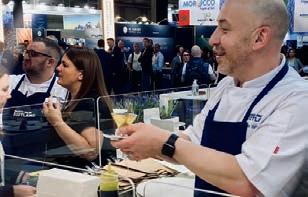
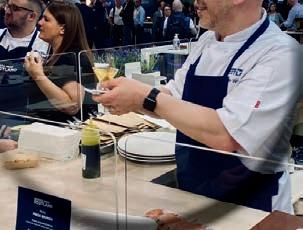
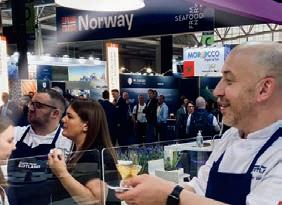
Liz Plizga, President of Diversified Communications USA, the SEG organisers, said: “This has been a busy and productive three days filled with opportunities for decision makers in the seafood industry to gather and conduct business. The unprecedented number of visitors along with a record in exhibit space continue to position Seafood Expo Global/ Seafood Processing Global as the must-attend global event in the industry.
“Exhibitors and visitors told us how pleased they were with the event’s exhibits and content, the venue and the city of Barcelona. The Expo is a valuable platform for the industry to
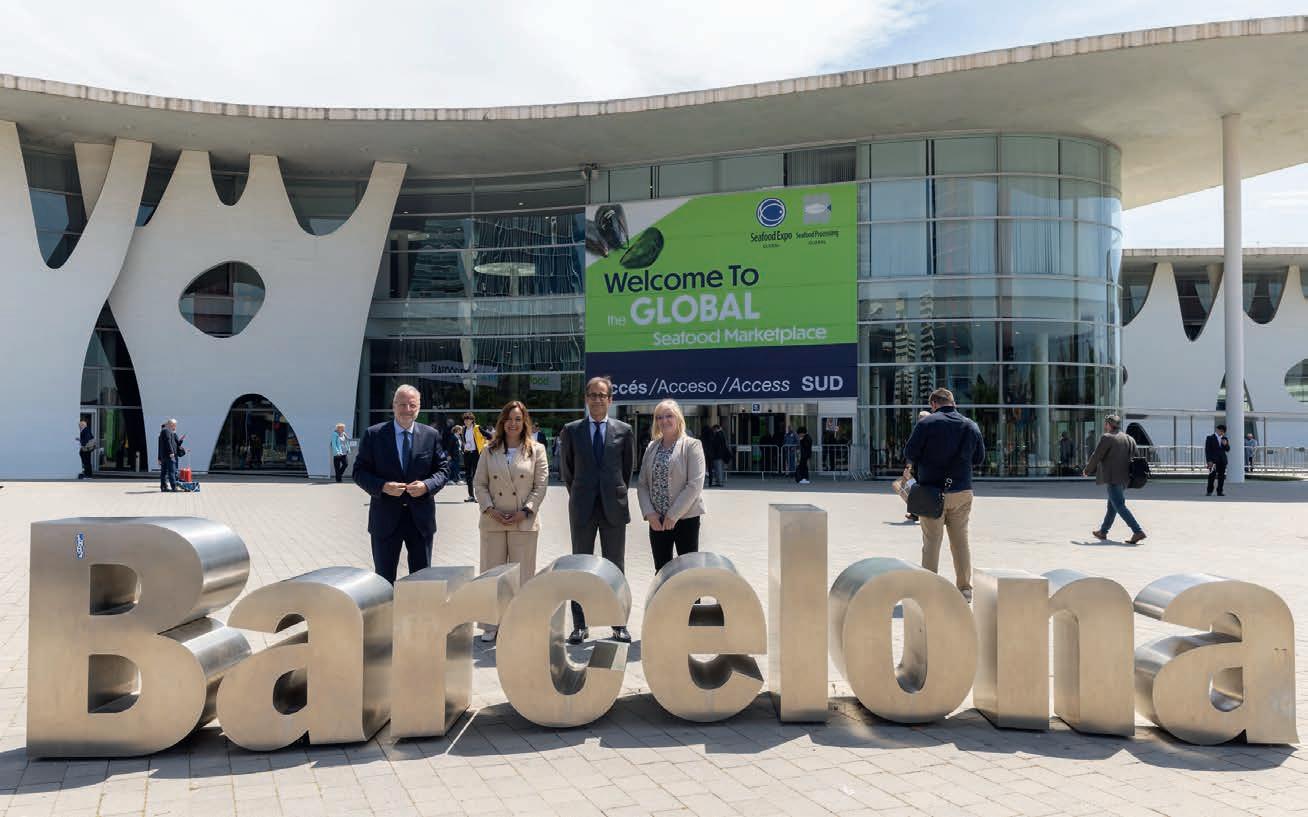
The world’s biggest seafood trade show is even bigger. By Robert Outram
do business on a global scale.”
UK seafood was well represented with pavilions for Wales, Scotland and Great Britain. The British Pavilion – jointly funded by the Department for Environment, Food and Rural Affairs (DEFRA), the Department for Business and Trade and industry body Seafish –hosted 13 companies (last year it was five).
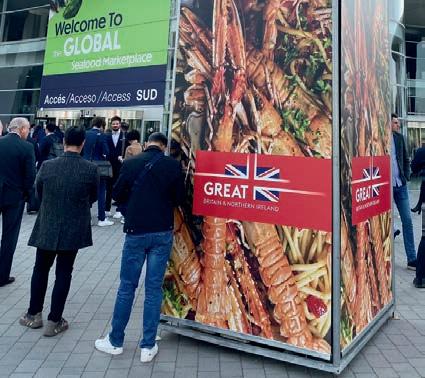
Dr Lynn Gilmore, Director of Communications and Engagement with Seafish, said: “The show demonstrates the importance of meeting people face to face, to reinforce relationships and to meet new customers.”
As well as the pavilion itself, banner posters at the entrance to the Expo this year announced the British presence.
“Team Scotland” also mustered a bigger presence than ever before, with 19 companies taking stands on the Scottish Pavilion and a further 11 having their own stands at the show. The pavilion was organised by Scottish Enterprise’s international arm, Scottish Development International (SDI) and Seafood Scotland.
Two organisations on the Scottish Pavilion, Scottish Shellfish (see page 28) and Kames Fish Farming, were there at SEG for the first time. Neil Manchester, Managing Director of Kames, said at the show: “Kames is steadily growing. We’re here to raise awareness of Kames and steelhead trout. We’re looking to build on relationships with existing customers, wholesalers looking for a steady supply and traders who we can contact when we are expecting surplus production.”
A big draw at the Scottish Pavilion was the excellent seafood being cooked up by chef Steve Walpole, with his team (Thomas Leatherbarrow, David Balastegui Gonzalez, and Natalia Echevemi). Delights on offer included beetroot cured Loch Duart salmon, langoustine pil and seared scallops with “ultrasonic scallop tartar”.
The Wales pavilion was also offering high-end seafood dishes, this time prepared by Harri Alun Williams of the Carden Park Hotel in Wrexham, showcasing the best of Welsh wild caught and farmed seafood.
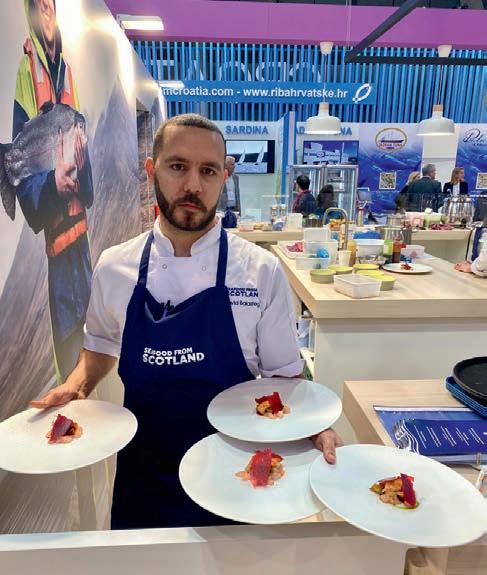
Nia Griffiths, Manager for the North Wales Seafood Cluster, said: “The human story is important, and in Wales we’ve been doing this for a long time!”
SEG was also the ideal venue to make an announce deals. For example, aquaculture support services business Frøy and NL Marine Services chose the Expo to announce that they have entered into a strategic collaboration on the exchange of aquaculture specialists, vessels and equipment with the aim of increasing the development of the service boat industry in Canada.
NL Marine Services president Blaine Sullivan said: “The experience and technical expertise from Frøy will strengthen NL Marine Services… together with Frøy, we will build local competence and
expertise, which will benefit the entire aquaculture industry.”



Despite a Canadian government openly hostile to certain aspects of fish farming, Canada is being viewed as a promising growth area by some Nordic companies.
The Aquaculture Stewardship Council and the Sustainable Fisheries Partnership also announced a memorandum of understanding, setting out how the two bodies will work closer together (see World News, page 19).

Stern notices reminded attendees that the delicious seafood on show in the Expo were not to be removed. Instead, Barcelona’s food bank, Banc dels Aliments, was invited to collect seafood products donated by the exhibitors. Volunteers visited the stands to gather seafood products, equipped with refrigerated vehicles.
Anyone doubting the world’s appetite for seafood would only need to look at the five exhibition halls of the Fira to appreciate the scale of the industry.
As Tavish Scott, Chief Executive of Salmon Scotland, told Fish Farmer: “The message we are getting from the buyers is: ‘We need more of your fish!”
The next Seafood Expo Global/Seafood Processing Global will take place in Barcelona, from 23-25 April 2024, at Fira Barcelona’s Gran Vía venue. For further information visit www.seafoodexpo.com/ global
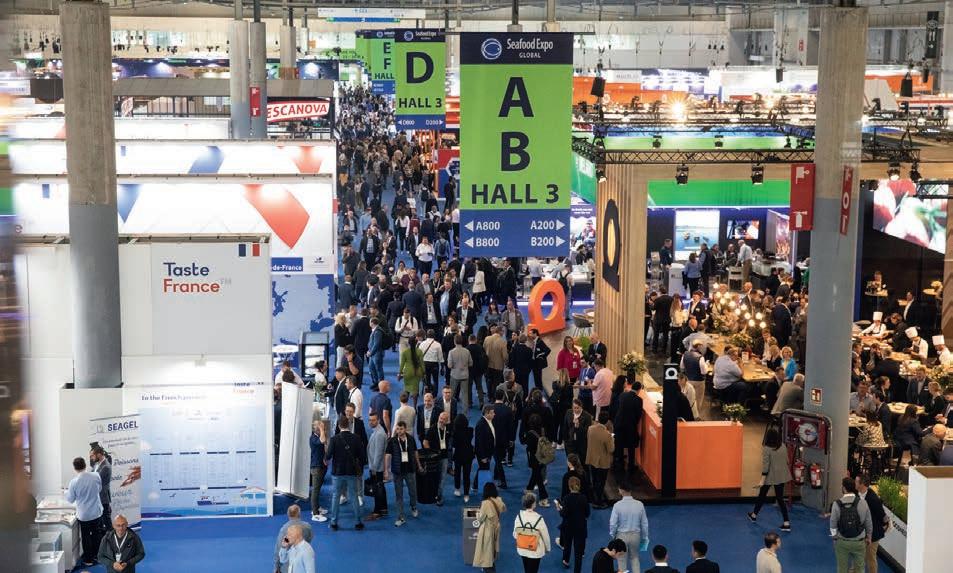
The show demonstrates the importance of meeting people face to face
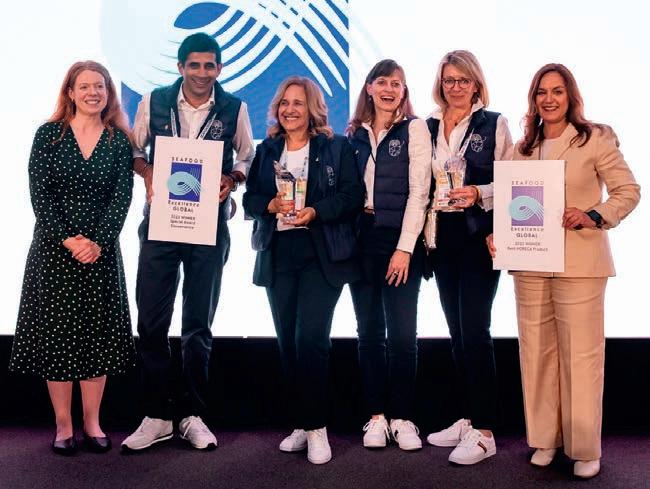
Unima Distribution of France and Vičiūnai Group of Spain were the big winners in the Seafood Excellence Global Awards, but there was also a special award for Macduff Shellfish’s Wild-caught Whole Hebridean Langoustines. The winners were selected from a field of 39 finalists and were announced yesterday evening at a special Seafood Excellence Global awards reception in Barcelona. The competition recognises the best products exhibited at Seafood Expo Global.
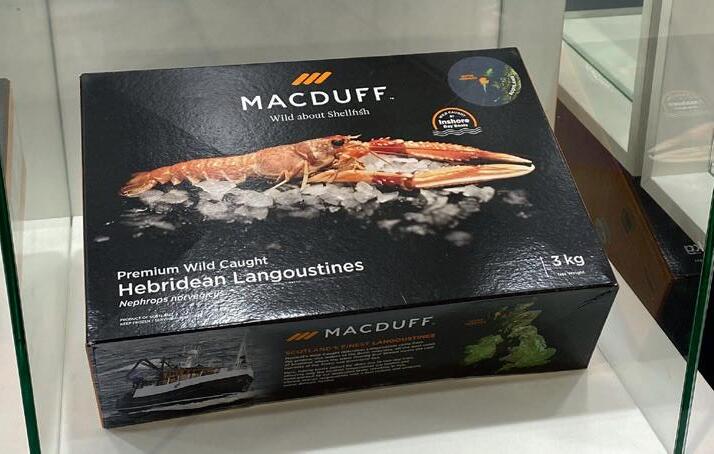
The top award for Best Retail Product was presented to Vičiūnai Group for its entry, Black Sepia Dumplings with Shrimp and Thai Broth Filling. This product wraps shrimp, spinach and a delicately spiced coconut broth in a stunning black dumpling wrapper that is coloured and flavoured with squid ink. The dumplings provide retailers with an exclusive offering that will attract consumers looking for a new seafood experience. The judges noted the high quality of the shrimp and the flavour of the broth, as well as the uniqueness of the product and the attractive package design.
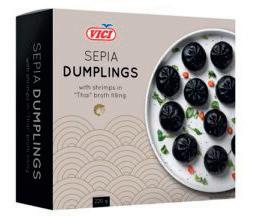
Unima Distribution won the grand prize for Best HORECA (hotel/ restaurant/catering) Product for its Organic Body-Peeled Madagascar Shrimp. These shrimps are carefully selected during growth and raised in a low-density eco-model ensuring animal wellbeing, environmental protection and community development in Mahajama Bay in northwest Madagascar. The winning variety is presented head- and tail-on with the body peeled. The judges noted the high quality of this shrimp, its excellent texture and complex, intense delicately iodised flavour.
Clearwater Seafoods & Macduff Shellfish of the UK were presented the Seafood Excellence Global special award for Health & Nutrition for their Wild-caught Whole Hebridean Langoustines. Caught in one- to two-day trips in the pristine waters of the Outer Hebrides off the west coast of Scotland, these langoustines offer a rich, vibrant orange colour, firm texture, and a sweet, delicate flavour. Aimed at top chefs around the world, they provide numerous nutrients including high-quality protein, omega-3 fatty acids, and a host of vitamins and minerals including iodine, phosphorus, copper and vitamin B12.
Unima Distribution was also awarded the Seafood Excellence Global special prize for Convenience for its Organic Body-Peeled Madagascar Shrimp. A recipient of the French “Label Rouge” designation, this shrimp provides the chef with added convenience by peeling the body but leaving the head and tail intact. The result is a beautiful presentation of head-on shrimp without much work.
Vega Salmon A/S of Denmark was presented the Seafood Excellence Global special award for Retail Packaging for its Cold-smoked Salmon in Sustainable Packaging. This premium cold-smoked salmon can help retailers and consumers meet their goals to reduce waste and recycle. The package is made with 50% less plastic and offers a clear and

concise waste separation guide on the pack to ensure proper recycling.
The Seafood Excellence Global special award for Innovation was given to HotSmoked Salmon with Cheese and Pine Nuts “Kinziukas”, also from Vičiūnai Group. Based on one of Lithuania’s best-known traditional smoked foods, this winning product substitutes salmon for meat and combines it with hard cheese and pine nuts before shaping and smoking it. The product is wrapped with twine and packaged in an attractive retail box. It can be enjoyed as a snack and also used as an ingredient in other dishes.
A line of mussel soups from Vilsund Blue of Denmark won the Seafood Excellence Global special prize for Seafood Product Line. Created to increase the consumption of mussels among Danish consumers, the line features three flavours: Thai Green Curry, Spicy Paprika and Moules Frites. This line was recognised by the judges for the overall quality of the product, the consumer appeal of the flavours, and the recyclable, shelf-stable packaging.
The panel of judges for the 2023 Seafood Excellence Global competition comprised Debby Verheyen, Retail Business Partner for Seafood and Frozen Food for Ahold Delhaize in Belgium; Daniel Diaz, Seafood Purchasing Manager for La Sirena stores in Spain; Nicholas Baroux, Seafood Director for Supermarché Match in France; Brian Legg, Senior Director of Procurement for HelloFresh International in Germany; and Paula Merrigan, Head of Purchasing for Snowfox Group in the United Kingdom. Ms. Verheyen served as chair of the jury.
From the top: The SEG Awards Winners; Unima raw frozen Organic Body-Peeled Madagascar Shrimp, Label Rouge; Vici Sepia Dumplings; Macduff Shellfish
These shrimps are carefully selected during growth and raised in a low-density eco-model
The Seafood Excellence Global Awards showcased the best and most innovative products from around the world


Megan Greene, global economist, Financial Times columnist and professor at Brown University’s Watson Institute for International and Public Affairs, delivered the keynote speech in Barcelona “Navigating the Global Polycrisis”. She addressed how different risks and factors – such as the reopening of China and global indebtedness, among others – will define the roadmap of the world economy in the coming months. Greene noted that “…the likelihood of inflation remaining persistently high is high,” a trend that will be accompanied by other plausible risks such as an impending recession or central banks breaking the markets. However, she pointed out that “business expectations and consumer confidence are improving” exponentially in a post-pandemic era and “wages remain robust,” facts that allow us to remain optimistic about a future of economic uncertainty.
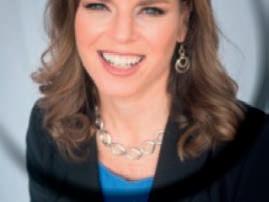
In the session “Planning around uncertainty: business strategy for uncertain times”, four chief executives compared notes on how they have managed their organisations through a turbulent three years dominated by the unexpected, from the Covid-19 pandemic to war in Europe and rocketing inflation.
The panel comprised Felix Ratheb, Sea Harvest Corporation (South Africa); Regin Jacobsen, Bakkafrost (Faroes); Joe Bundrant, Trident (Alaska) and Chris Ninnes, Chief Executive, Aquaculture Stewardship Council. The discussion was moderated by Cliff White, Executive Editor, Seafood Source.
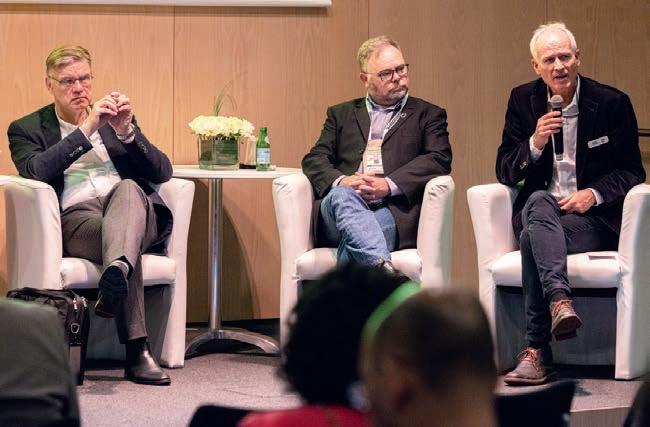
Joe Bundrant recalled how his company had prioritised employee safety and introduced its own quarantine system ahead of action by the authorities. He said: “Managing through crisis is what business is all about. I’m unbelievably proud of our organisation.”
Regin Jacobsen noted that prior to the pandemic, 40%-50% of the Faroese salmon farmer Bakkafrost’s production had gone to the restaurant trade, and with restaurants closed it was a massive task to switch half of the business to the retail market.
This page from top:Megan Greene; Manuel Barange; (from le�) Arni Mathiesen, Bre� Glencross and Dan Lee Opposite from top: Interna�onal Retail Insights; Felix Ratheb (le�) and Regin Jacobsen; Angels Segura; (from le�) Jonathan LaRiviere, Stephen Budgeon, Alf-Goran Knutsen and Kris�an Blom; Joe Bundrant (le�) and Chris Ninnes; Veronique Jamin and Dave Mar�n
He commented, however: “There are opportunities in every crisis, and if we can take those opportunities, we come out stronger on the other side.”
Jacobsen added that the hardest single decision was whether to agree a €70m investment in a new vessel for the company, not knowing what the economic outlook was going to be like – in the end the decision was taken to go ahead.

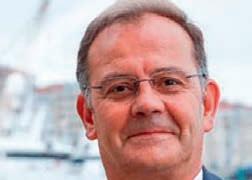
Felix Ratheb said: “We operate in Africa, so we always plan for uncertainty! But Covid really tested the resilience of the business… implementing mandatory vaccines was hard. The government had not done it and it was very unpopular. As a leader you have to make the hard choices, for the employees and for the business.”
For Chris Ninnes, as the CEO of a service-based organisation key issues were managing cash flow and communicating the tough calls to colleagues. A specific issue was whether certifying bodies would be able to carry out remote audits under Covid restrictions, which required new ways of thinking. Ninnes said: “The innovation has been a lasting legacy.”
A special event, the Seafood Futures Forum saw a keynote address by Manuel Barange of the United Nations Food and Agricultural Organisation (FAO), a global expert on the impacts of climate change on marine ecosystems, fisheries, and aquaculture.
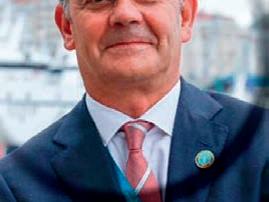
Barange addressed the “Blue Transformation” that will be required to feed a growing world population over the next decades, with problems such as undernourishment having worsened in the last two or three years.
According to the FAO, aquatic food production is projected to go up by 2030, with catch fishing up 6% and aquaculture

If seafood is managed sustainably the livelihoods that rely on it are also sustainable
”
growing by 22%. For consumption of aquatic food per capita it is more of a mixed picture, with the worldwide average expected to be up from 20.2kg to 21.4kg between 2020 and 2030, while the figure for subSaharan Africa is projected to fall to 8.4kg from 8.6kg – because population growth looks set to outstrip supply.
Barange outlined three key objectives for the FAO’s Blue Transformation strategy, with 2020 as a baseline:
• Sustainable aquaculture intensification and expansion satisfies the demand for aquatic foods, growing least 35% by 2030;
• Effective management of all fisheries delivers healthy stocks and secures equitable livelihoods, with 100% of world’s fisheries under effective management; an
• Upgraded value chains ensure the social, economic and environmental viability of aquatic food systems, with improved traceability and loss and waste halved by 2030.
He stressed: “The FAO is focussing on the transfer of production to those who need it most.”


Rupert Howes, CEO of the Marine Stewardship Council (MSC), outlined what the organisation is doing to ensure world fisheries are sustainable, arguing: “If seafood is managed sustainably the livelihoods that rely on it are also sustainable… we cannot solve the climate crisis if we don’t solve the ocean crisis.”
International retail trends in seafood Angels Segura, seafood lead at Spanish industry organisation AECOC introduced findings from an international survey of seafood retail trends in 23 international
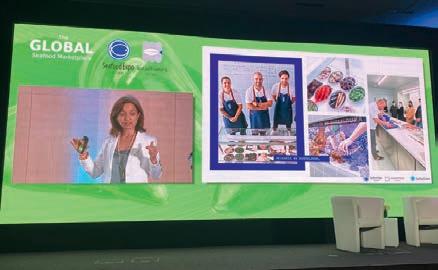



markets, which showed high food inflation is driving consumers to “austerity purchasing” behaviour, with frozen food performing comparatively better than fresh.
The study also confirmed the view that many consumers around the world are wary of seafood for a variety of reasons: for example many do not know how to prepare it, there are fewer dedicated seafood counters in supermarkets and it is perceived as expensive.
More positively, Segura said, the study highlighted innovative examples of producers and retailers from around the world working to change the way the public sees seafood. These ranged from Morrisons’ “British fish box” in the UK to Pesca España’s fish awareness campaign and Waterfront Seafood in the US, which includes pictures of the fish next to fillets on display.
She added: “The ‘artists of seafood’, a new generation of chefs and entrepreneurs, are changing the way we think about seafood.”
The discussion on the Digitalisation of Aquaculture brought together Stephen Budgeon Global, Applications Specialist with Mowi; Alf-Gøran Knutsen, Chief Executive of Norwegian salmon farmer Kvarøy; and Kristian Blom, General Manager with aquaculture software business AquaCloud, also based in Norway. The discussion was moderated by Jonathan LaRiviere, CEO of aquaculture data business Scoot Science.
Stephen Budgeon commented: “Environmental data collection has been the hardest part.”










He added that Mowi was collecting up to a million data points per farm, each month.
Kristian Blom said AquaCloud is working with 11 salmon farmers in Norway and now has data covering close to half of the country’s farmed salmon biomass, with shared information helping to build a big picture.
Alf-Gøran Knutsen stressed that, for Kvarøy: “Fish welfare is the most important issue… if the industry does not change, our ‘licence to operate’ will be the biggest problem, in future.”
Stephen Budgeon believed the industry was changing, however: “Fifteen or 20 years ago, the farmers did not want to collect data; now they want data reporting and analysis.”












The roundtable discussion on aquaculture and marine sources for aquafeed was hosted by the Marine Ingredients Organisation, IFFO. Moderated by IFFO’s Veronique Jamin, the panel included Arni Mathiesen, Chair of the Global Round Table; Dan Lee of the Global Seafood Alliance; Dave Martin of
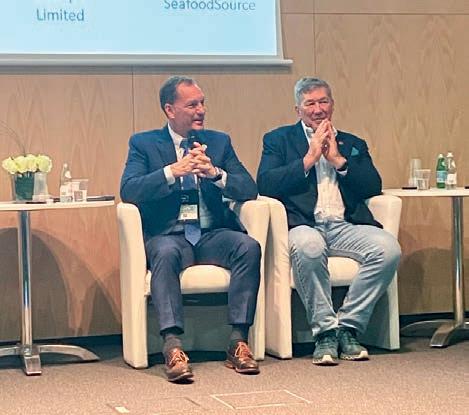
the Sustainable Fisheries Partnership (SFP); and IFFO’s Dr Brett Glencross.


Focusing on the tension in regions such as West Africa between catch fishing for aquafeed and other feed applications, and for the local population, the panel discussed action plans being developed to help ease the pressure on fish stocks.

Arni Mathiesen argued: “In many countries around the world, it is possible for fishmeal production and traditional fishing to go hand in hand.”
The SFP’s Dave Martin commented: “We have encountered a lot of environmental and social challenges, some concerned with the fishmeal market and some more generally to the reality of life in that part of the world.”
Dave Martin and Dan Lee also reported on progress made in India and south-east Asia, and Dr Glencross described moves to arrive at a realistic life cycle analysis to show the carbon footprint of marine ingredients, compared with other sources of animal and aquafeed.
Other sessions in a wide-ranging conference programme included a review of the resilience of the seafood processing industry in Europe; moves to improve traceability of seafood; and how to build the base of consumers in future.
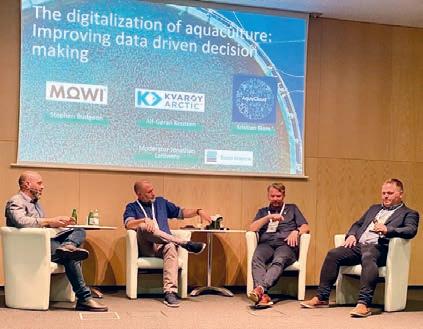

Scottish salmon’s elite designation is set to make a splash in more markets
Industry body Salmon Scotland used Seafood Expo Global to unveil plans for significant growth in sales of the premium “Label Rouge” Scottish salmon.
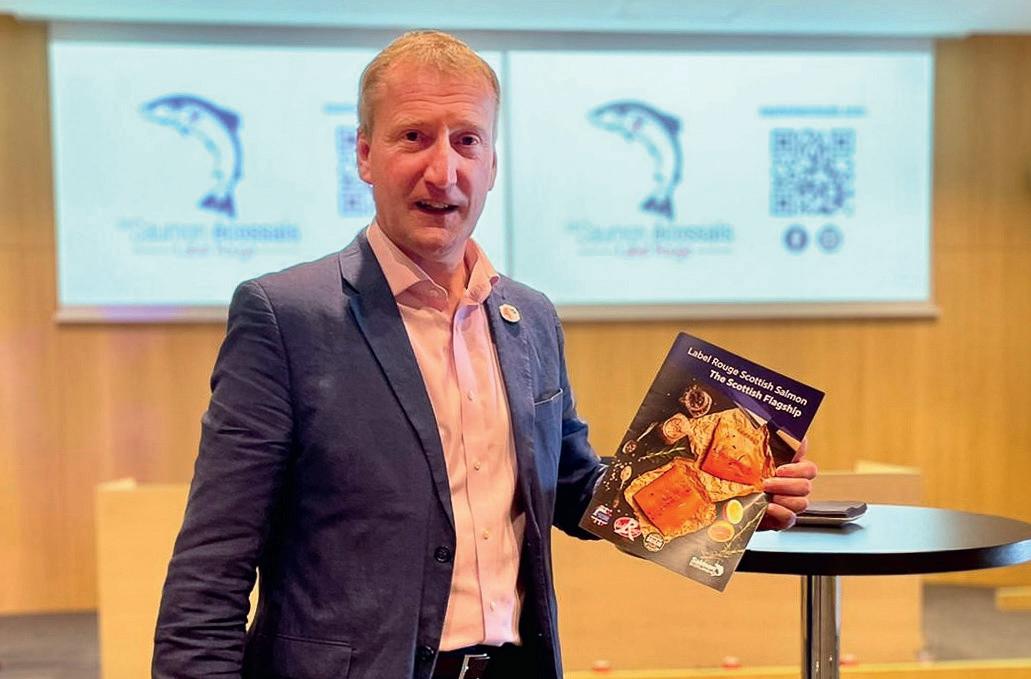
Label Rouge – a French designation reserved only for the best food and drink produce – accounts for 12% of Scottish salmon exports. In Barcelona, Salmon Scotland Chief Executive Tavish Scott announced that the vision is to increase this to 15% by 2026.
Scott said: “Scottish salmon is an extraordinary global success story that we can all be immensely proud of, with farmers in the Highlands and Islands growing the UK’s largest and most valuable food export.
“Label Rouge Scottish salmon is a key foundation of that success, championing the quality and taste of the very best salmon available.
“Over the next three years, we want to increase the share of Label Rouge-certified fish to over 1%, making it the real jewel in our exporting crown.
“Label Rouge is not just a brand for our farmers – its higher value means higher revenues, which support the Scottish economy, fund public services, help rural communities thrive and create jobs.
“We look forward to the next 30 years of growing and supplying the very best, tastiest salmon.”

The Label Rouge designation sets a standard for quality, including the fish’s taste, texture and provenance, and the diet the fish are reared on.
While France has long been the main destination for Label Rouge Scottish salmon, the new approach aims to tap into countries such as Germany, Spain and Italy where the quality mark is increasingly being recognised.
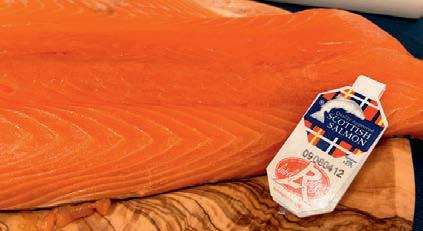
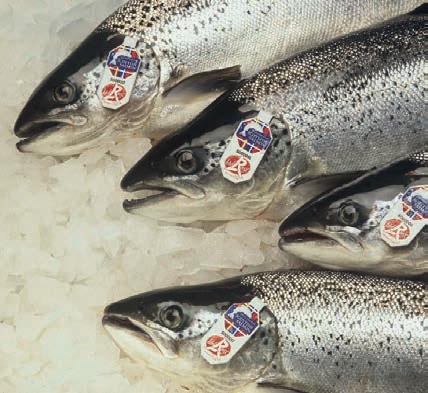
Su Cox, Chair of Scottish Quality Salmon, which sets the quality and promotes Label Rouge Scottish Salmon, explained: “Through engagement campaigns, we have developed this standard into an internationally recognised quality brand.
“This includes campaigns with leading chefs, our Salmon Clan with top ‘Poissonerie’ (fish shops), recipes and chef guides.
“Interest and appreciation for the quality associated with our salmon has grown significantly across European markets such as Germany, Spain and Italy, as well as across Asia and North America.
“We believe we can now extend our Label Rouge exports to reach new highs
over the coming years.
The growth plan has been welcomed by both the Scottish and UK governments.
Mairi Gougeon, Scottish Cabinet Secretary for Rural Affairs, Land Reform and Islands, said: “Scottish salmon is rightly internationally renowned and over the last 30 years Label Rouge salmon has established itself as a world-leading example of premium-quality Scottish produce.
“We are committed to encouraging investment in research, development and innovation in Scotland’s aquaculture sector and we will continue to work closely with the Scottish salmon industry to further improve export opportunities and see more consumers enjoying Label Rouge salmon as a result.”
UK government Minister for Scotland John Lamont added: “Scottish seafood has a fantastic reputation at home and abroad, and Label Rouge has established itself as a byword for top-quality salmon.
“Its expansion into new markets is further good news for the Scottish aquaculture sector and of huge importance for many of our coastal communities who rely on the jobs salmon supports.
“Salmon exports are already a great British success story and spreading the word will, I am confident, bring further expansion.”



The show at Barcelona was also chosen for the announcement that the town of St Andrews has been selected as the venue for a major international seafood summit to be held next year in Scotland on 21–24 October.
The Fairmont Hotel in St Andrews will host the Responsible Seafood Summit, which will see industry leaders from across the globe come together for the flagship event of the Global Seafood Alliance. The annual event, formerly known as the GOAL, has been renamed and the first summit under the new name is due to take place in New Brunswick, Canada, this October.
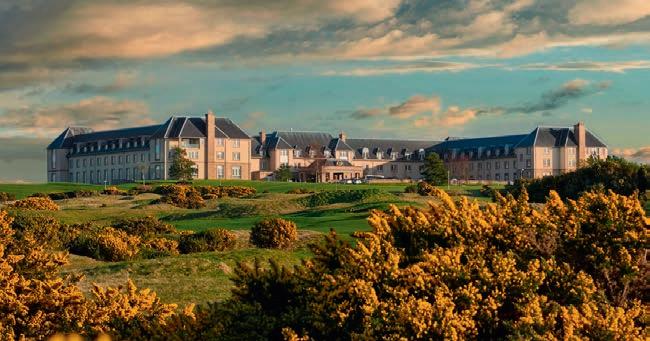
Scotland was named as the host nation of the 2024 summit at the Seafood Expo Global (SEG) in Barcelona last year and the announcement of St Andrews as the event venue was made last week, at this year’s SEG.
It will be the first time that the summit, which is expected to attract more than 400 delegates, has been held in Scotland. The event will be co-hosted by the Global Seafood Alliance and Seafood Scotland.

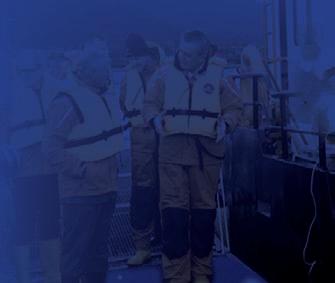
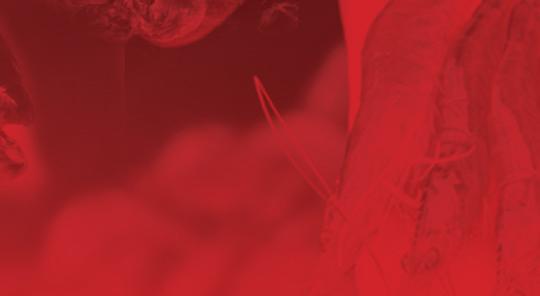
Donna Fordyce, Chief Executive of Seafood Scotland, said that St Andrews had been chosen because of its unrivalled facilities for visitors – as one of Scotland’s leading golf venues, it has long attracted people from around the world – and also because of its association with Scotland’s coastal fishing communities.
She added: “Scotland is one of the world’s most trusted seafood producing countries, thanks to our investment in quality, innovation and sustainability. We produce over 60 species of seafood and export to over 120 countries globally. Our industry spans world-class fish


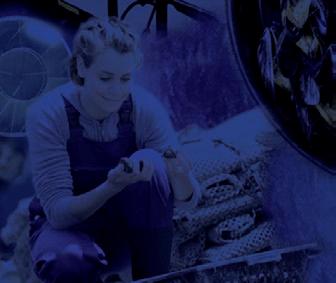


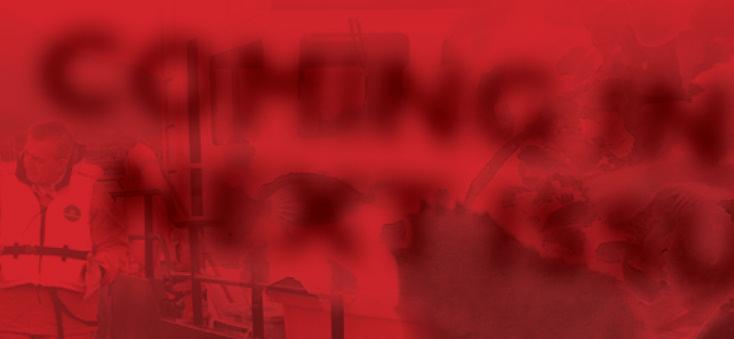


markets and expert processors to stunning sea loch farms and handdived shellfish. We will be ensuring our guests have an opportunity to experience the unrivalled seafood, latest innovations and sustainable best practice we can offer from Scotland.”
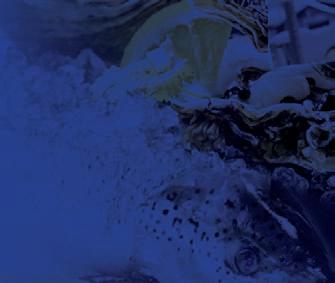
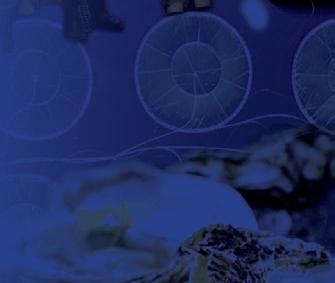

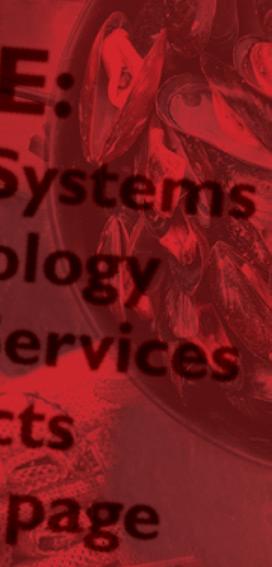
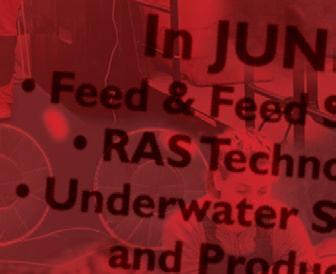


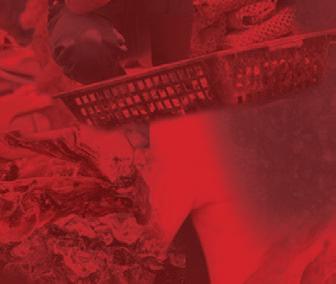



Scotland’s Cabinet secretary for Rural Affairs, Land Reform and Islands, Mairi Gougeon, said: “The Responsible Seafood Summit is the largest international seafood business conference of its kind, and I am proud that Scotland will be hosting attendees from across the sector in St Andrews next year. The summit provides a platform for the world’s seafood thought leaders to share knowledge and to participate in developing a healthy, responsible, global seafood community.”
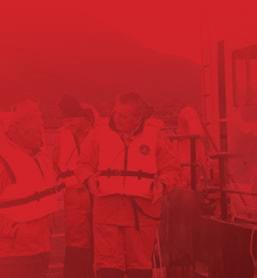 Above: The Fairmont hotel
Above: The Fairmont hotel
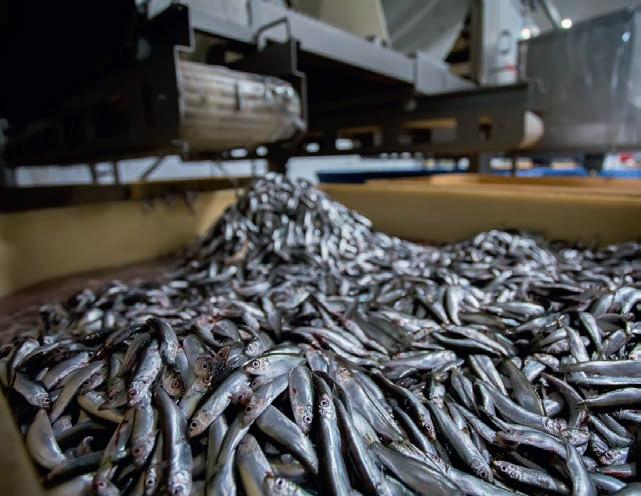
Anything up to 35% of wild fish caught around the world, by weight, is wasted. By-products such as fish heads, viscera, blood and skin are often simply discarded or at best used for fertiliser. Much of this is raw material that can be used to extract fishmeal and fish oil for aquafeed or to feed livestock. In fact, around 30% of global fishmeal production, and 51% of fish oil, already comes from by-products. But the industry could do a lot more. A report for the fishmeal producers’ body, IFFO, back in 2016 suggested that, globally, as much as 12 million tonnes of useable by-product at processing plants goes uncollected.
A Norwegian salmon producer was expanding its RAS (recirculating aquaculture system) facility but was concerned about new stricter effluent discharge limits and what to do with the farm’s increasing amount of sludge. Alumichem worked closely with the fish farmer and its RAS supplier to customise a solution that would effectively dewater and dry the sludge to 90% solids and clean the water effluent. This solution brought the RAS ecosystem back to the highest level of clean water and ensured the sludge was being reused in a “circular economy” process. Read more at alumichem.com/applications/aquaculturesludge-treatment/
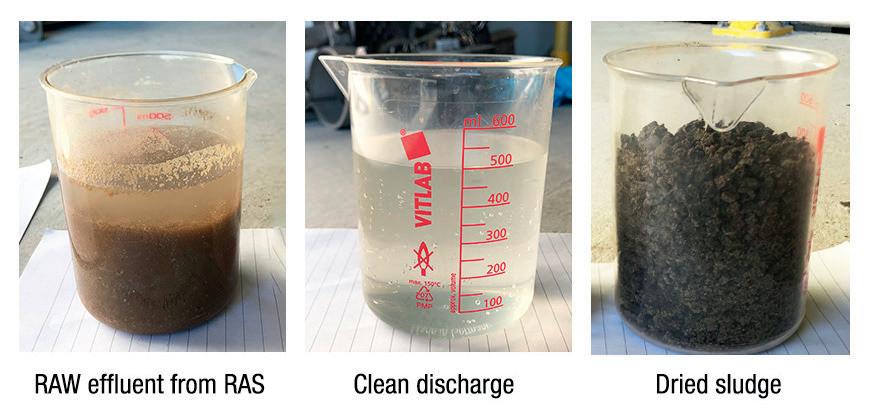
Hydrotech, a part of Veolia Water Technologies, has increased its competency and knowledge base in species and industry sectors beyond Atlantic salmon. Following the appointment of Wil Conn (pictured) to the role of Aquaculture Sales Manager, Hydrotech is targeting business development within warm water species. Conn, with a 25 year background in tropical aquaculture; as a farmer, farm builder and feed industry professional, will be a key driver of this business goal. Conn states: “We are looking at ways we can bring Hydrotech’s pedigree, human capital and innovation mindset to a broader aquaculture audience. It is an exciting time to be exploring opportunities and identifying how we can deliver success within this sector.”
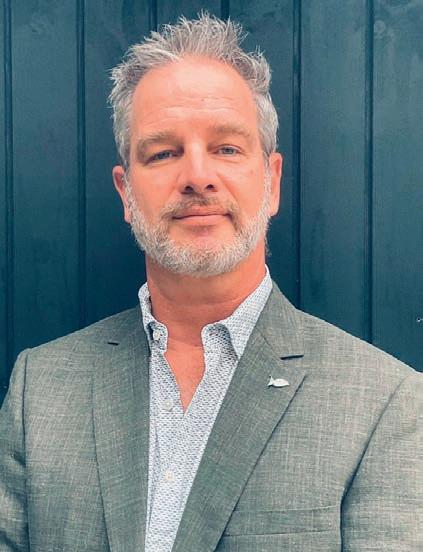
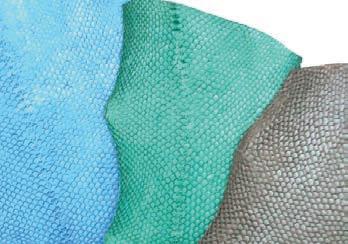
Salmon skin bracelet? Tilapia skins treating burns victims? Collagen lemonade? Cod eye corneas? This month, we look at reusing fish waste. The circular economy aims to redefine growth, focusing on using resources for as long as possible, to extract maximum value and reduce waste.
“A circular economy for food, including fishery and aquaculture products, mimics natural systems of regeneration so that waste does not exist and is instead feedstock for another cycle,” explains the UN’s Food and Agriculture Organisation.

“Markets for fish byproduct and fish waste are increasingly becoming larger as the desire for these products grows, and as new technology emerges to better utilise fish waste and byproducts. This demand not only helps to reduce the waste, but creates jobs as the markets expand.”
“The idea is to replace the current linear economy of ‘take, make, consume, dispose’, and replace with a circular model based on the 4Rs strategy of ‘reduce, reuse, recycle, recover’,” adds the World Aquaculture Society.


“The concept of a circular economy might be a case of “everything old is new again”.
Put simply, a circular economy is one where “waste” becomes a useful resource. In aquaculture, particularly at the farm or landscape level, there are numerous examples of circularity.”
One exemplar is the 100% Fish Project at the Iceland Ocean Cluster, which aims to inspire the seafood industry and seafood communities to utilise more of each fish, increase the value of each fish landed, support new business opportunities, increase employment and decrease waste.
30-fold, the export value per cod kilogram has risen by a factor of four and the array of marine products has multiplied. Today, Icelandic cod producers typically make use of up to 80% of their raw material.
There is a long tradition of fish tanning in seafood communities. Icelanders have pioneered an industrial-scale production of leathermaking from fish. Fish leather is thin, extremely strong for its size, and is highly sought after by designers for its unique textures and finishes.
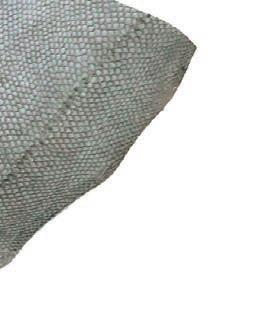
AlaSkins turns wild Alaskan fish skins from salmon, halibut and cod into crunchy and healthy dog treats. Skinnfiskur is a company that specialises in minced fish, e.g. skins, frames, heads and viscera for the fur and pet food industries. The company also offers fish skin for gelatin production.
Feed the Viking produces what the company calls fish jerky, a dried fish snack. Bifröst Foods has developed a snack called “fish and chips”. It is, basically, dried fish in very thin slices, very much in line with chips, then it is blended in with potato chips and sold in bags as fish and chips.
Sandy Neil“Swiss Lachs” Atlantic salmon in “one of the world’s most sustainable fish farms” at its recirculating aquaculture system (RAS) facility in Lostallo. This year, it started a collaboration with Cedric Michiels, the founder of Pisces Leather, whose bracelets and card holders, made from salmon skin, will go on sale later this year.
“Salmon leather is crossfibre leather making it very resistant [and] it is also very thin,” Michiels says. “It is great for manipulating, and designing and integrating into products.”


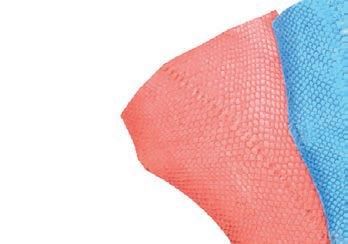
Fish blood may also be a valuable product in the future. Technology for the utilisation of blood from

feed ingredients is being developed.
The company’s slaughter waste is sold to AktivDog, which produces salmon oil, and to Biogas Ticino to produce biogas. Frozen salmon heads are also sold to pet shops. Fish blood may also be a valuable product in the future. Technology for the utilisation of blood from warm-blooded animals as food and feed ingredients is being developed. Fish blood is separated into red haemoglobin and a colourless plasma, and sold separately to various food applications. The plasma in fish blood may be used in the food industry as water binders and as a gelatin ingredient
Technological advances
yield increase by as much as 20% over the



Technological advances in commercial fisheries have brought considerable improvements in product yield. For instance, Icelandic producers of cod fillets have seen their fillet product yield increase by as much as 20% over the past two decades. However, the fillet only makes up 35–45% of the cod’s weight. The remainder is head, bones, skin and intestines. Nonetheless, due to strict fisheries management regulations, Icelandic fisheries have been forced to innovate and invent profitable ways to exploit these byproducts. Since the 1990s, the utilisation of fishery byproducts has increased

This demand
not only helps to reduce the waste, but creates jobs
in the food. Haemoglobin meal may be used as iron enrichment in foods such as bread, blood sausages, black pudding etc.
There are high levels of vitamins and fatty compounds found in the eyes of cod. In Japan, fish oil is being produced out of the eyes of white fish. In New Zealand, the University of Auckland is examining whether fish eye protein can be used to repair the cornea of the human eye.
A wide range of products can be produced from bones and shells, such as gelatin, collagen, biofuel, packaging materials and chitin, commonly used as a preservative for its antimicrobial properties.
Chitin and chitosan from shrimp shell waste can be extracted and used as a thickener in food processing, as biodegradable plastic and in pharmaceuticals.
Icelandic companies have been developing creams and cosmetics from the enzymes and omega-3 oil that come from seafood.
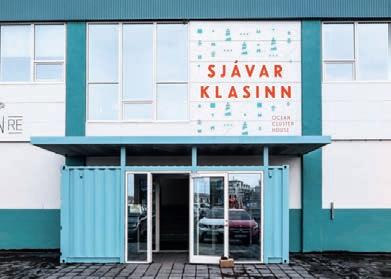
Benecta develops methods for using amino sugars in treatment of inflammatory and degenerative conditions in bone, cartilage and other tissue. The amino sugars are derived from shrimp shells. Codland and Steðji brewery started a collaboration in 2016 to manufacture a collagen health drink called Alda Iceland. It is a 100% natural and sugar-free marine collagen lemonade.
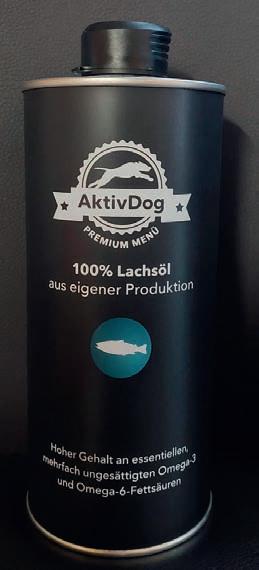
Kerecis has developed “Omega3 fish-skin acellular dermal matrix transplantation technology”, where fish skin is used for tissue regeneration by transplantation. Other tissue-transplant products are based on tissues of human and porcine origin. Tilapia skins are used to make leather products and to treat burn victims.
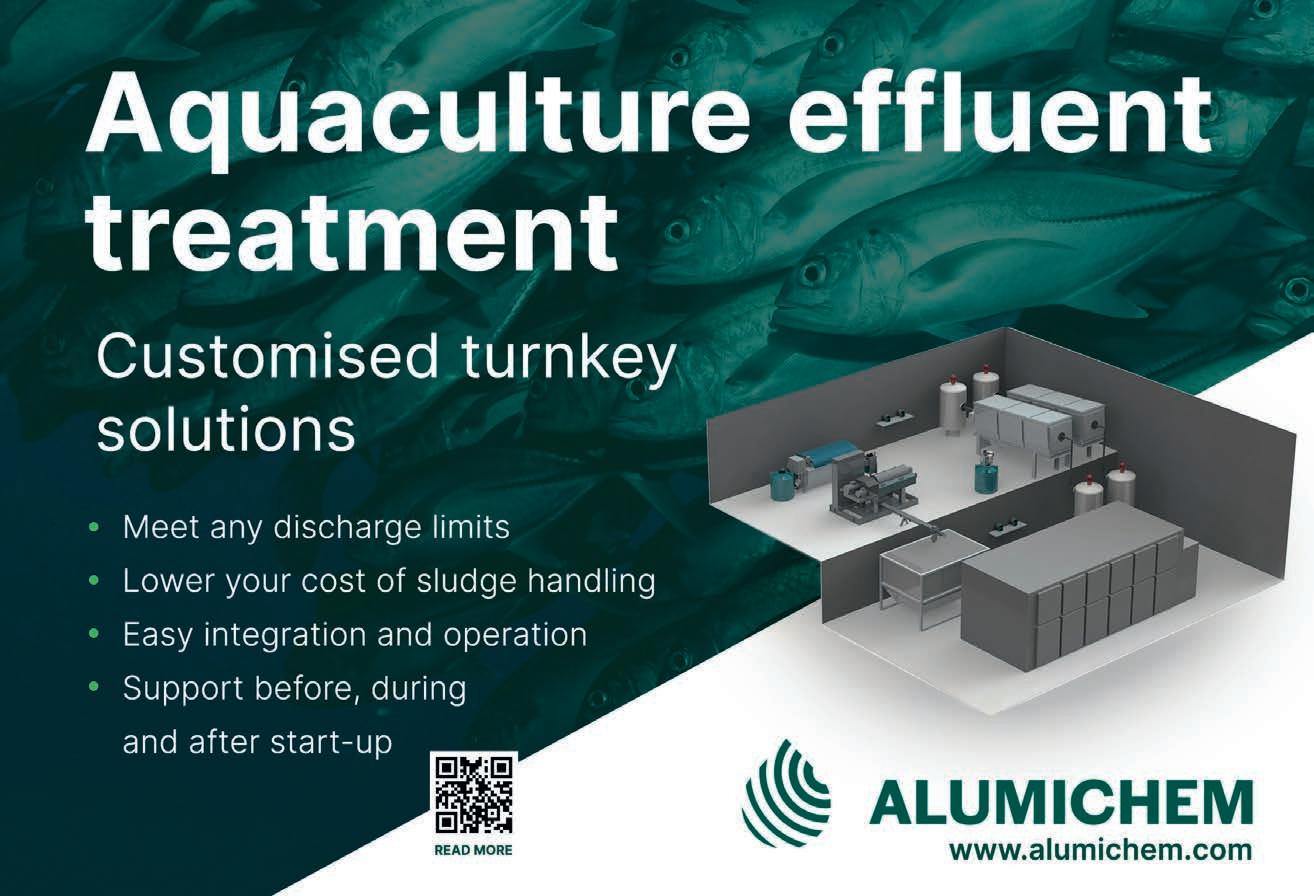



Anaerobic digestion is the process of breaking down organic material in the absence of oxygen, which produces biogas and solid
residual. Biogas, which consists of methane and carbon dioxide, can be used as a source of energy. The solid residual can be applied on the land or composted and used as a soil amendment.
In the Faroes, salmon farmer Bakkafrost invested in the islands’ first biogas plant, called FÖRKA, meaning “to move” or “to change” in Faroese, which started production in 2020. It will annually transform 100,000 tonnes of biodegradable waste from salmon and dairy farms into sustainable electricity for 1,900 homes, and heating for an extra 400.
Innards, frames and trimmings can be transformed into plant feed as compost and fertiliser. Fish sludge can be used to culture black soldier fly larvae, a protein ingredient in aquafeeds. For every tonne of organic waste, about 50kg of insect protein and 200kg of compost can be recovered.
The GAIN project, funded by the EU Horizon 2020 Fund, summed up: “Circular economy principles reduce waste, increase efficiency and support more sustainable systems. By reducing waste, the value extracted from the natural resources is increased. In other words, we get more, using less. This is particularly important as we aim to feed an ever-growing population.”
Previous page: Piscis leather in various colours Above left: Ak�vDog Above right: The Icelandic Ocean Cluster

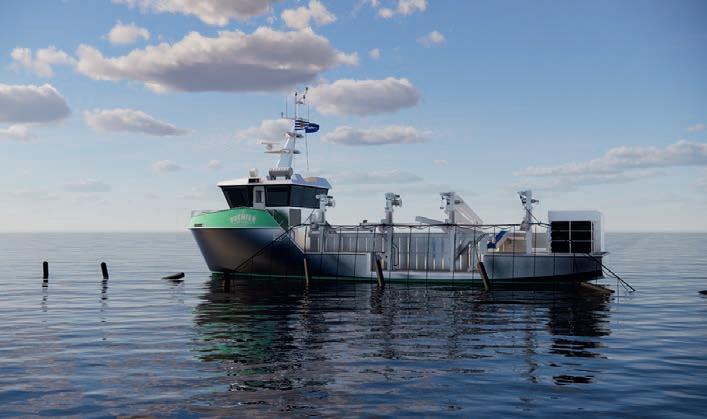
DAMEN Shipyards Group has developed an electric-powered vessel specifically for mussel farmers. Damen has drawn on its experience of producing fully electric ferries and the tugboat Sparky. The mussel farming vessel can sail and harvest on an integrated battery pack. The company, which operates 35 shipyards and 20 other companies in 20 countries, says aquaculture, in particular mussel farming and seaweed culture, offers opportunities. Damen adds: “The road to zero impact, zero emission and zero pollution starts today... Damen is in the starting blocks, the concept design is ready – and now we are looking for a partner to participate in this venture.”

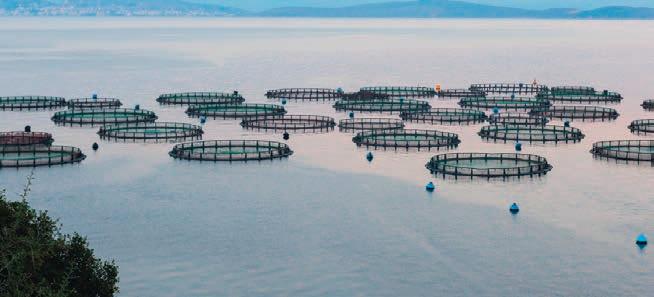
CUMMINS, one of the world’s most trusted power brands, with a long and proud tradition in the international marine sector, is entering the UK fish farming market with a range of tailored products and services designed to increase efficiency and cut operating costs. The company says: “Whether your need is a replacement engine, overhaul or straightforward maintenance, repairs or genuine parts, the legendary quality and reliability of Cummins is now available to fish farming businesses throughout Scotland.”
Cummins can also supply own-brand replacement generators for when customers need power in the remotest of locations.
For all Cummins Marine, Generator, or Pump application queries, contact Cummins’ Scotland branch on 01236 505800.
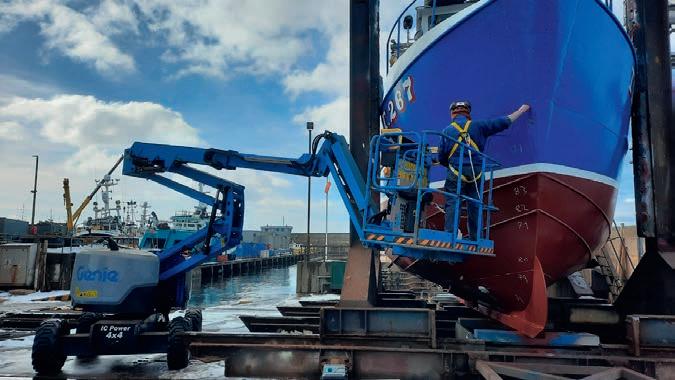
OVER the past year Macduff Ship Design has been expanding its Vessel Survey services, with two employees gaining SNT Level II in Ultrasonic Thickness Hull Gauging in April 2022. This has enabled the company to offer UT Gauging either as a standalone survey or to supplement a statutory survey. In January 2023 Macduff Ship Design broadened its relationship with aquaculture company Scottish Sea Farms (SSF), when its SCMS accredited examiner undertook mid-term surveys on two of the SSF vessels. Macduff Ship Design’s growing survey capability further complements its well-established design business, with several aquaculture vessels on order and in build in 2023.







FIAP has announced another innovation, in the form of the FIAP profifeed SolarFeeder. The multipurpose profifeed SolarFeeder is designed to impress with its user-friendly design, numerous functions and a perfect price-performance ratio.
The profifeed SolarFeeder is a digitally controlled fish feeder with up to seven adjustable feeding times per day and an ejection radius of up to 2m. The spreading range of the profifeed SolarFeeder can be determined by regulating the motor speed. The feeding time of 1-59 seconds can be used to dose the amount of food (pellet sizes from 1 to 10 mm) of the profifeed SolarFeeder. The SolarFeeder is supplied complete as a kit with assembly instructions, a 6V battery and a solar panel. The profifeed SolarFeeder from FIAP is available in five sizes, from 3 kg to 60 kg capacity. www.fiap.com

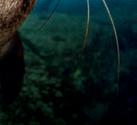

Our new generation, award-winning acoustic deterrents Comply with both Marine Scotland EPS and U.S. MMPA requirements





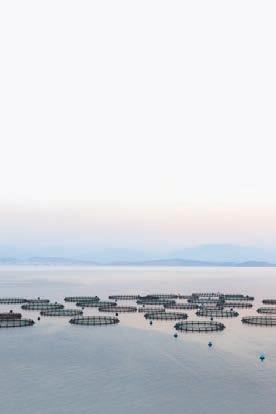

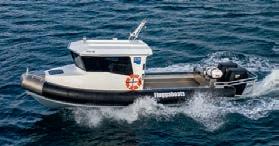
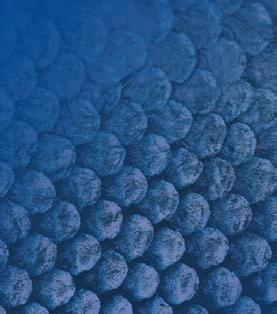
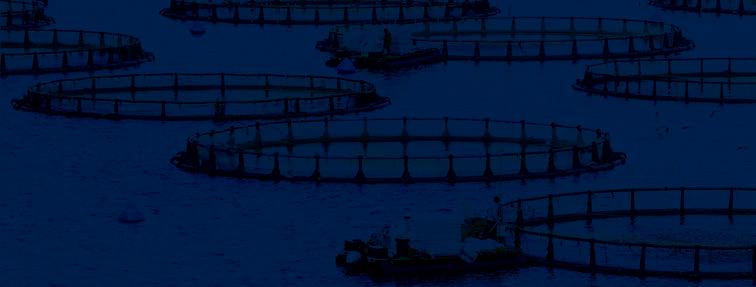

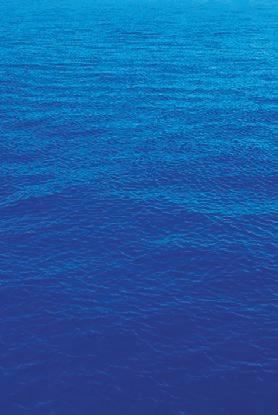
• Create conditioned avoidance so we can put far less acoustic output into the water than older barrier systems
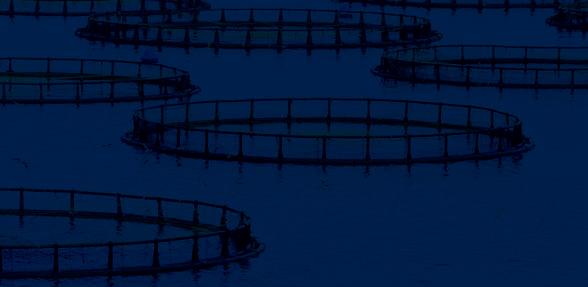
Have low duty cycles, low average volume and low frequency to help deter seals, while better safeguarding cetaceans

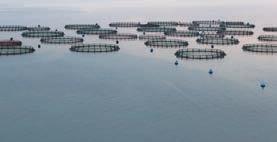

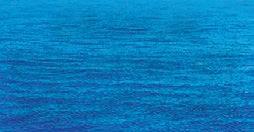


cetaceans
Your first choice for animal welfare.
Your first choice for animal welfare.
Get in touch to set up
Get in touch to set up a trial: acedeterrents@aceaquatec.com










impex@impexagency.dk



















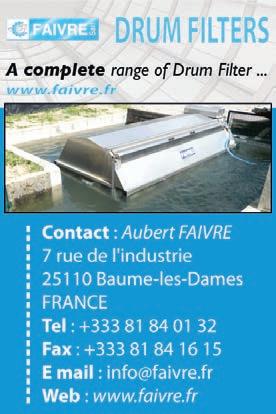





























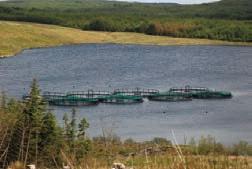

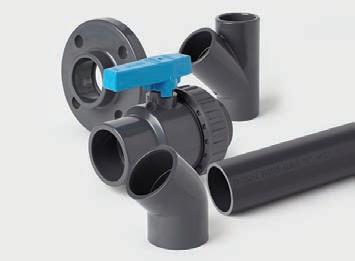
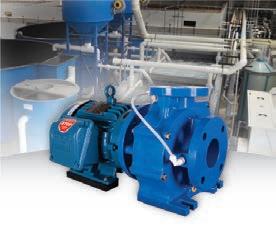
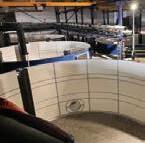

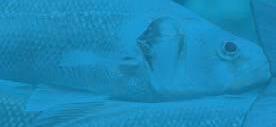
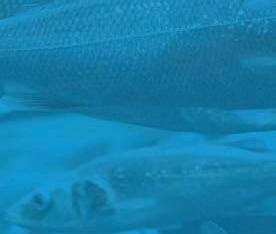
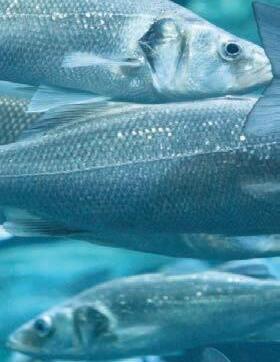
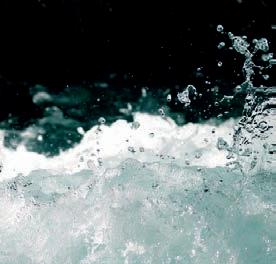











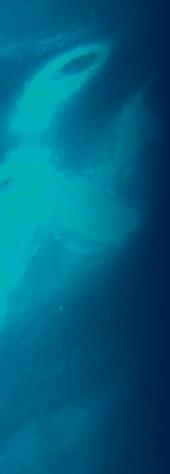

























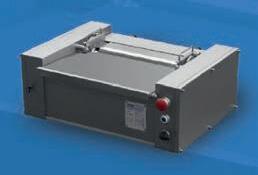






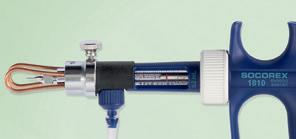












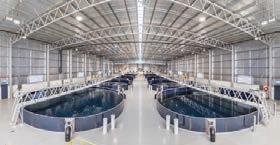


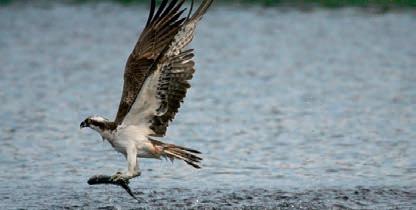
MAY 23
www.bluefoodinnovation.com
London, United Kingdom
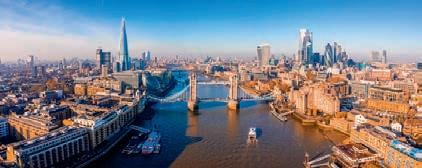
May 23-24, 2023
AUGUST 23
AQUA NOR 2023
www.aquanor.no/en/ Trondheim, Norway
August 22-25, 2023
www.was.org
Darwin, Northern Territories, Australia
May 29-June 1, 2023
SEPTEMBER 23
SEAGRICULTURE USA 2023
seagriculture-usa.com
2nd International Seaweed Conference USA.
Portland, Maine, USA
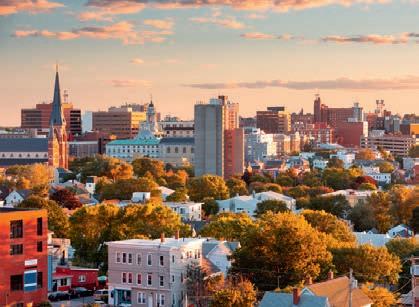
September 6-7, 2023
JUNE 23
THE SAGB’S 53RD ANNUAL CONFERENCE AND DINNER
www.shellfish.org.uk
June 6 - 7, 2023
SEAWORK
www.seawork.com
Seawork is a “one stop shop” providing access to the commercial marine and workboat business.

Southampton, United Kingdom
June 13-15, 2023
www.aquaeas.org
The European Aquaculture Society’s annual conference focuses on “Balanced Diversity in Aquaculture Development”.
Vienna, Austria
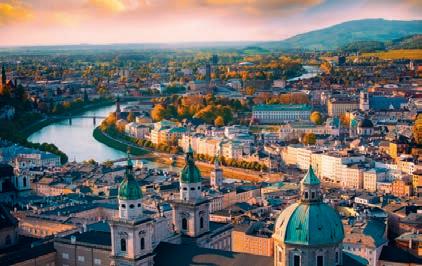
September 18-21, 2023
seagriculture.eu
12th International Seaweed Conference EU organised since 2012.
Trondheim, Norway
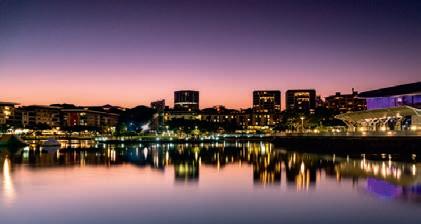
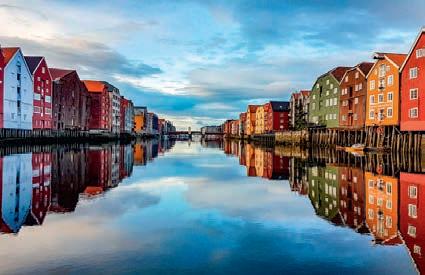
June 21-22, 2023
NOVEMBER 23
AFRAQ 2023
www.was.org/meeting/code/AFRAQ23
Lusaka, Zambia
November 13-16, 2023
FEBRUARY 24
AQUACULTURE AMERICA
www.was.org
San Antonio, Texas, USA
February 18-21, 2024
MAY 24
AQUACULTURE UK 2024
www.aquacultureuk.com
Aviemore will once again be the venue for this biennial trade fair and conference. It is undoubtedly the most important aquaculture exhibition held in the British Isles. The show has a tremendous following and with increased investment for 2024 it promises to reach even further across the broader aquaculture markets in both the UK and Europe.
Aviemore, United Kingdom
May 14-15, 2024
AUGUST 24
AQUA 2024
www.aquaeas.org - www.was.org
Copenhagen, Denmark
August 25-29, 2024
The theme of AQUA 2024 is BLUE FOOD, GREEN SOLUTIONS.
NOVEMBER 24
WORLD AQUACULTURE 2024
Oman
November 2024
MARCH 25
AQUACULTURE 2025
New Orleans, Louisiana USA
March 5-9, 2025
Iremember a guy called Nat, who I used to work with in the early days of salmon farming. He was just out of university and thought he knew everything. This was my first inkling that there must be something wrong with our universities
He told me that all thought was based on previous thought and that there was no such thing as original thought. This has been repeated to me on several occasions since and each time I have marvelled, not only that adult human beings can believe something so utterly silly, but also that it has been taught.
Let me just debunk it. If you believe in evolution, then there was a day when the first coherent thought occurred in a human brain, probably something like: “How do I stop that sabre-toothed tiger eating me?” It is hard to imagine all subsequent thought developing from that.
We are teaching dumb theories whilst not teaching innovation and creativity. Currently we think it is important to learn all of the dogma of past and modern social theory whilst not being taught how to think freely.
At the same time we are developing artificial intelligence (AI) at a frightening rate. AI will be programmed by people who have been taught some of the most ridiculous drivel the human race has ever encountered. What AI might do with it worries me even more.
What we learn is based on what people think now. The important word in that sentence is “now”, but we should also learn about what we used to think, and why. The human race has regularly ridiculed those who challenged the most fundamental of our theories. When the double-helix structure of DNA was discovered, it wasn’t religious extremists who attacked the scientists involved, but a large part of the scientific community. If you think that this doesn’t occur now, look back to when a few scientists suggested – rightly, as it turned out – that the global warming numbers were being “adjusted”. We don’t like our perceived wisdoms to be challenged even now.
Why does this matter to fish farmers? Well, I suppose the most obvious thing is that we need innovative thinkers in our industry. More, we need critical thinking and open, challenging dialogue. I once opened a presentation to a group of environmentalists at Seafood Choices with the words “I shoot seals”!
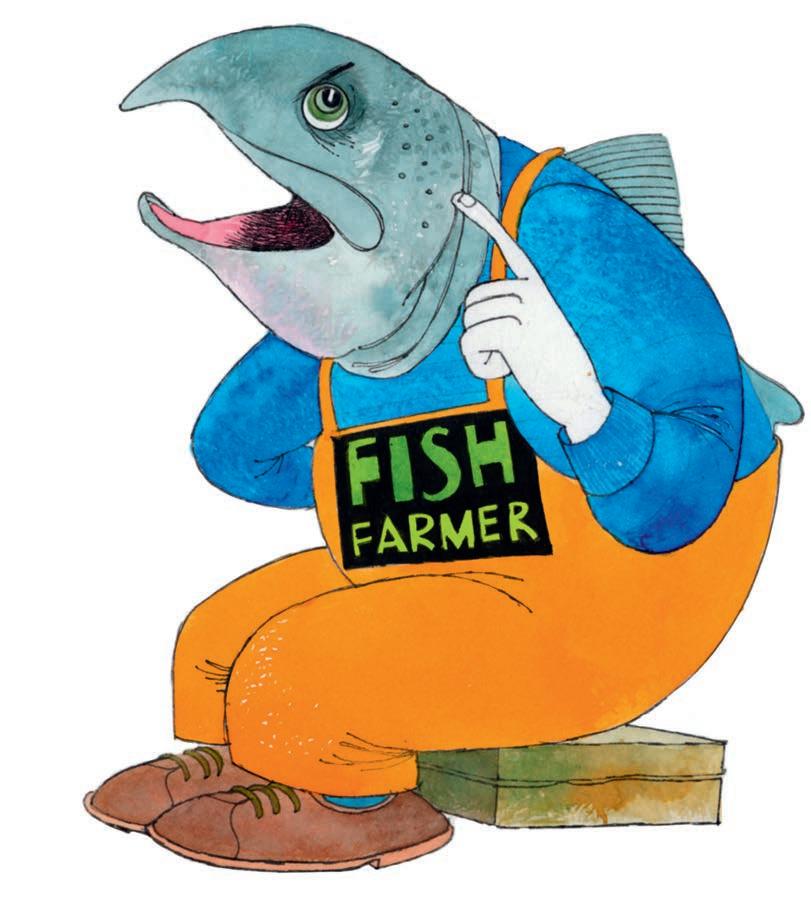
It was not said to try to annoy them, nor because I was proud of it. I wasn’t, and still am not. It was to try to bridge the divide between those who think for a living but do not practice their theories and those who have to live with reality.
Challenging conventional thought and theories is the basis for innovation. In my case it has led me down some very strange pathways. From crystals to lasers, although I had enormous doubts about their efficacy, I tried pretty well anything that had some level of possible benefit.
In our industry, there are people who support us, despite having no financial benefit from the sector, such as Dr Martin Jaffa. He has never ridiculed our opponents, never descended to the personal level. Yet I have regularly seen personal attacks on him from our opponents. I have not always supported him the way I should have over the years. Yet he has been steadfast, analysing data and challenging both activists and government to prove the basis of their theories.
It is to Martin’s credit that he has reached a stage where they will try to sideline him by refusing to discuss matters with him. It seems easy to face down the virtue signallers and those who follow them when you are in the industry, but it is not. So each time you read Martin’s column, remember that people attack him personally because he supports us and he does so because of two reasons.
Firstly, he believes we are innocent of the charges that the wild fish lobby lay at our door. Secondly, and I hope he’ll forgive me for this, because he is a determined, stubborn and gritty fighter who sees the necessity of challenging false theory in a society where fashion often outweighs truth.
So when I attend the SAIC conference in a few weeks, I shall raise a glass to challenging conventional wisdom, wherever it occurs. The challenge, whether right or wrong, whether from bias or deep thought is necessary for great ideas to develop. And just in case you think I have always been on the right side, I was the one who said: “Wrasse? What an utter waste of time! That’ll never work!”
We need critical thinking and open, challenging dialogue
Backed by the UK’s leading supermarkets, regulators, and producers.
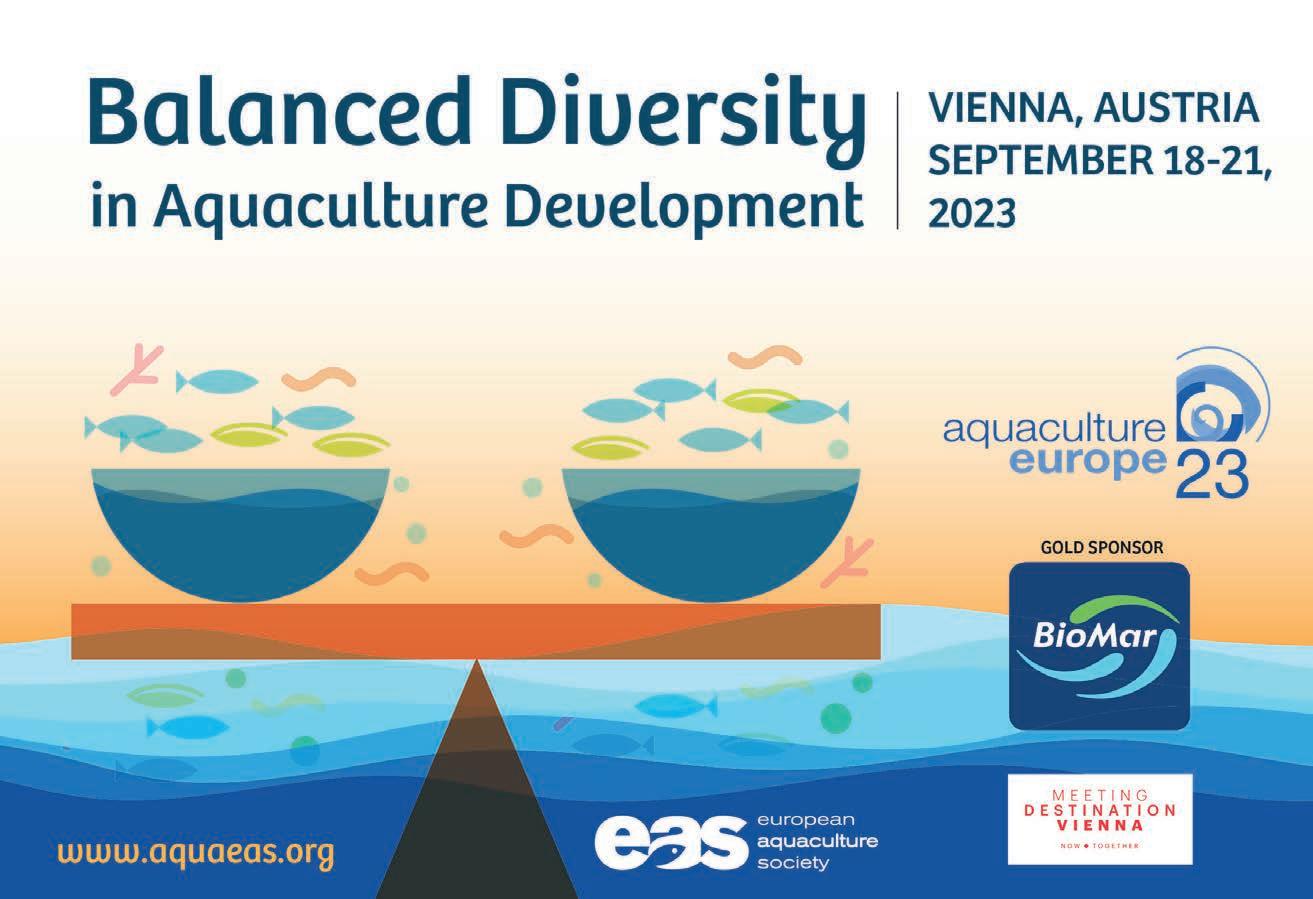
• 100% stun efficacy
• Less stress, gaping, and bruising
• Suitable for salmon, trout, tilapia, seabass, seabream, yellowtail, and prawns
Clynav™ will turn the way you see PD control upside down.

Clynav is like no other PD vaccine - it uses Elanco’s unique DNA plasmid technology and has become the leading choice for PD protection in Norway. Clynav is delivered intra-muscularly without the need for an adjuvant.








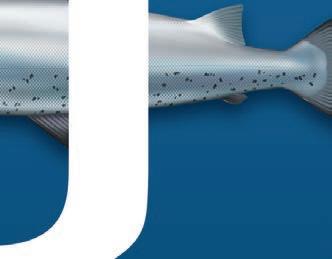
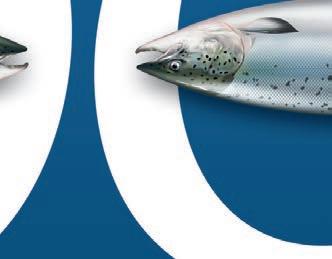

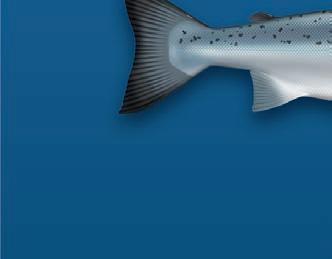










So, with Clynav, you can rest assured of excellent PD protection without the risks associated with conventional vaccines.
Take back control of PD with Clynav. It will change your point of view, for good.


